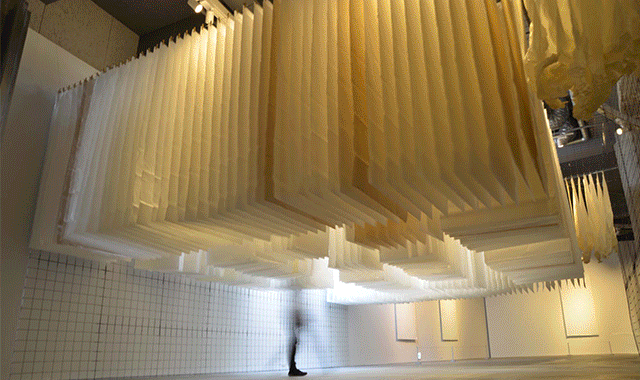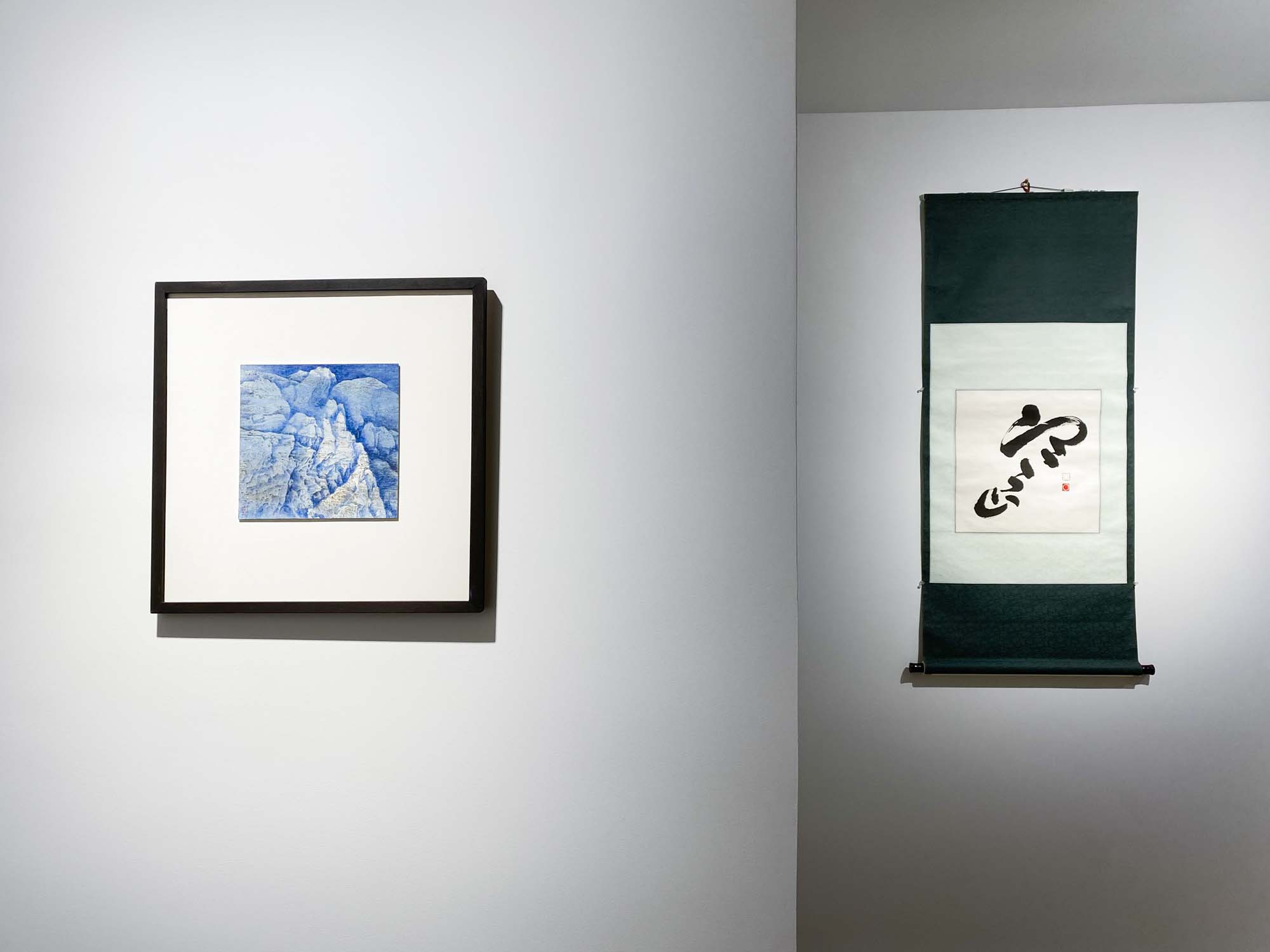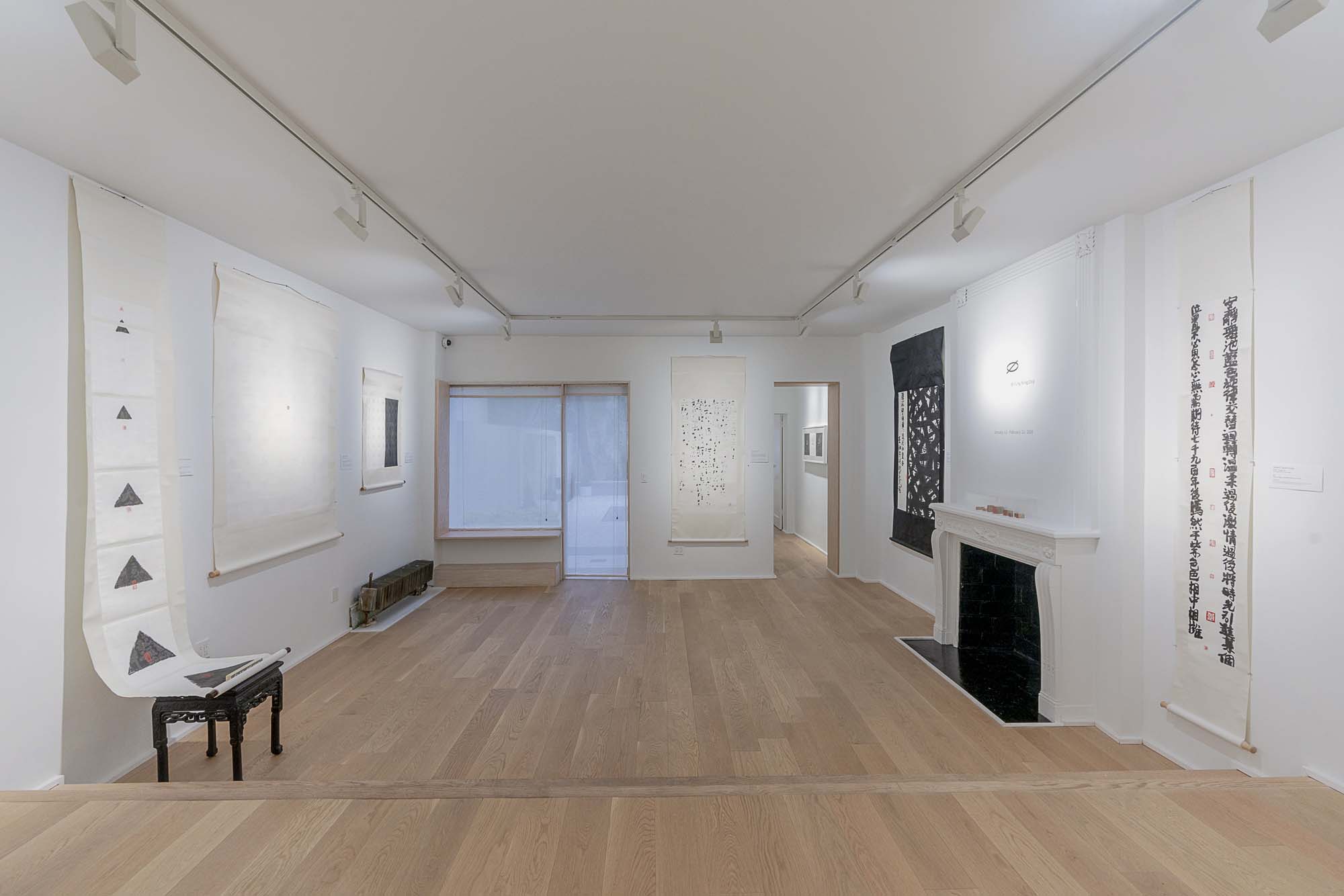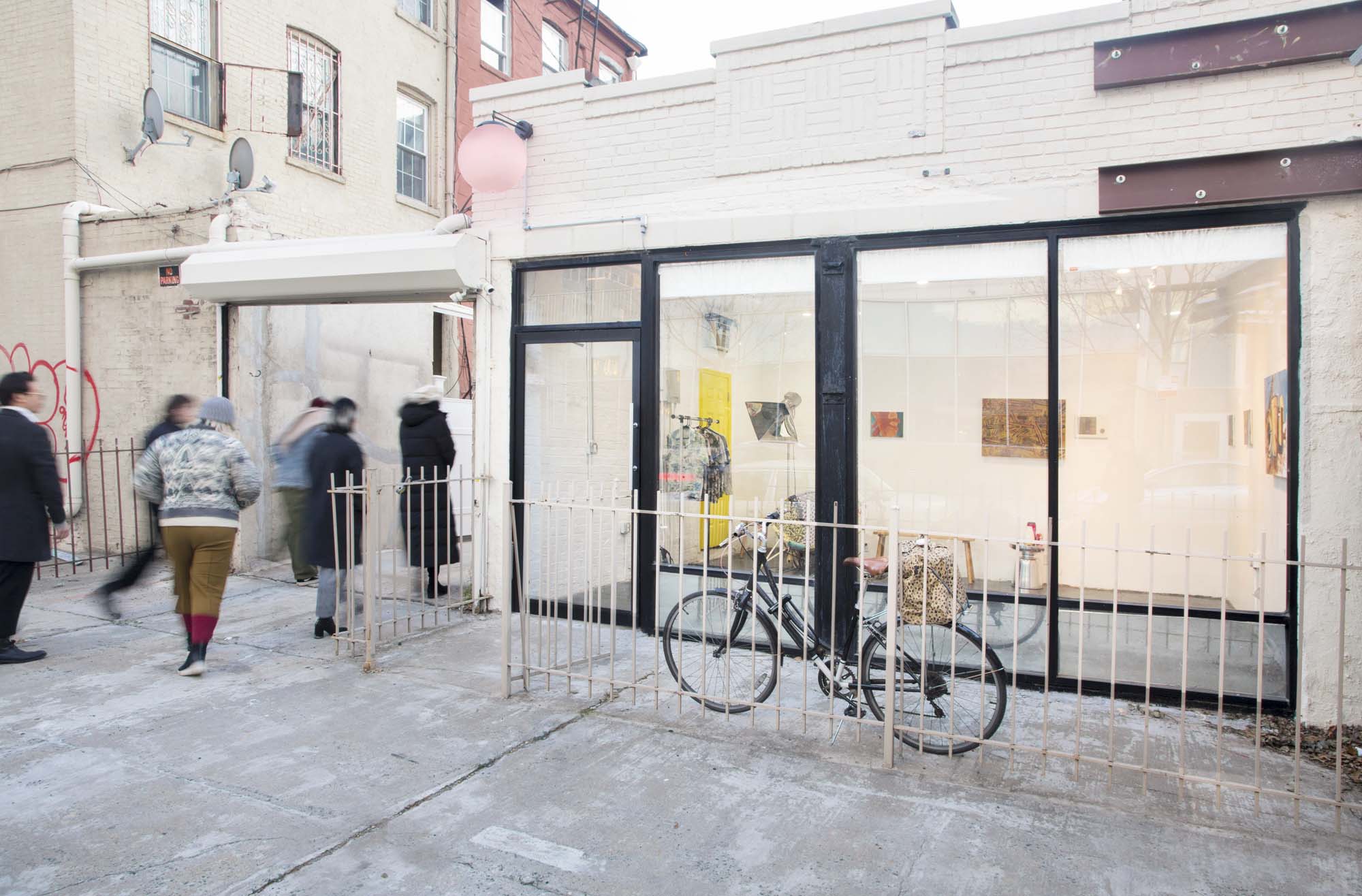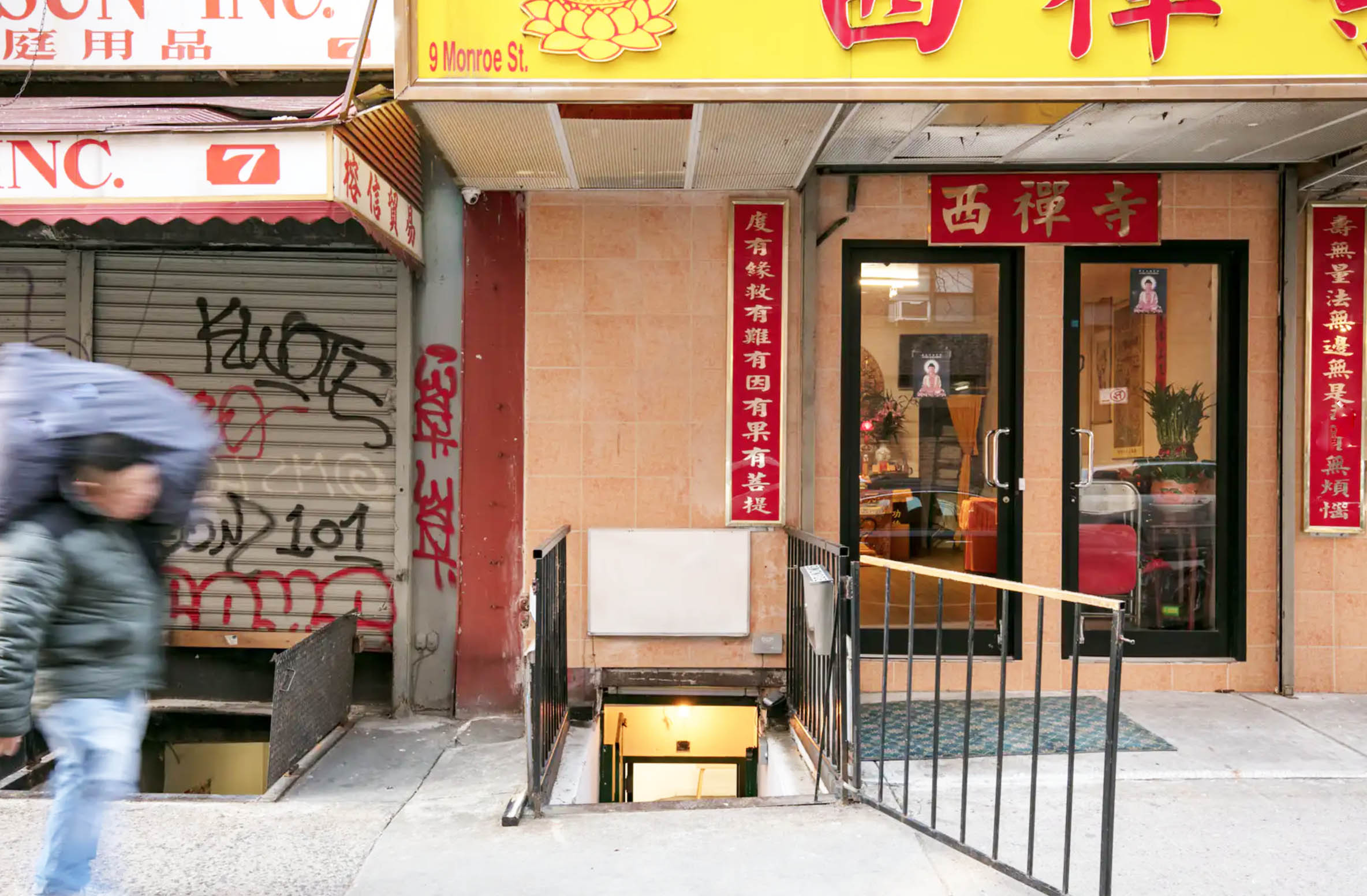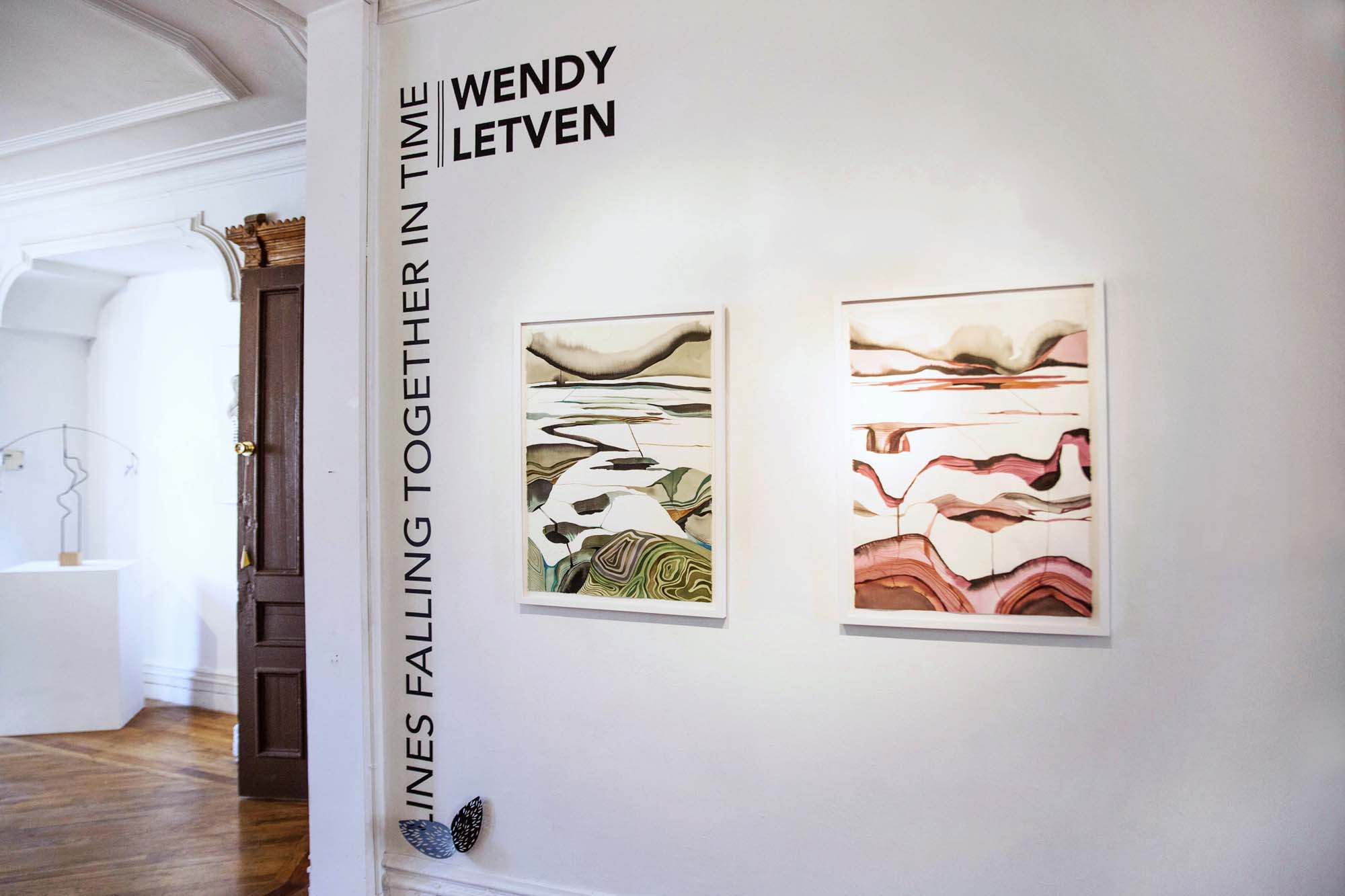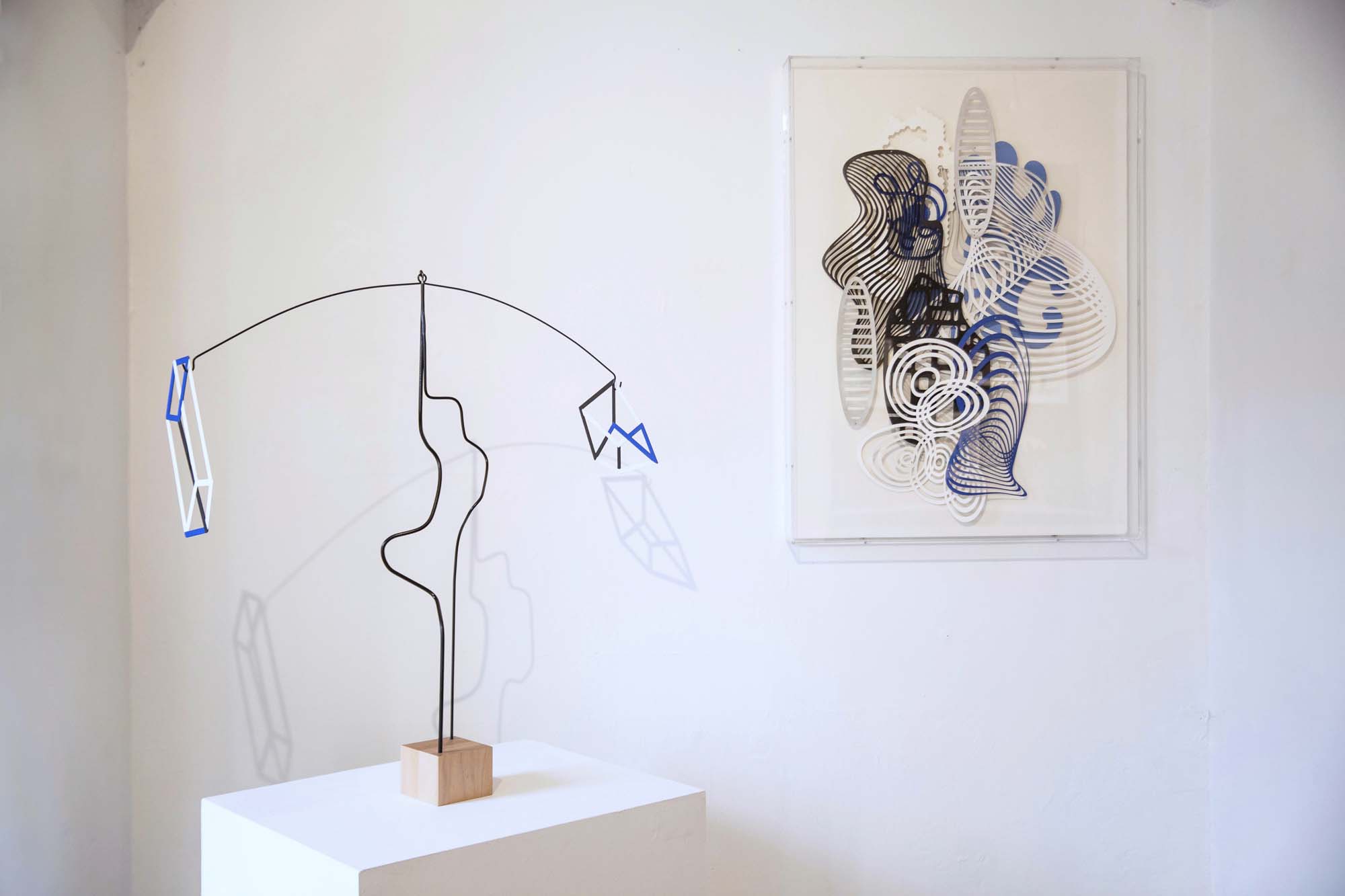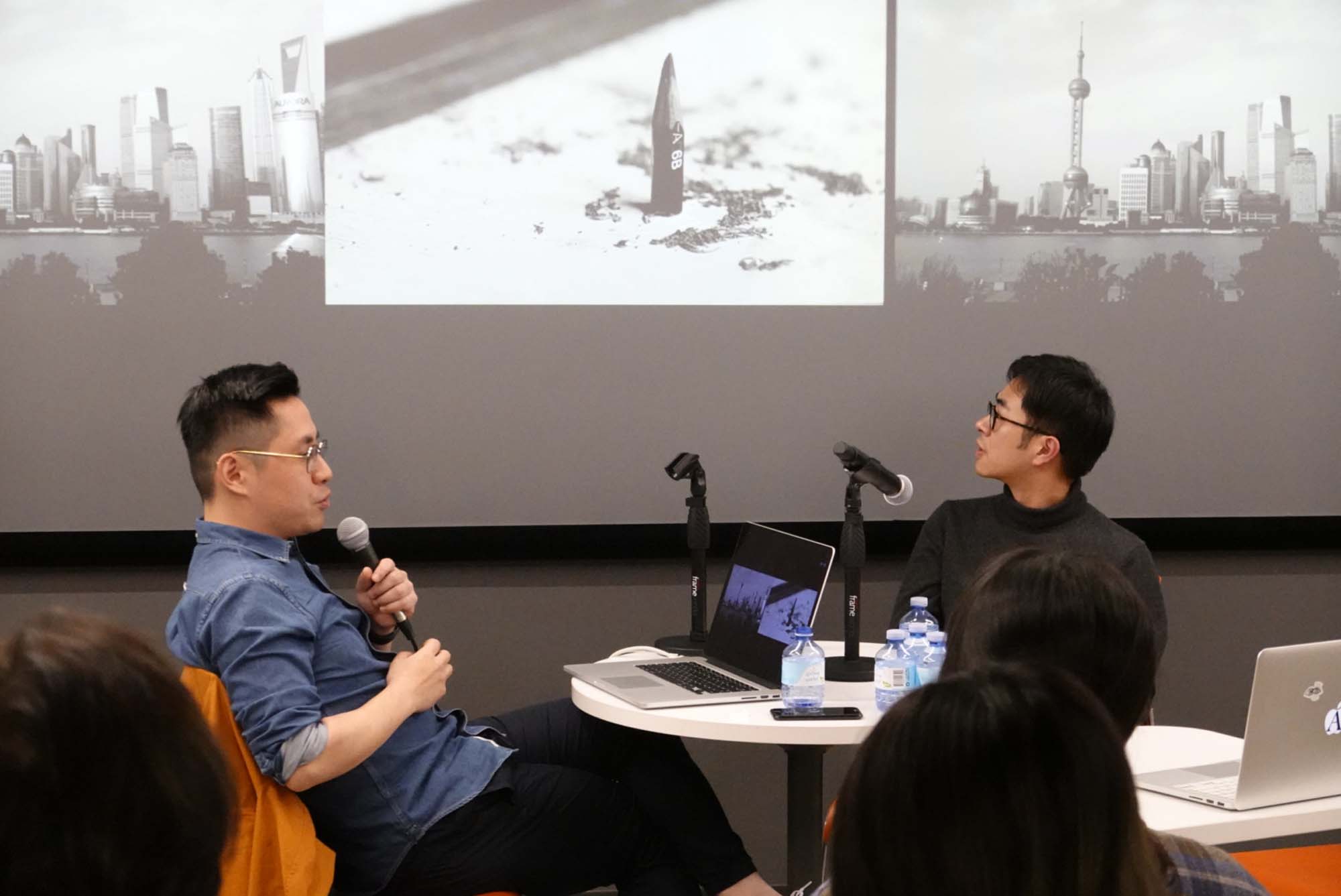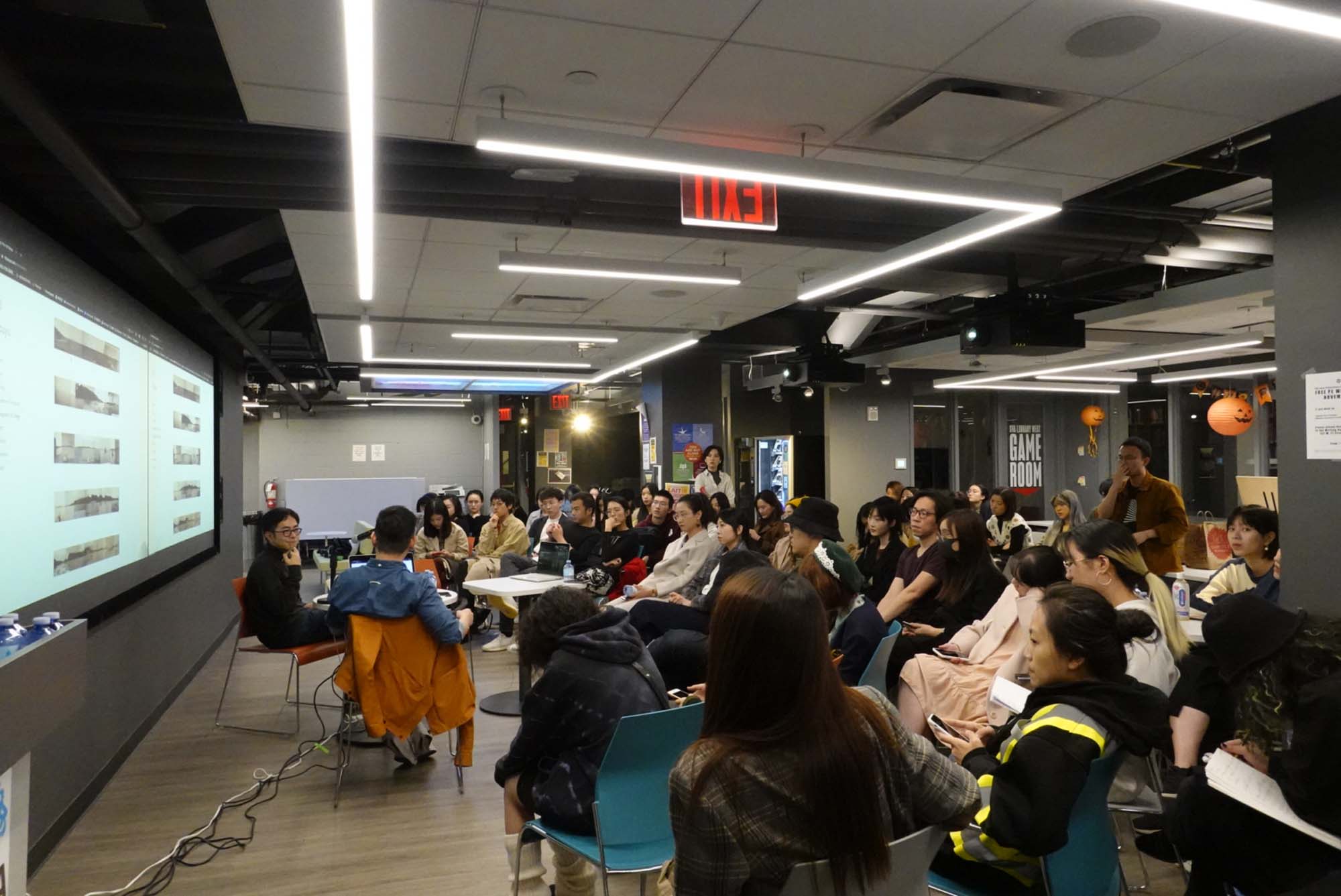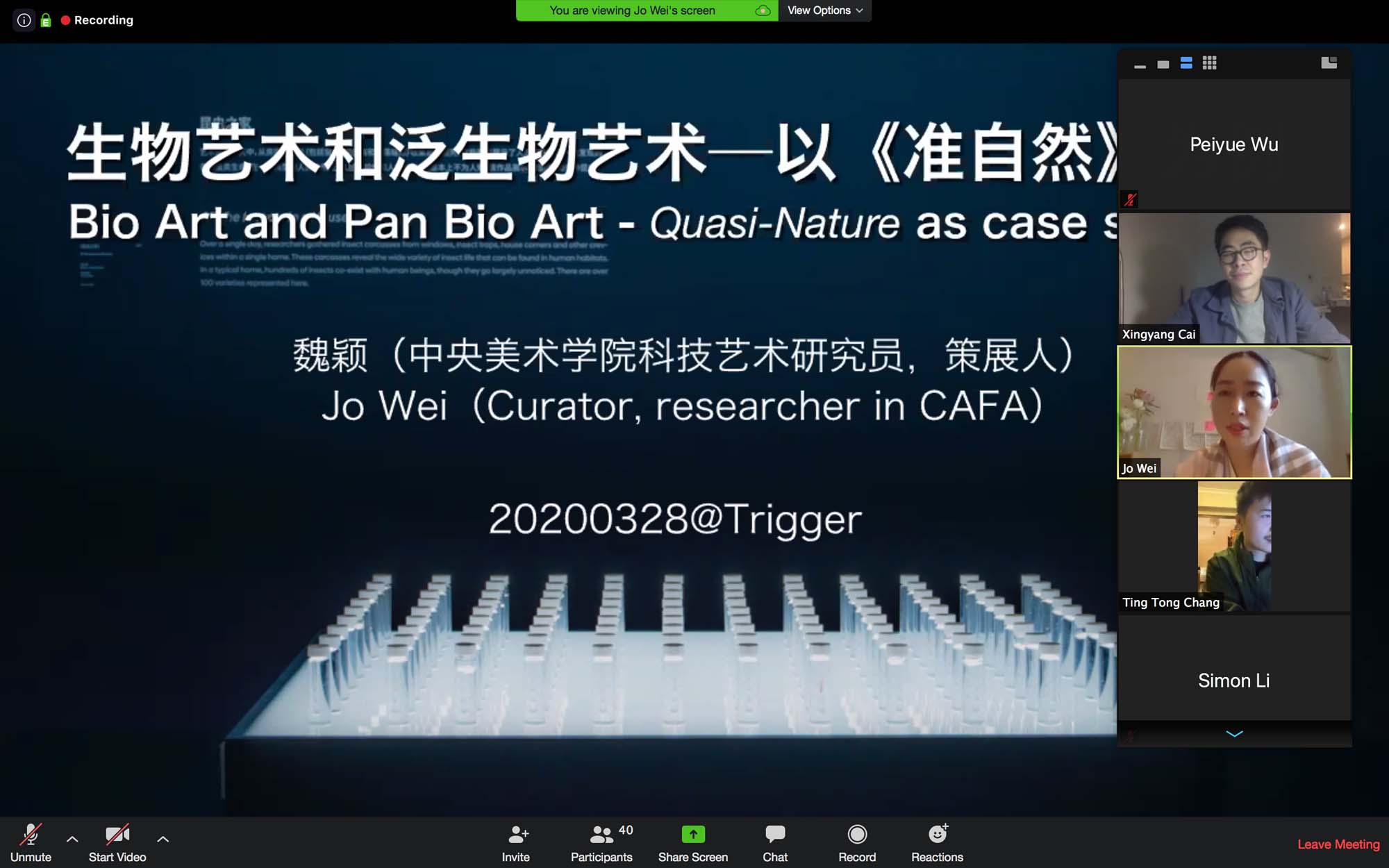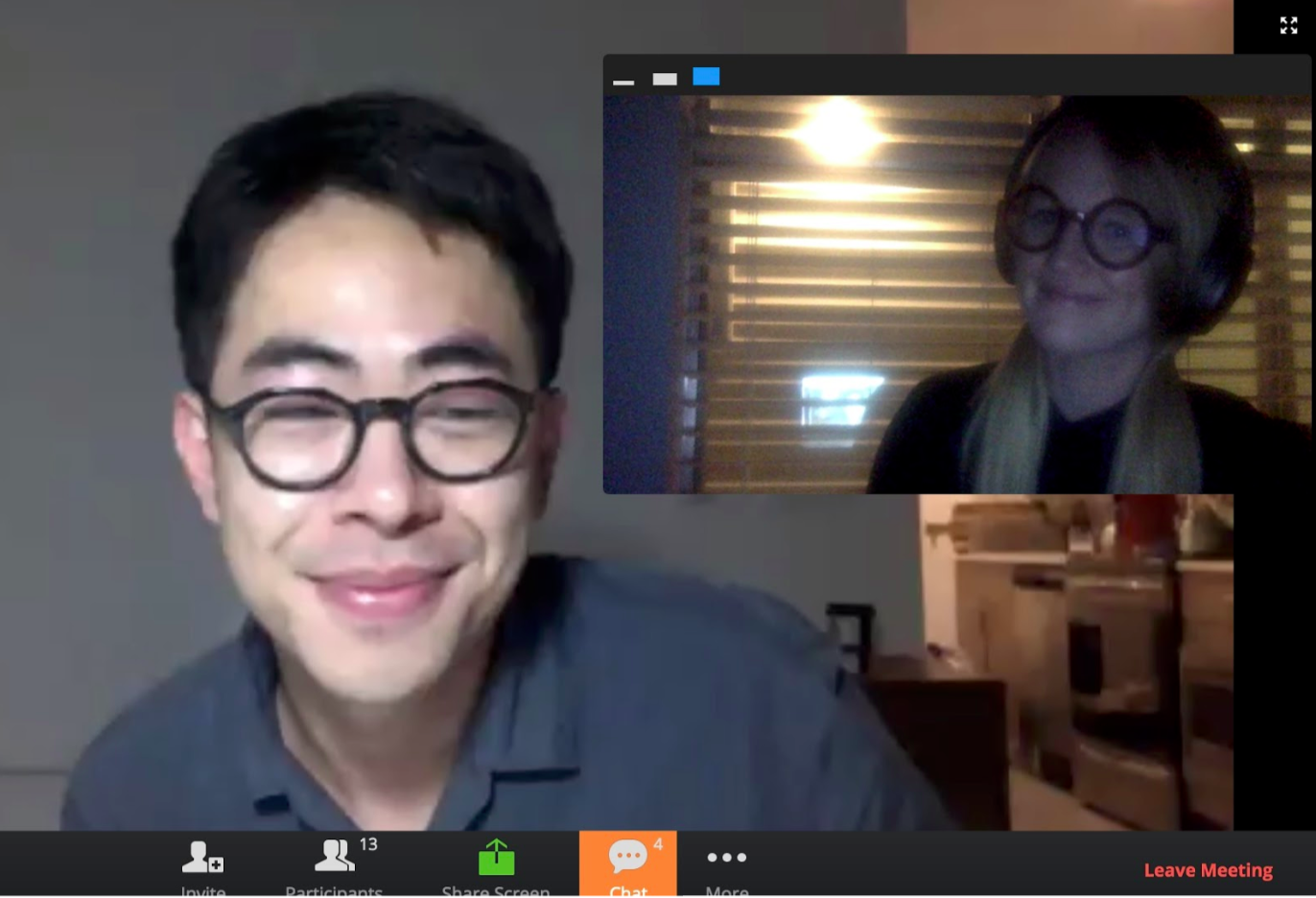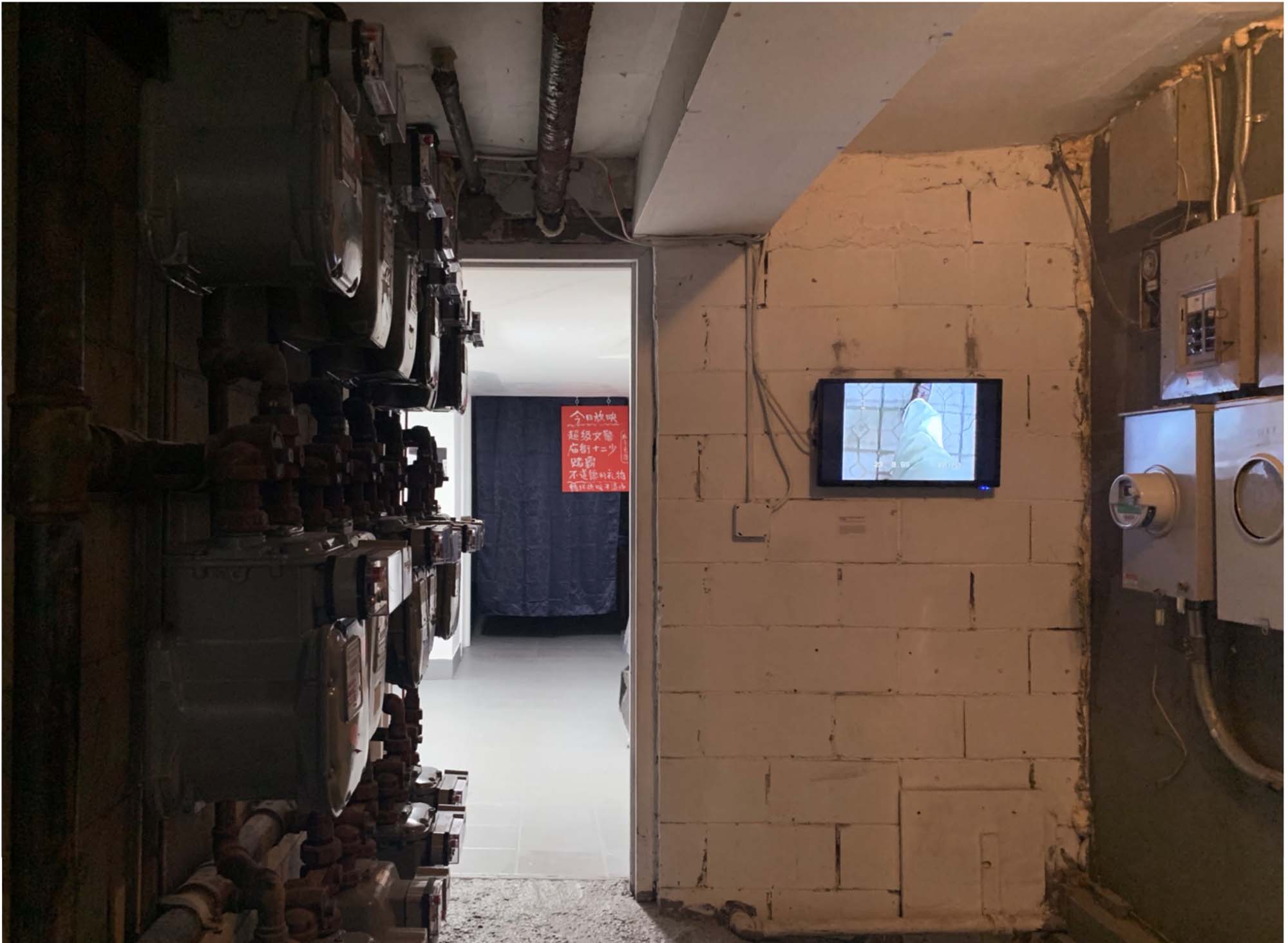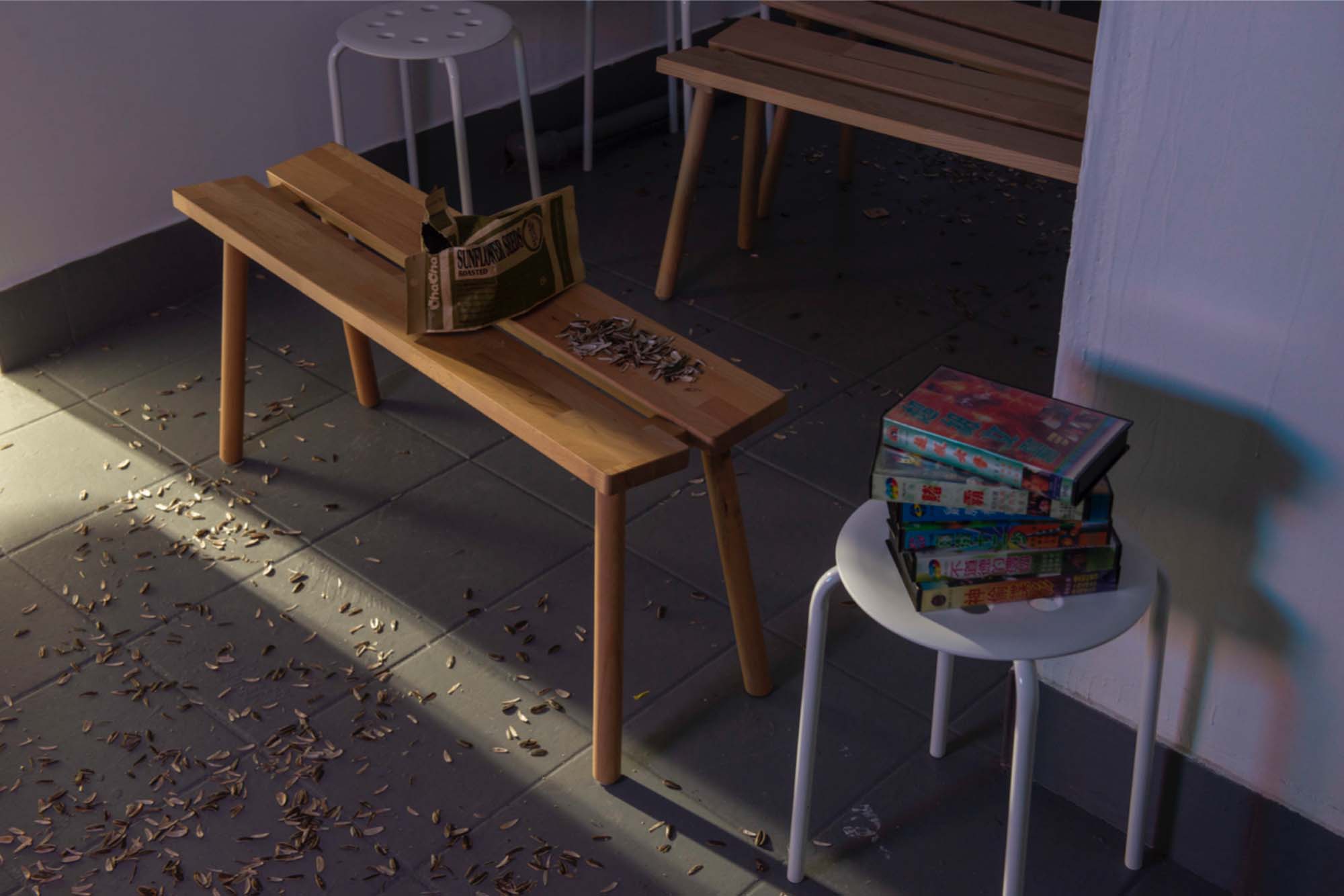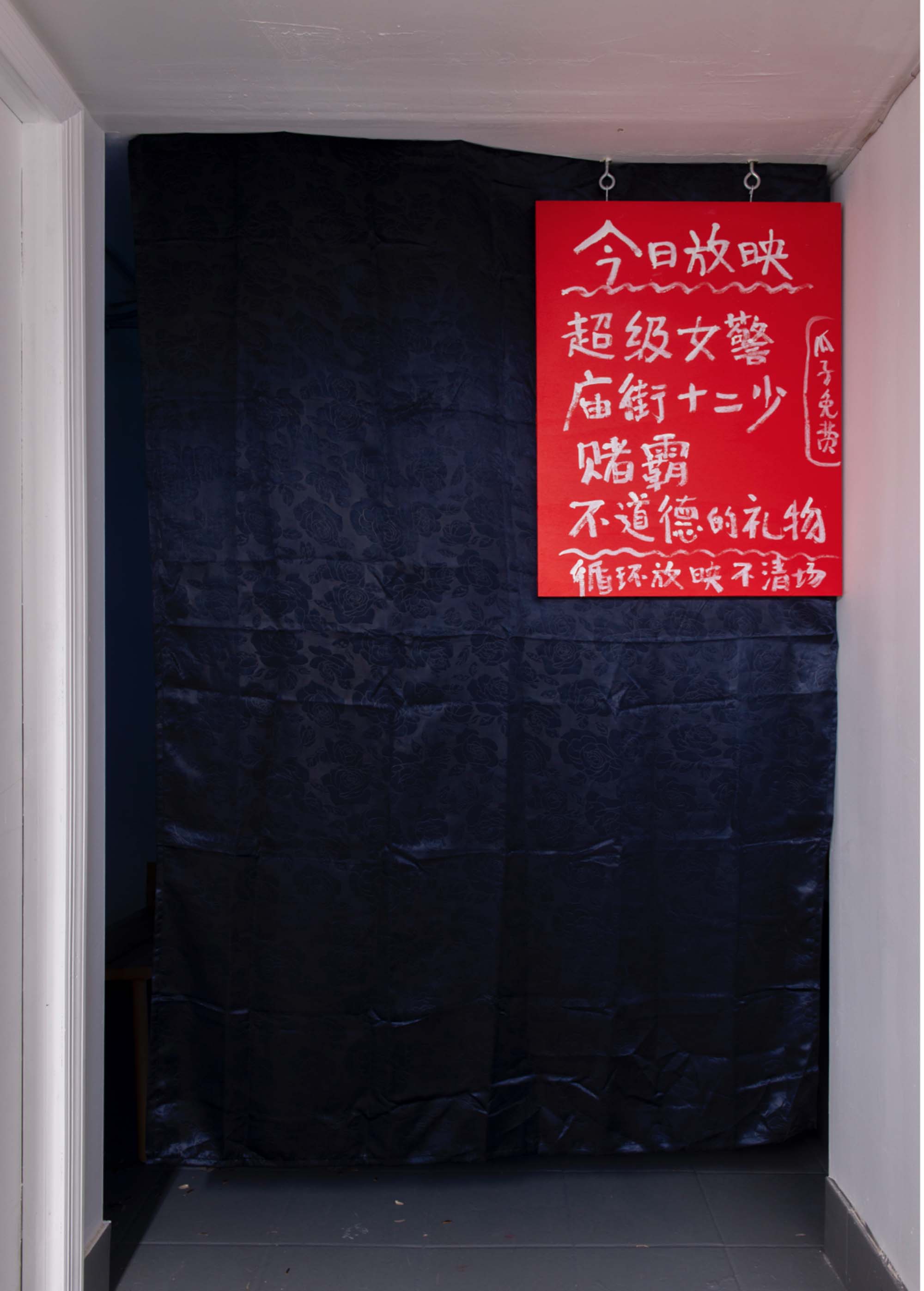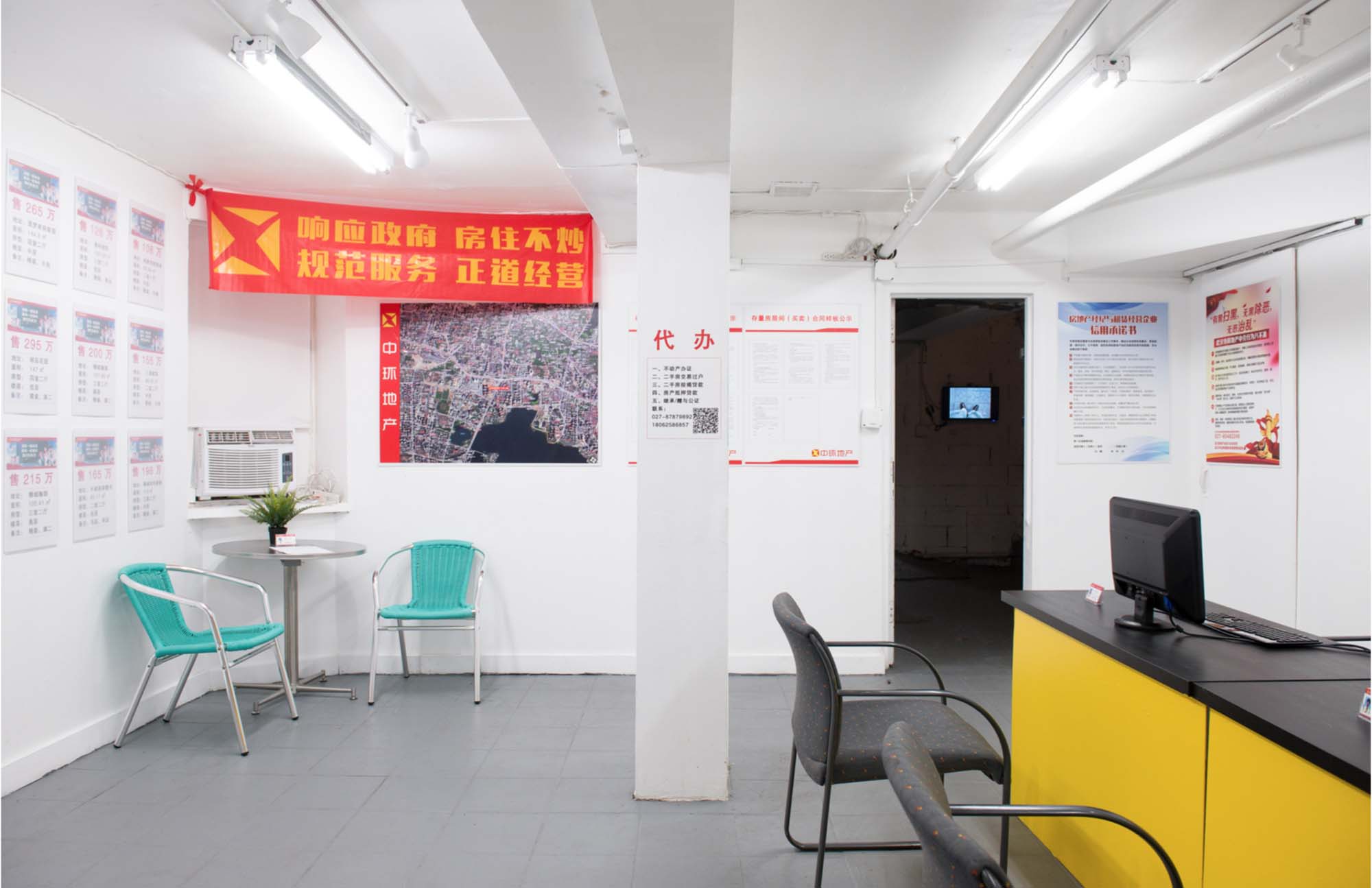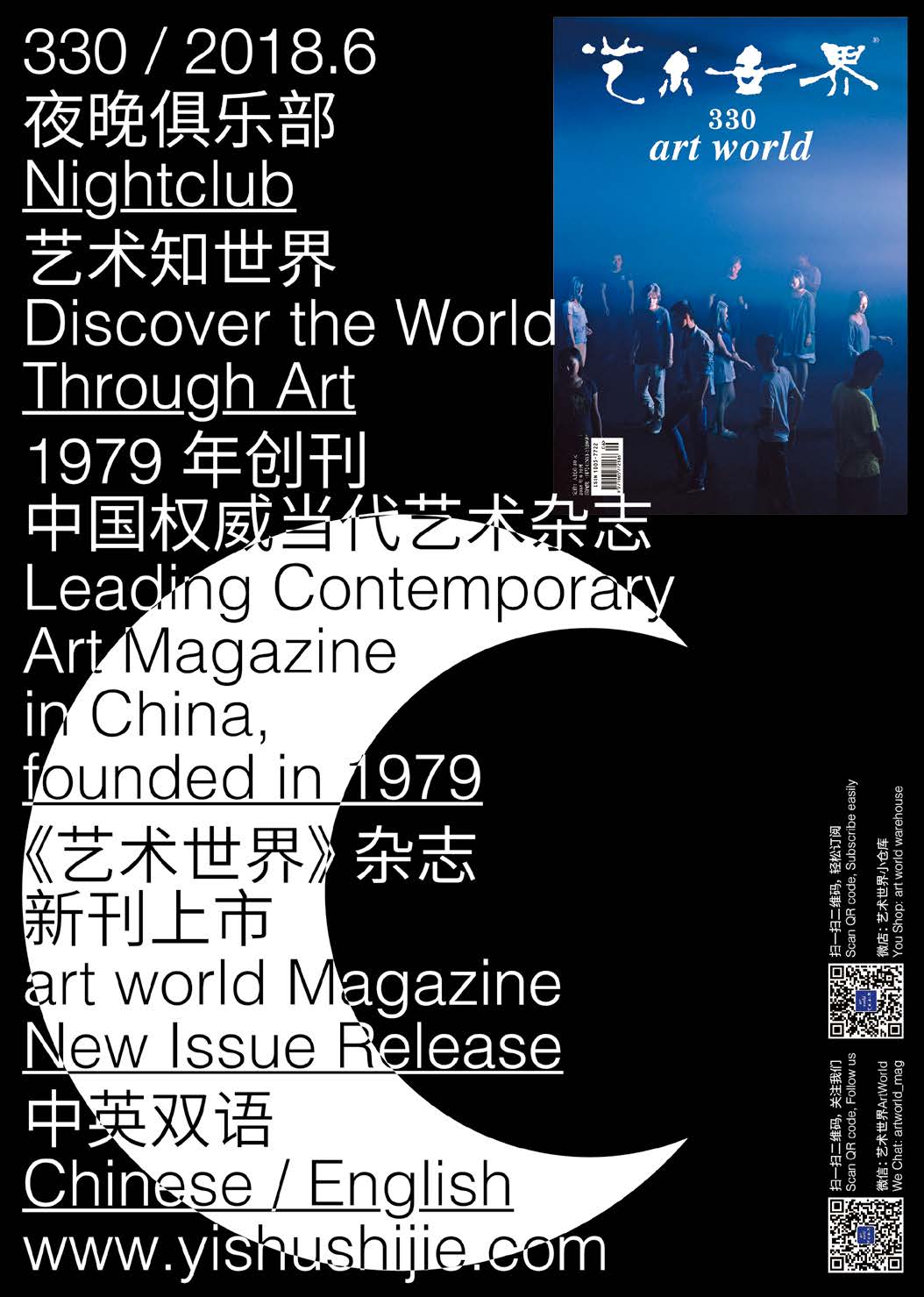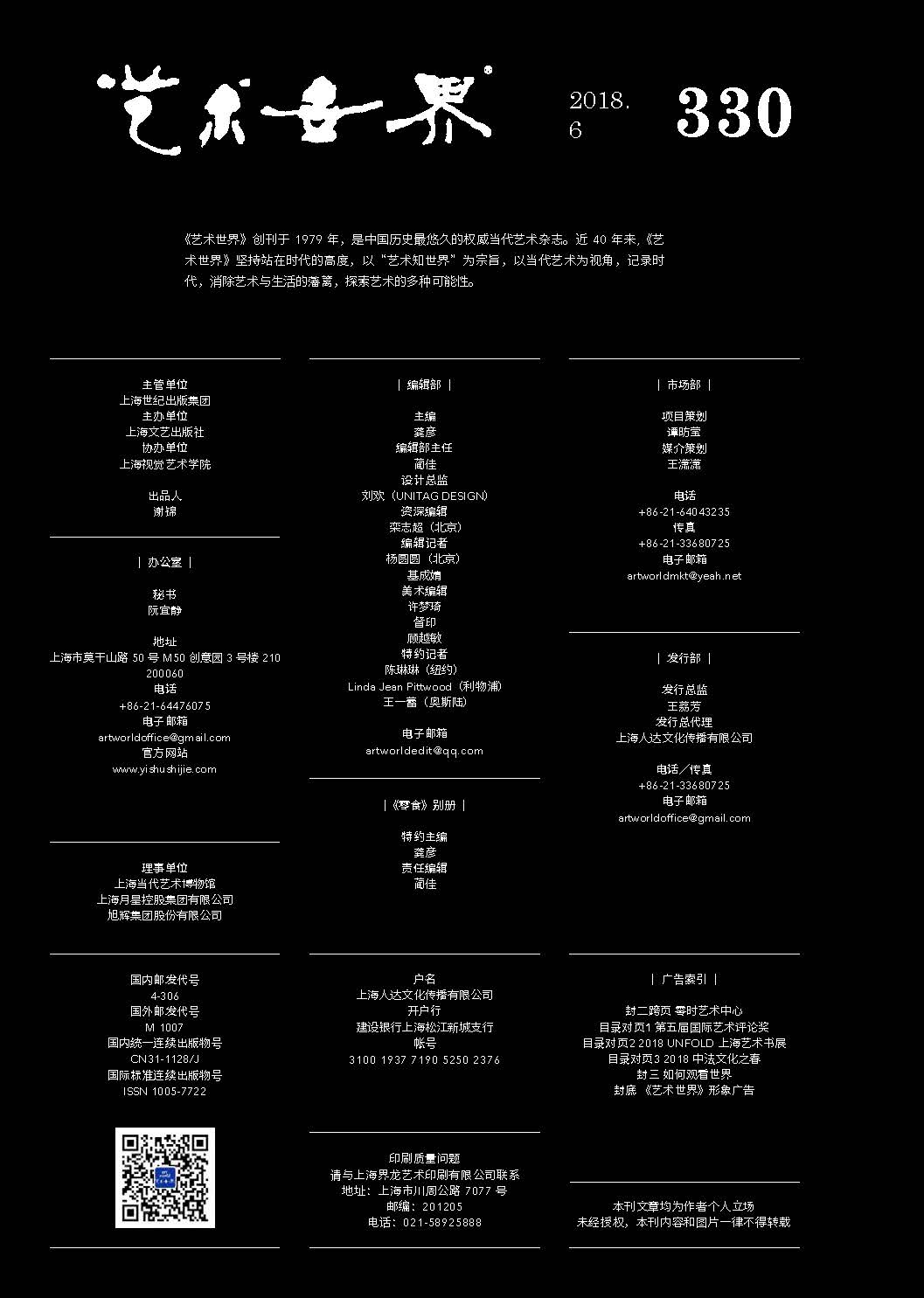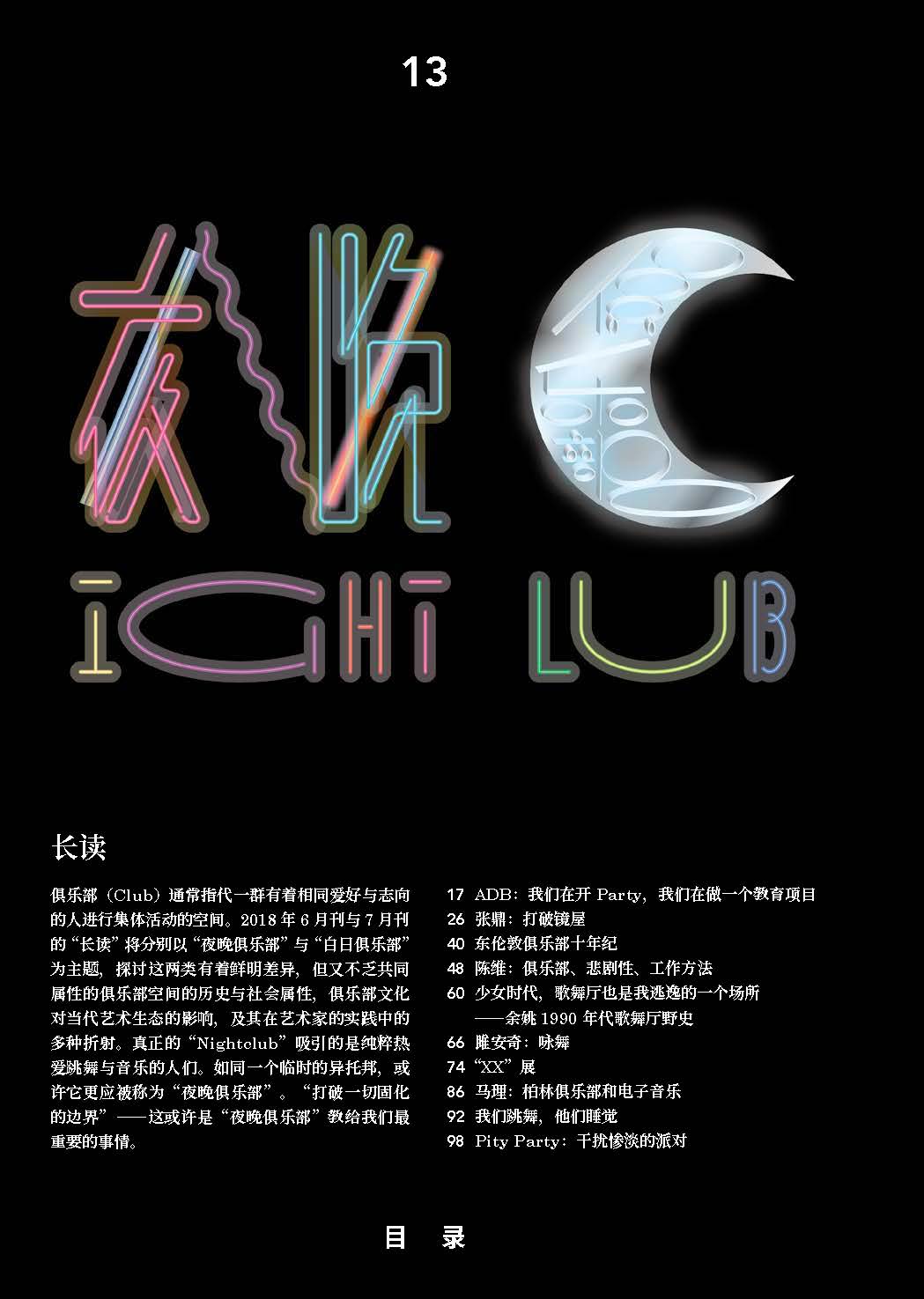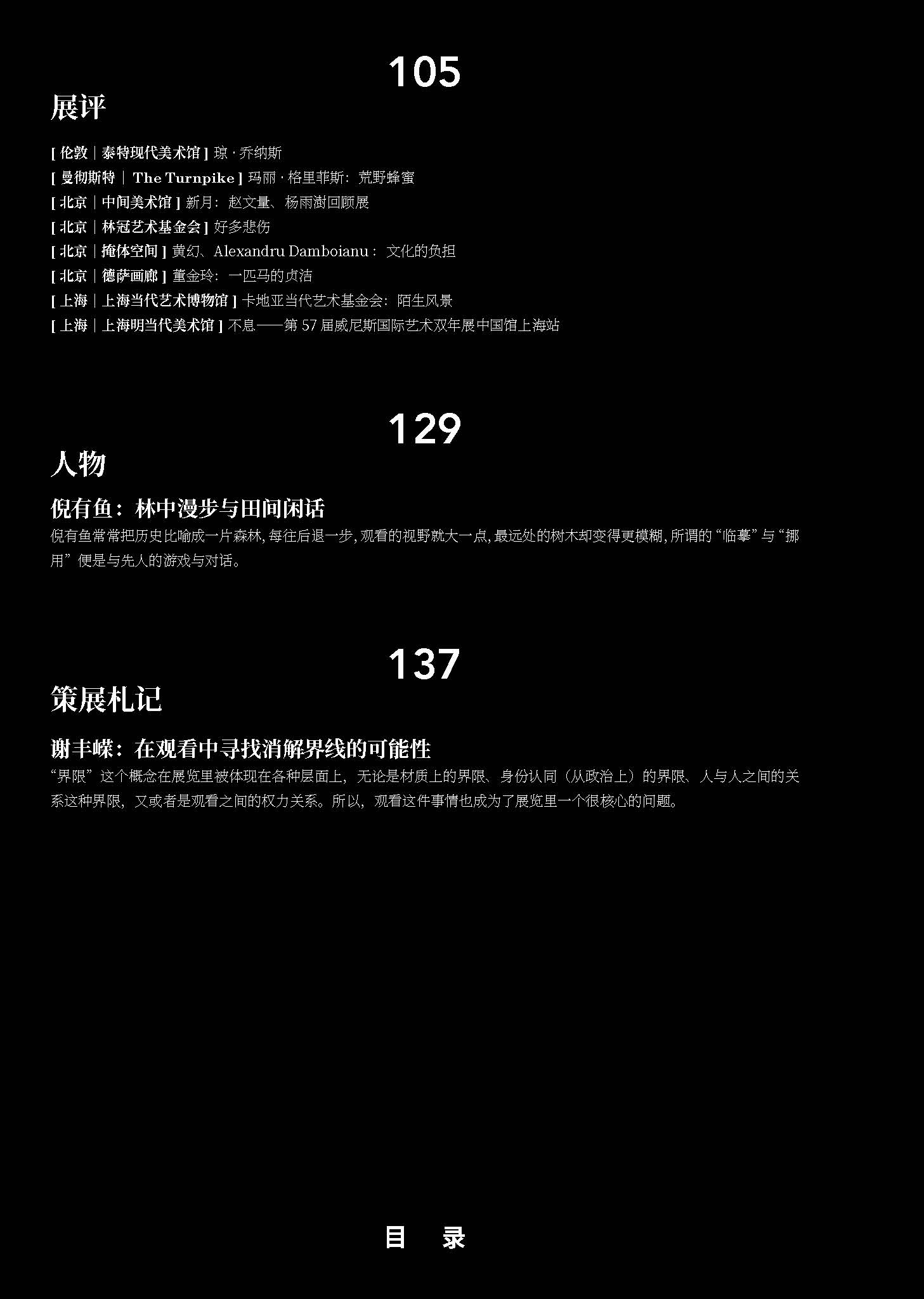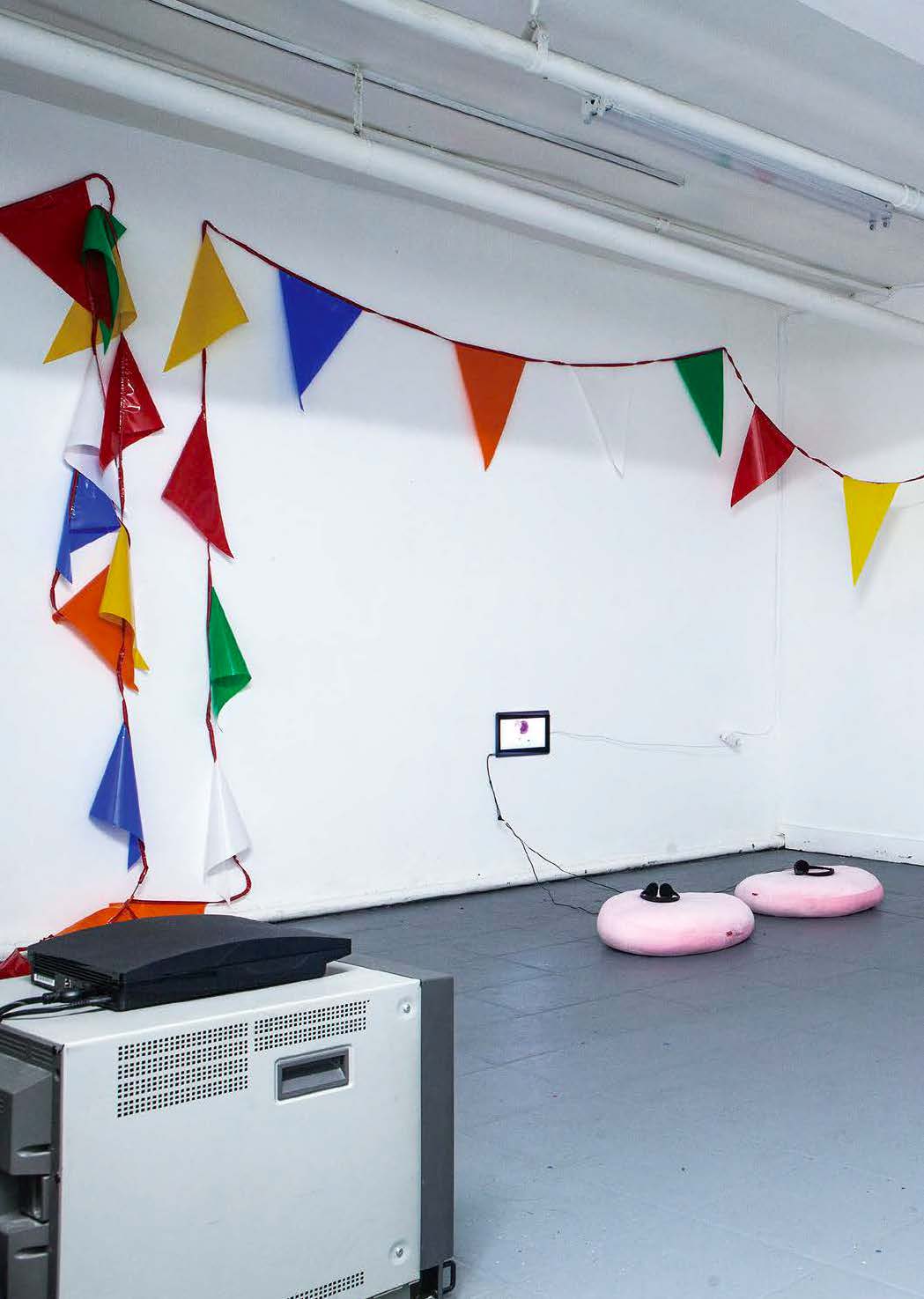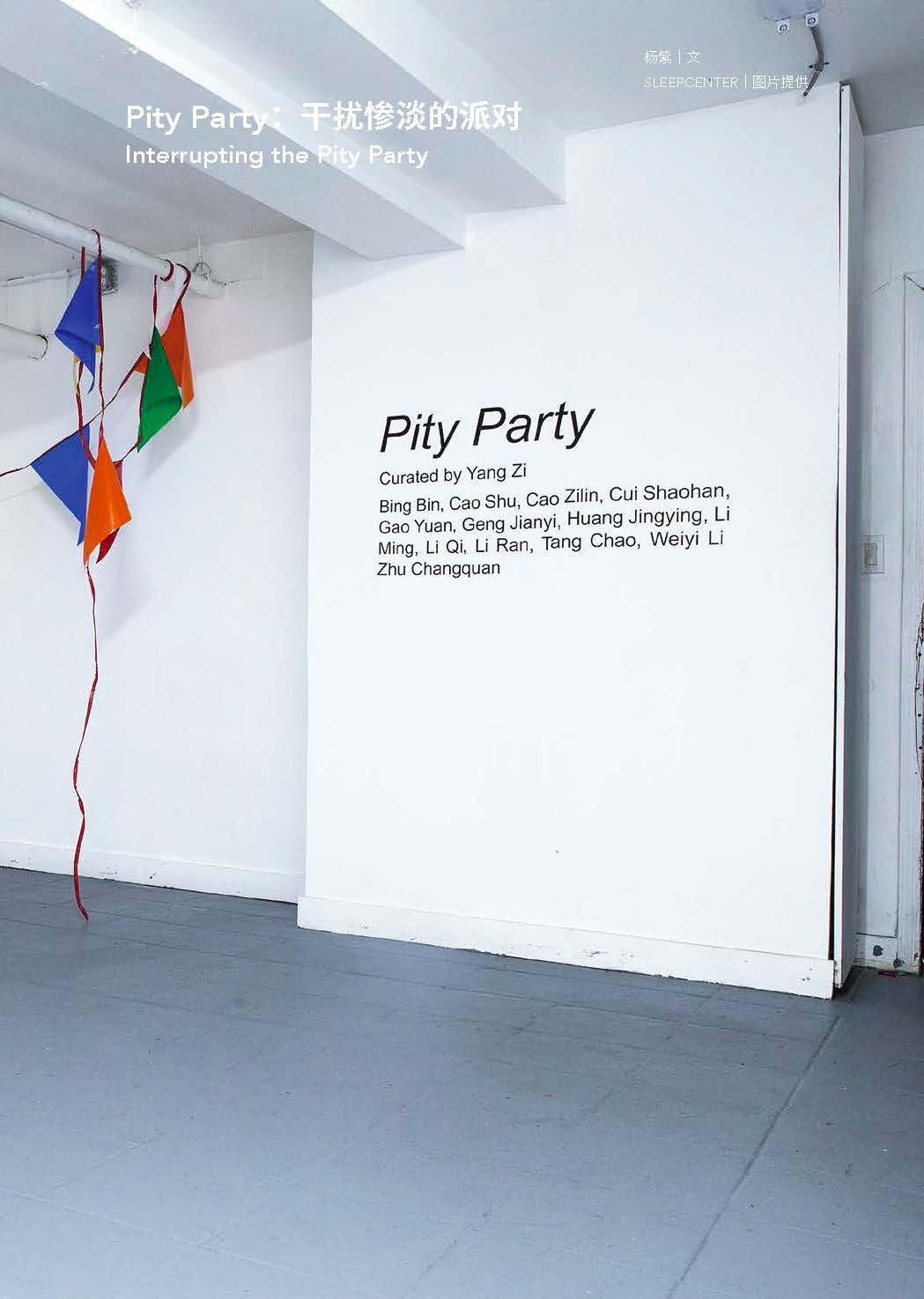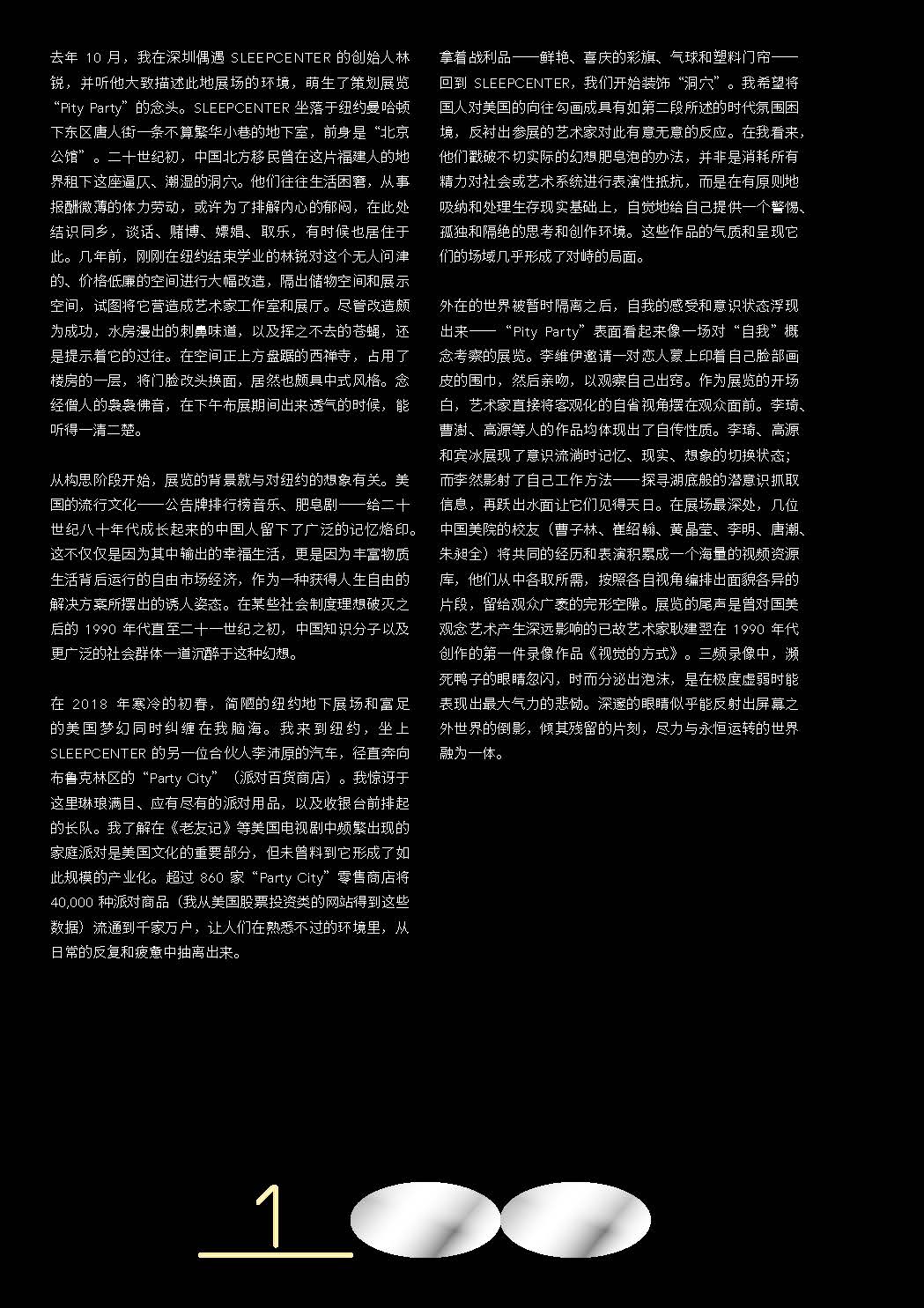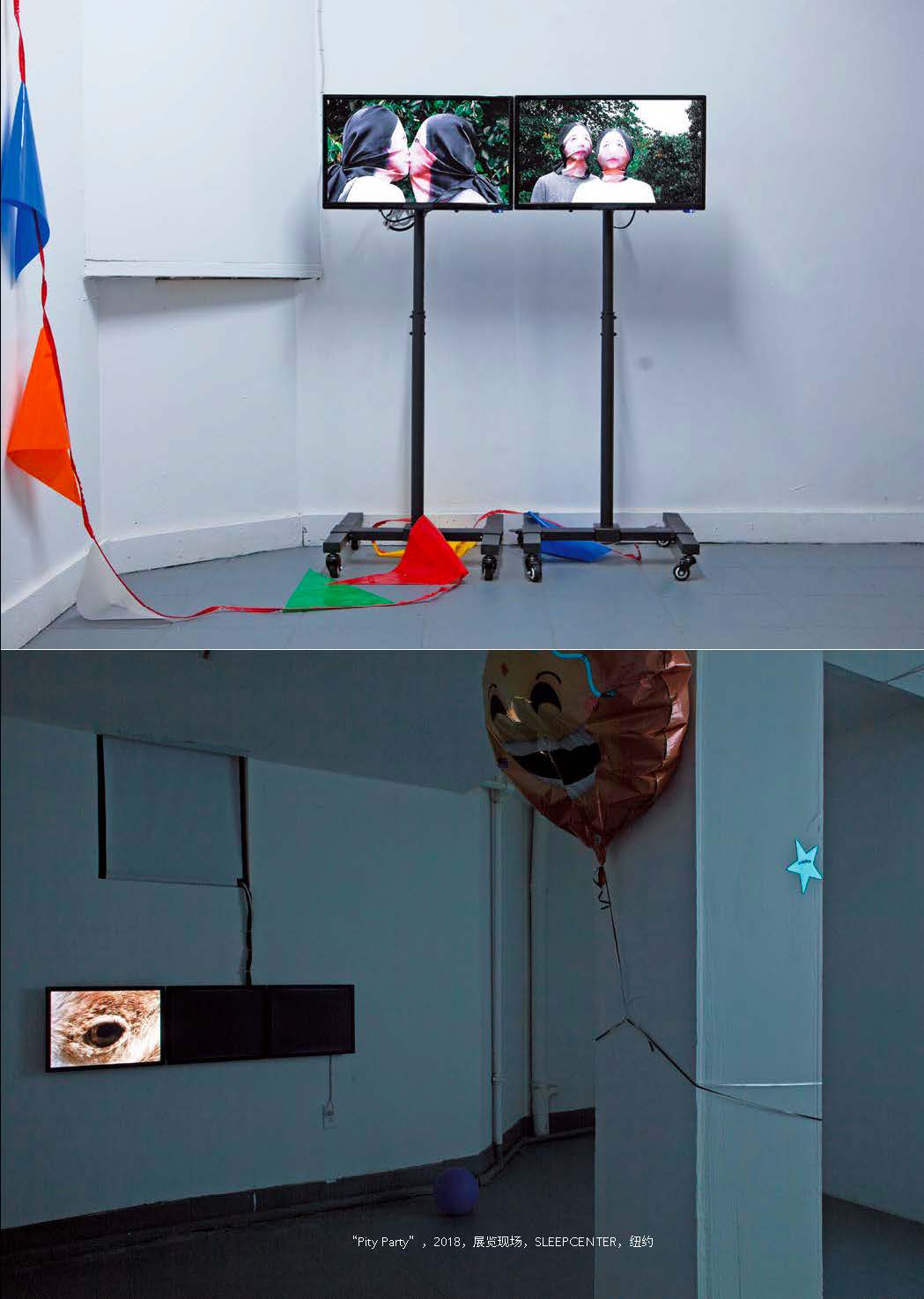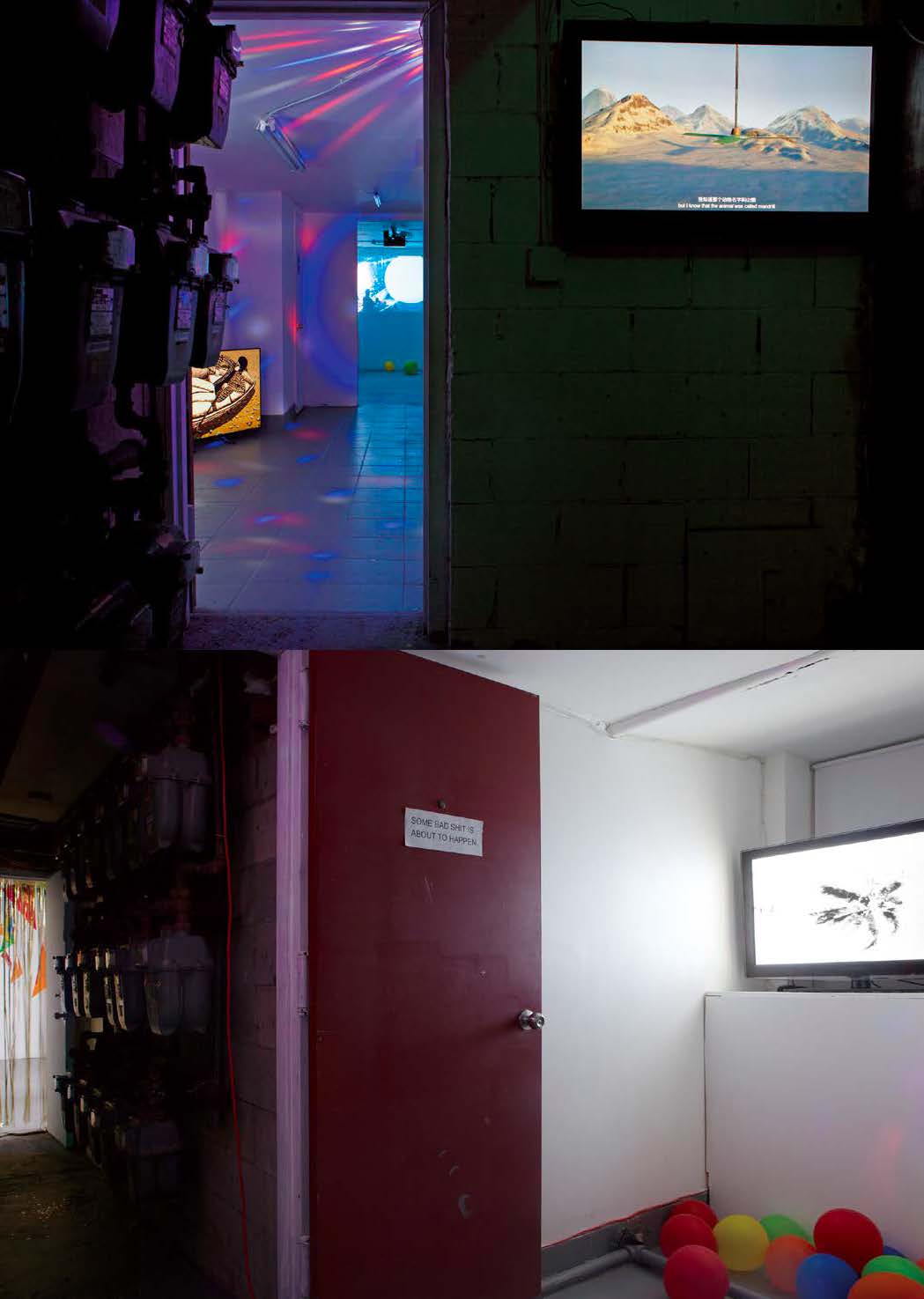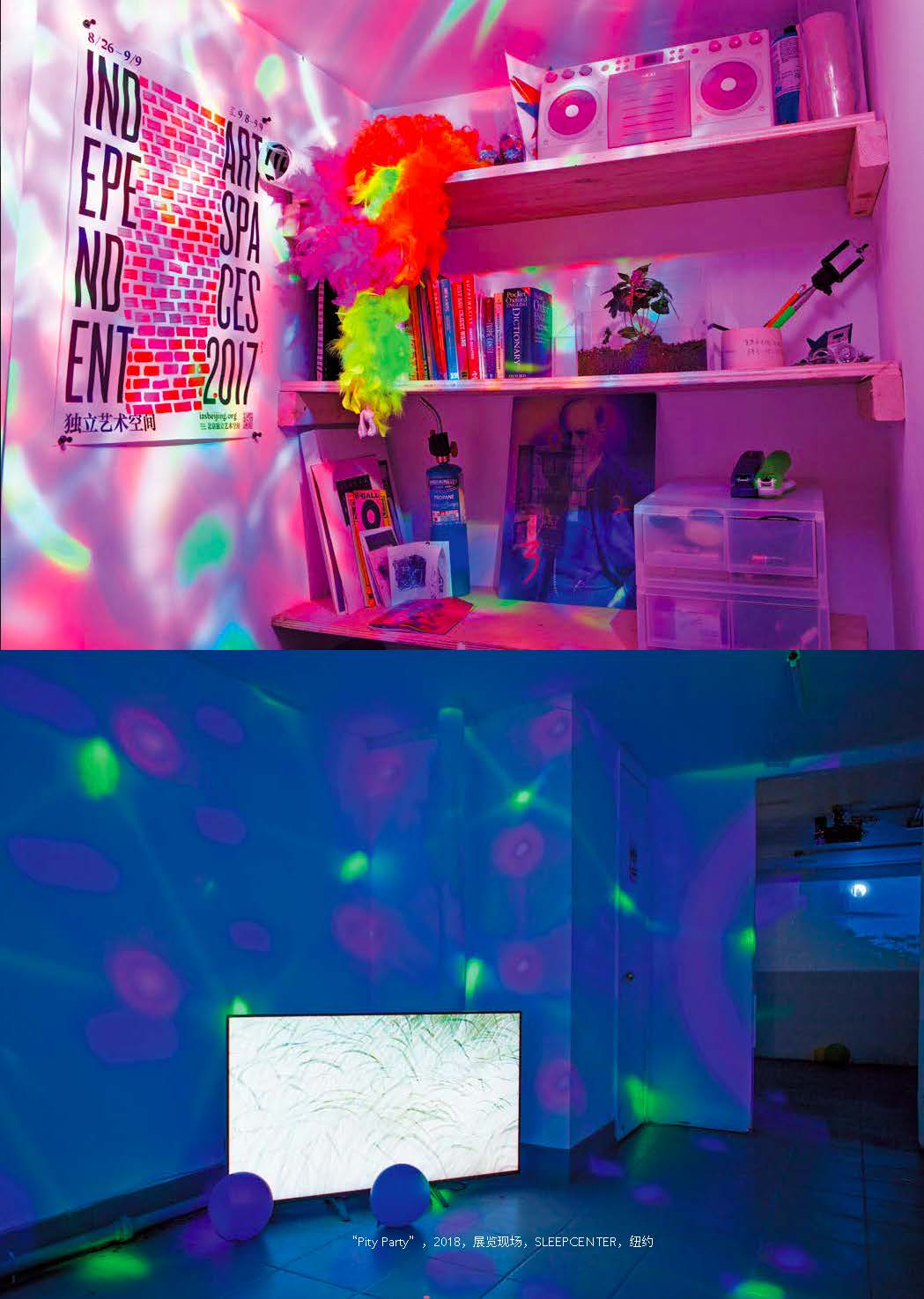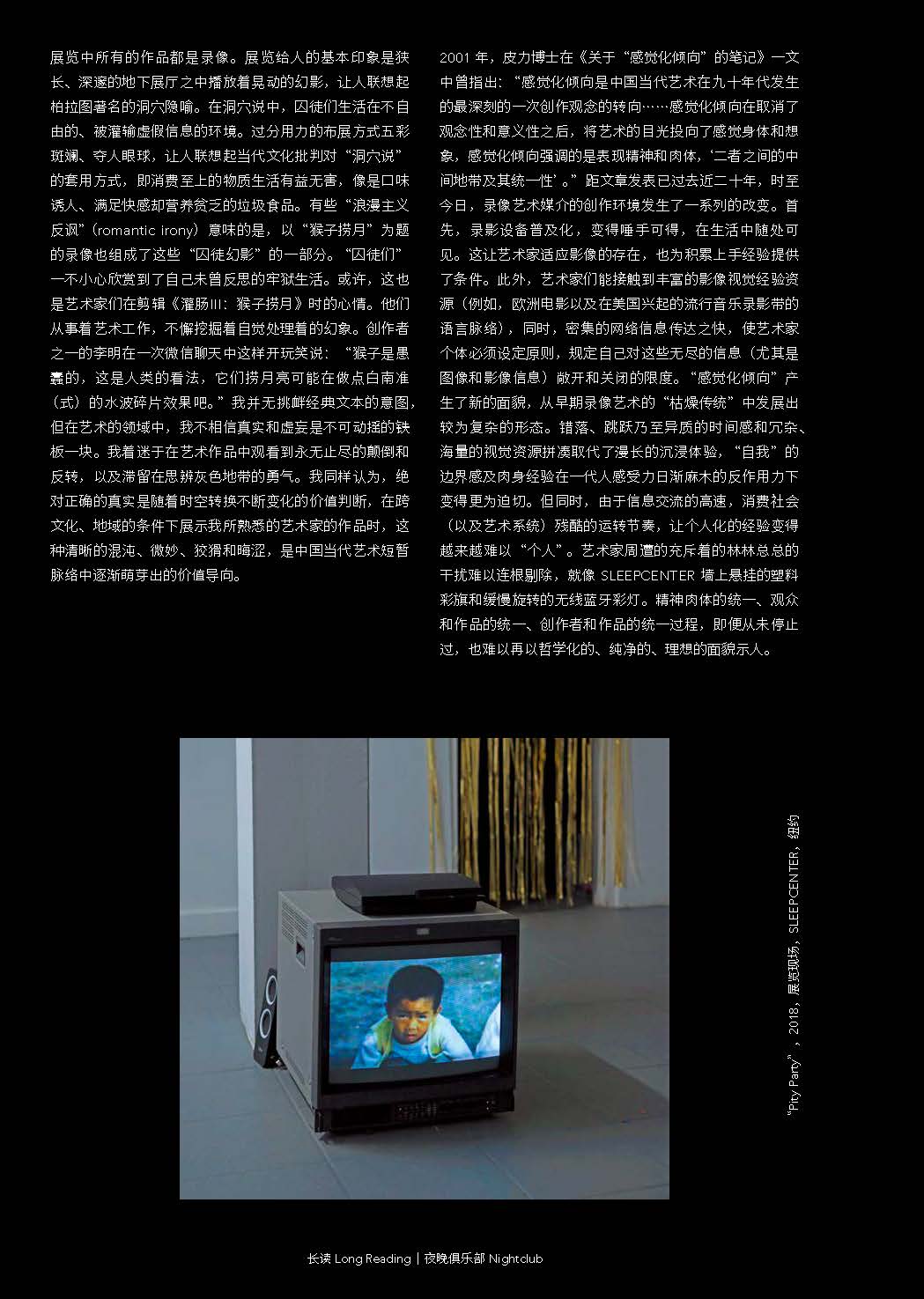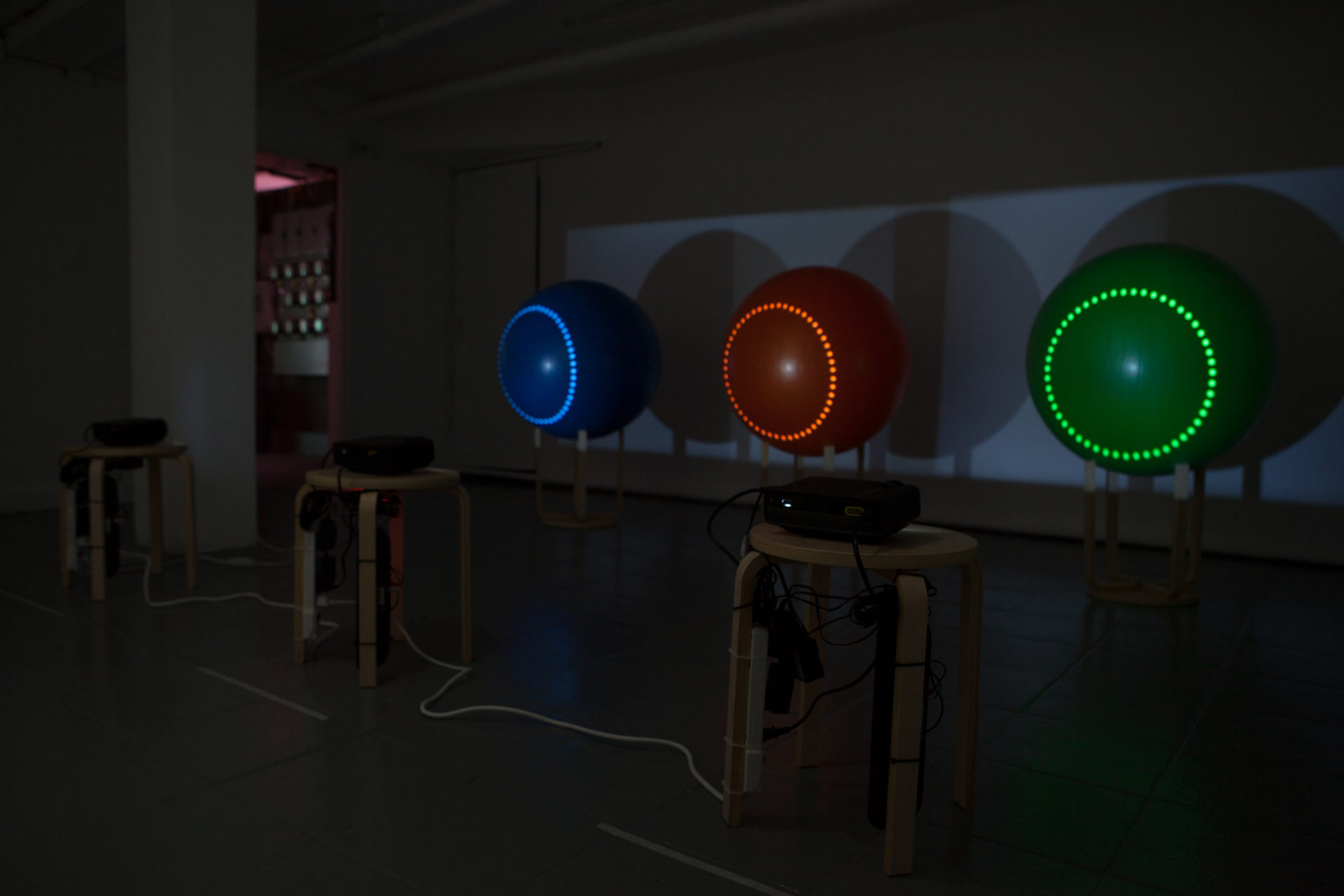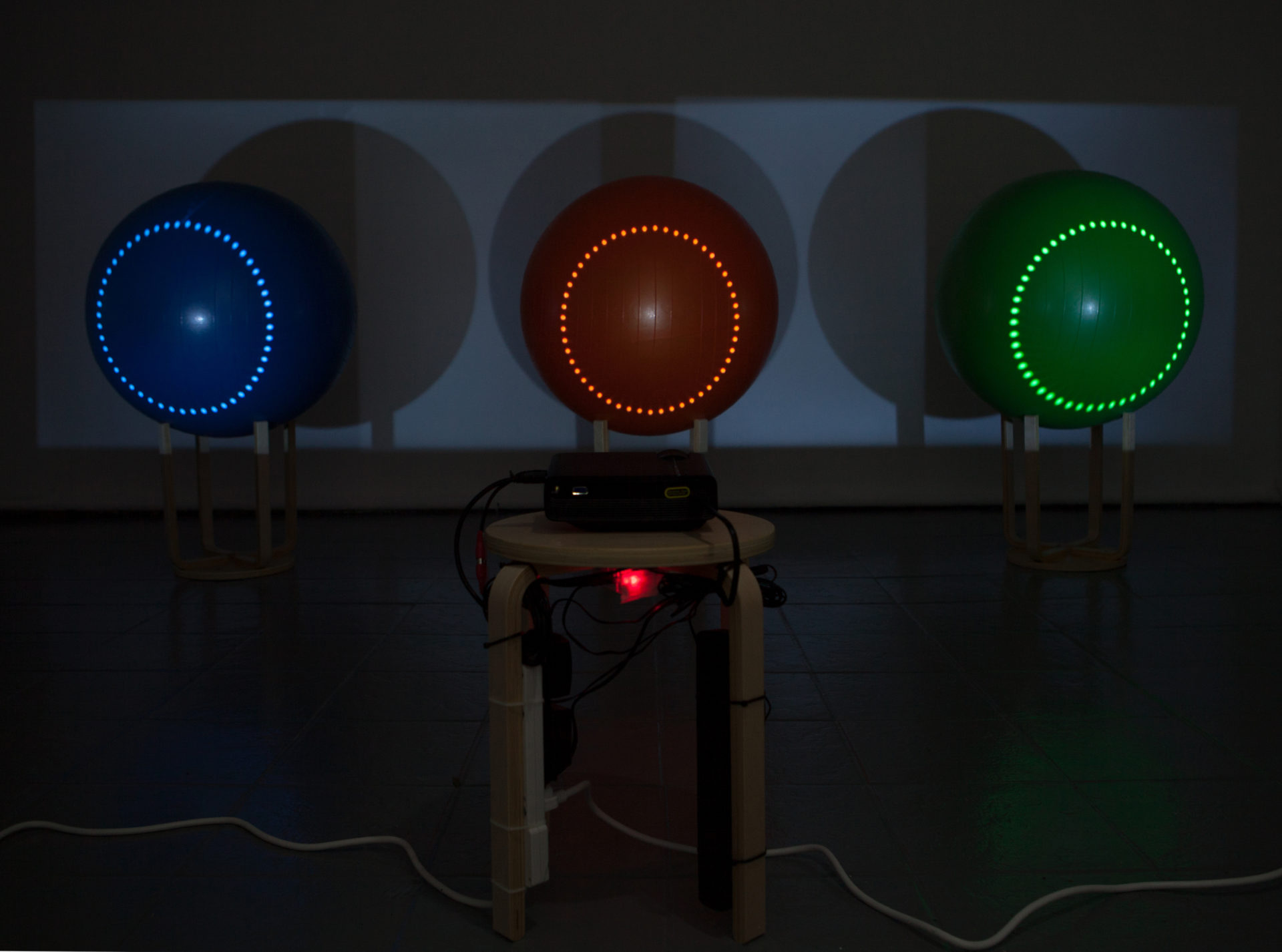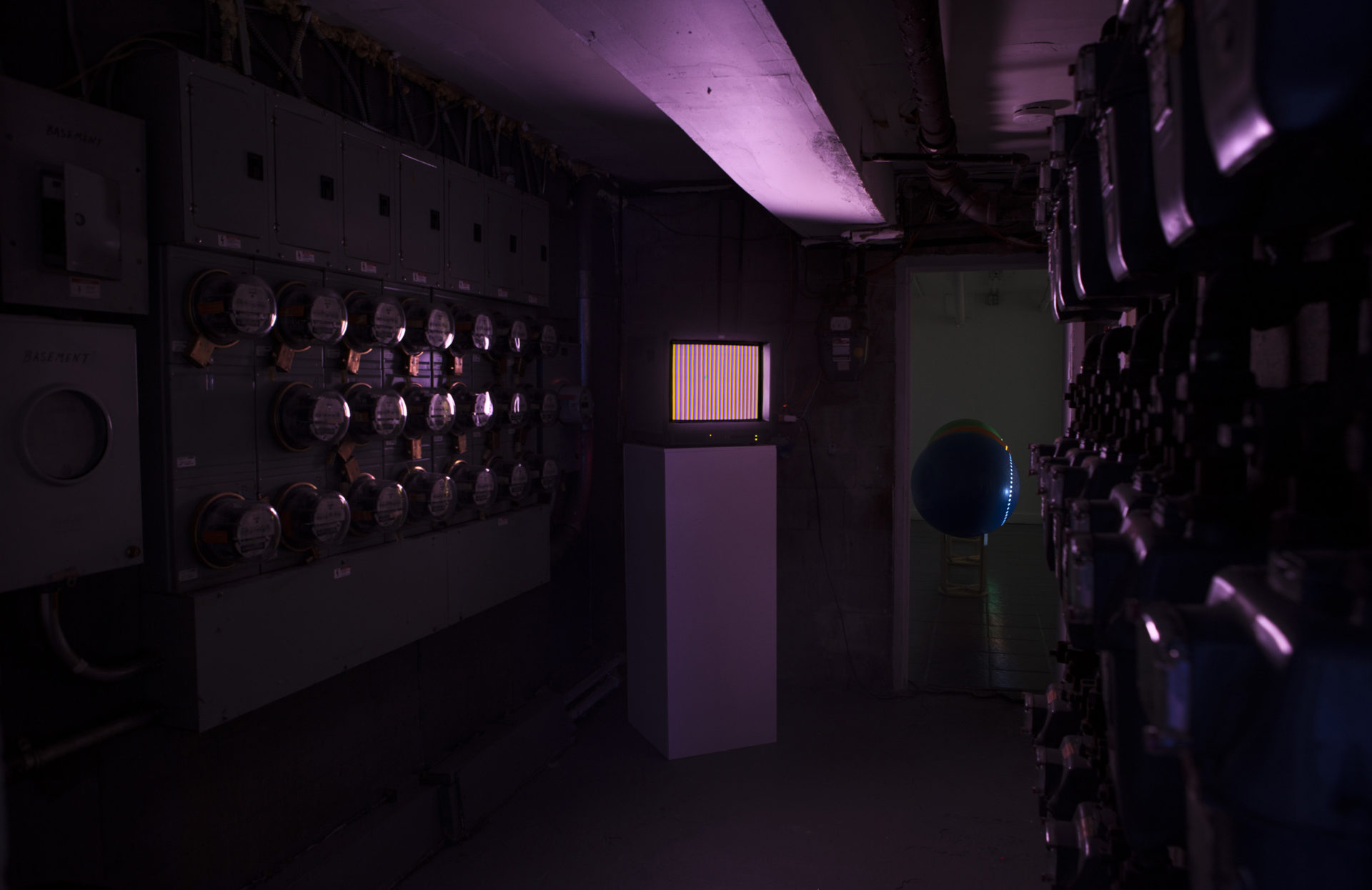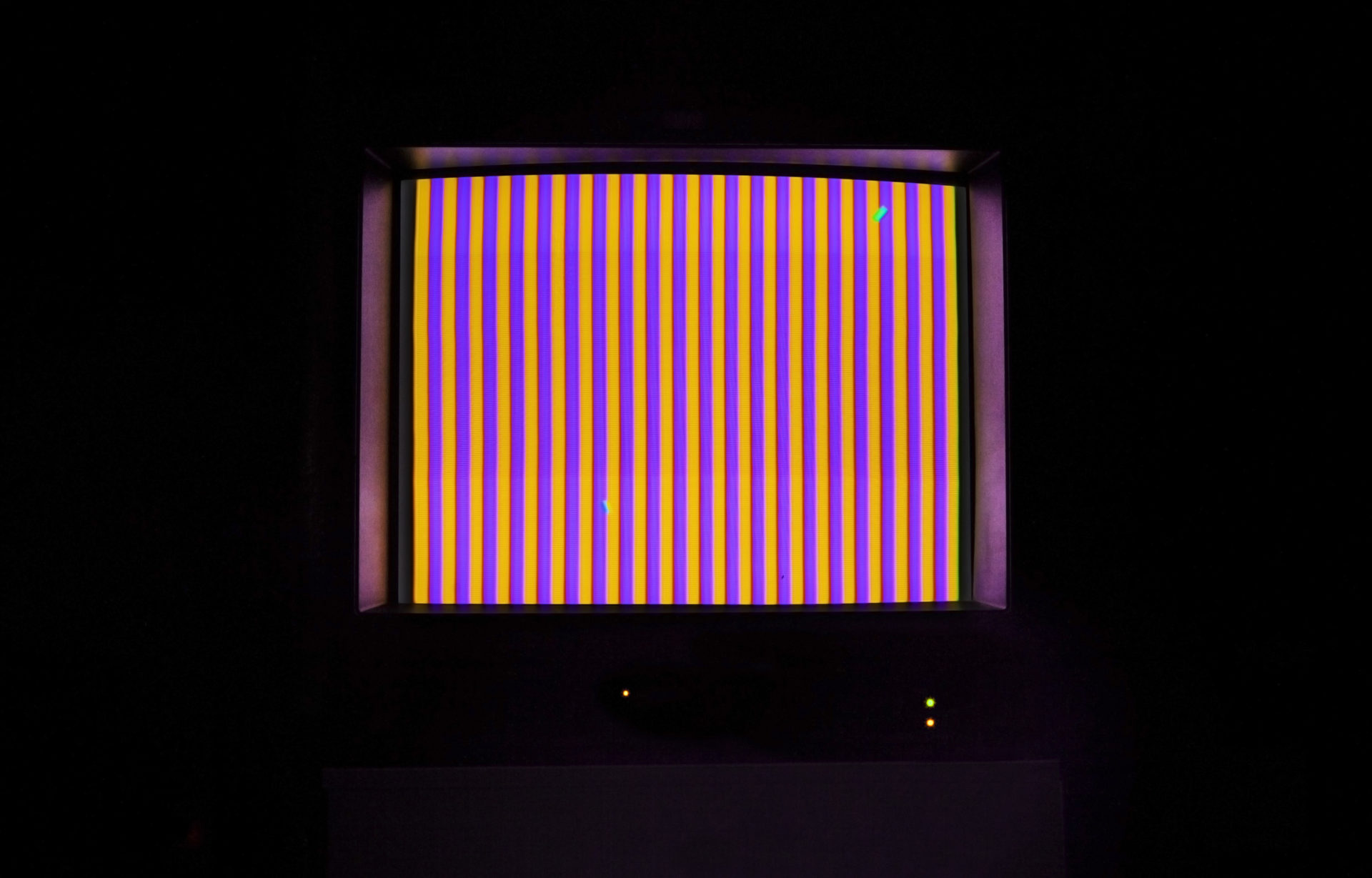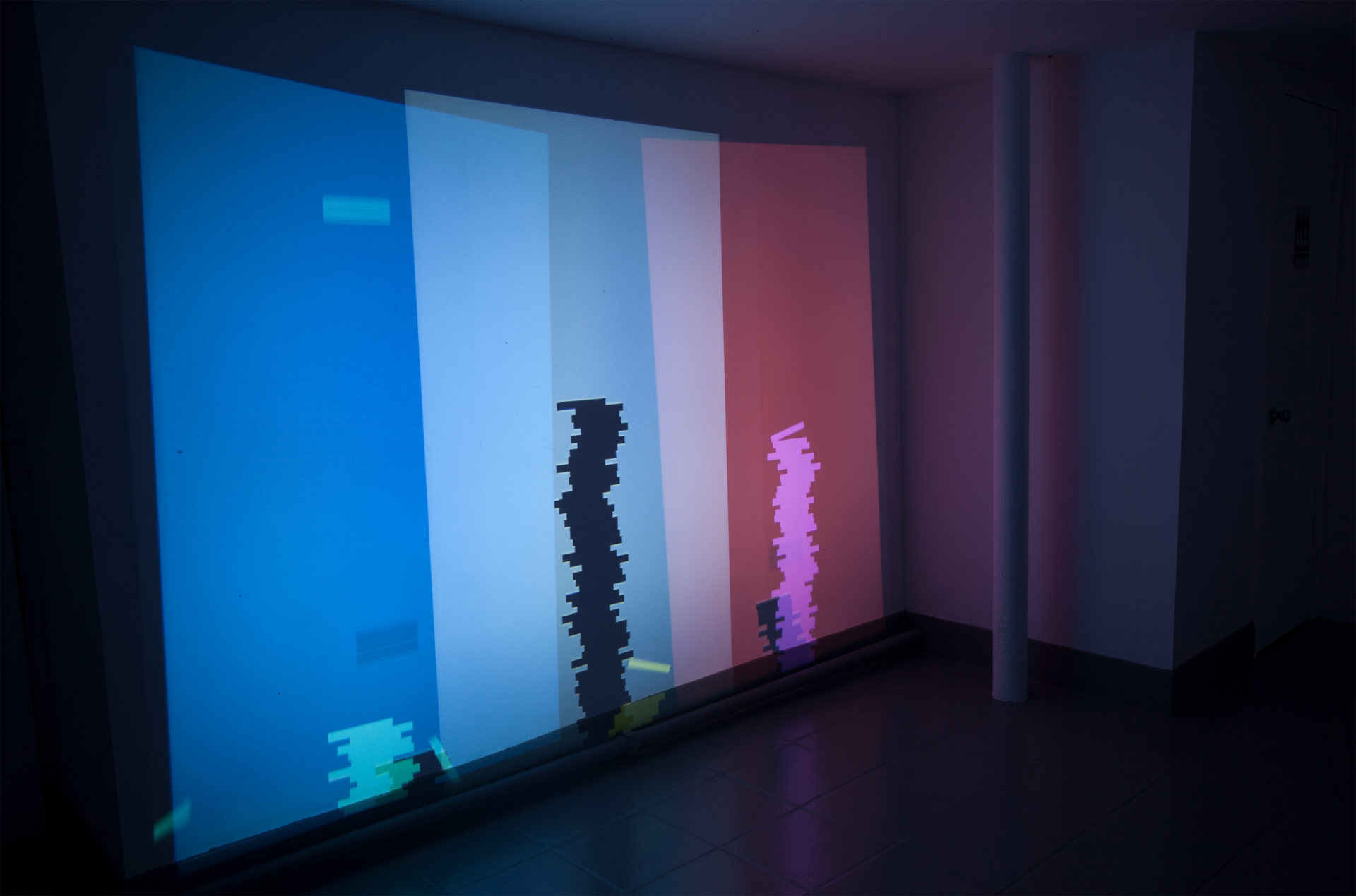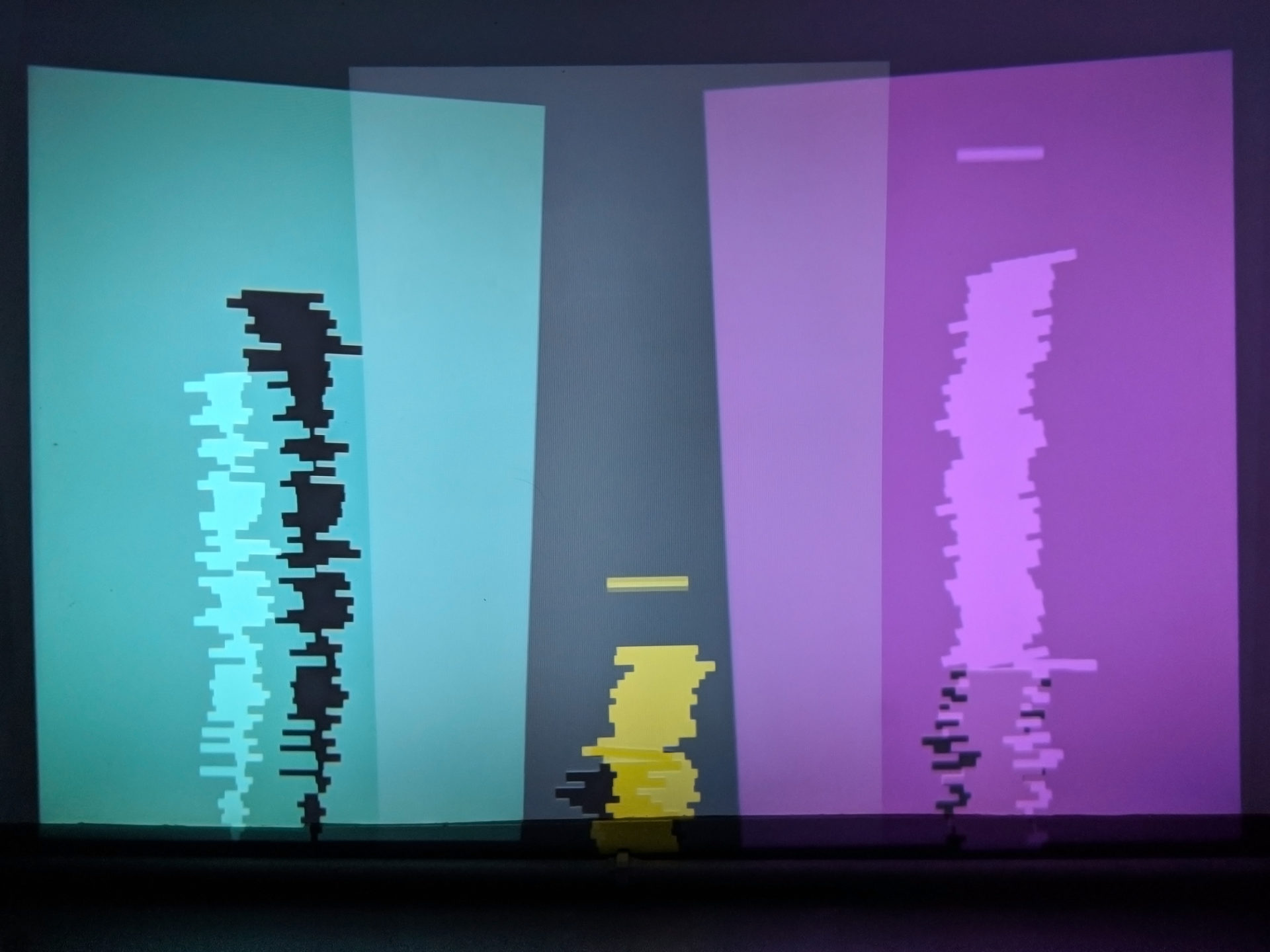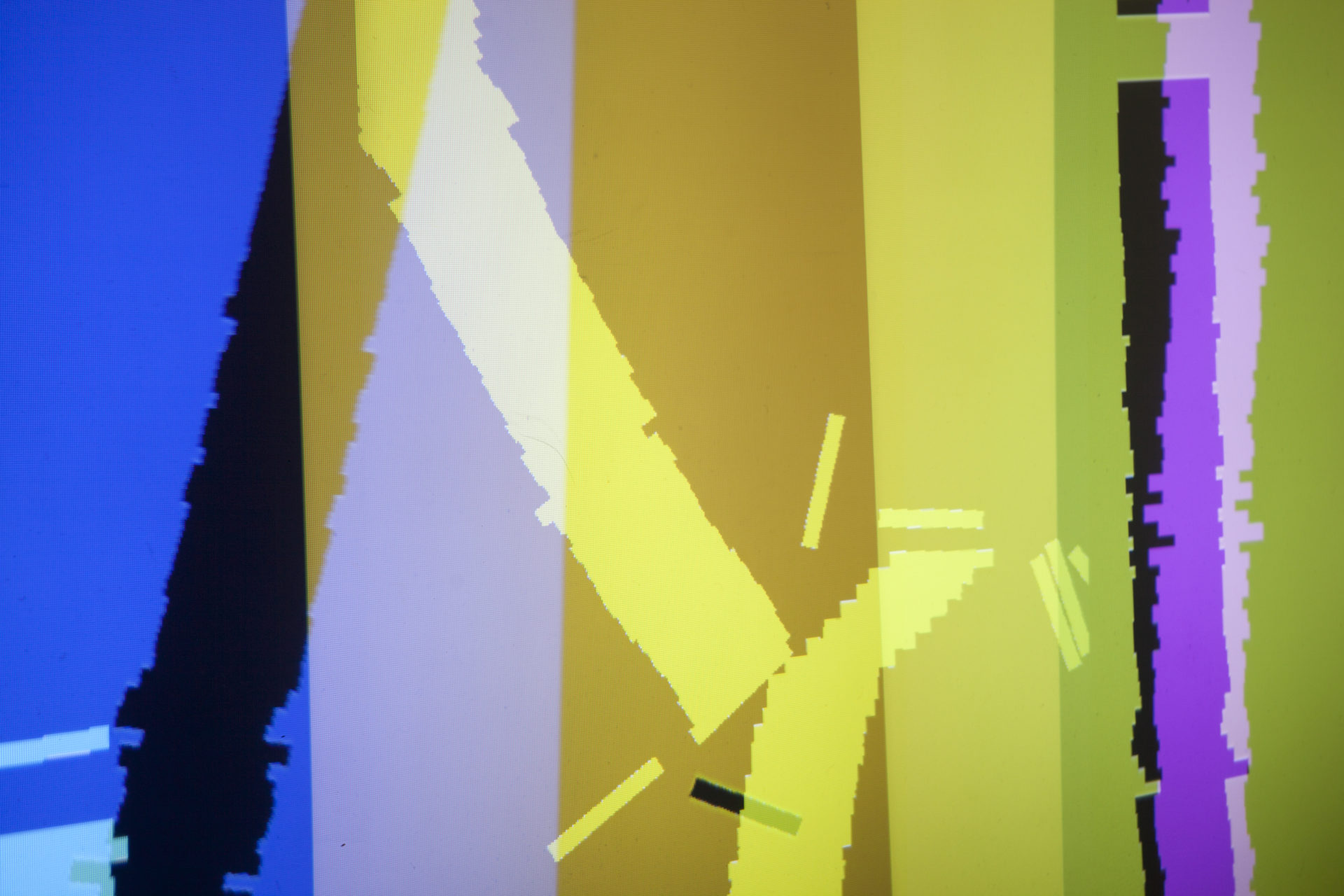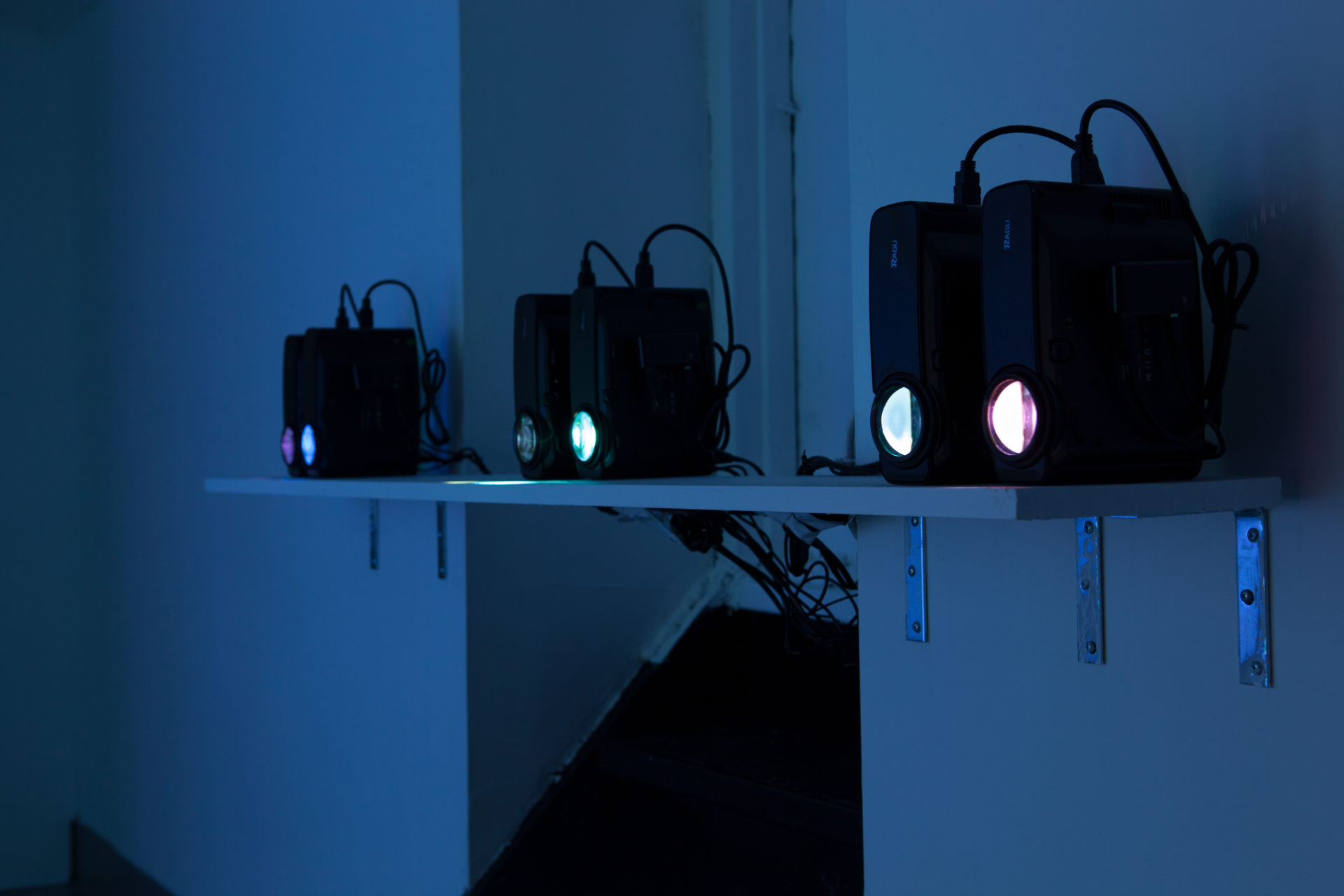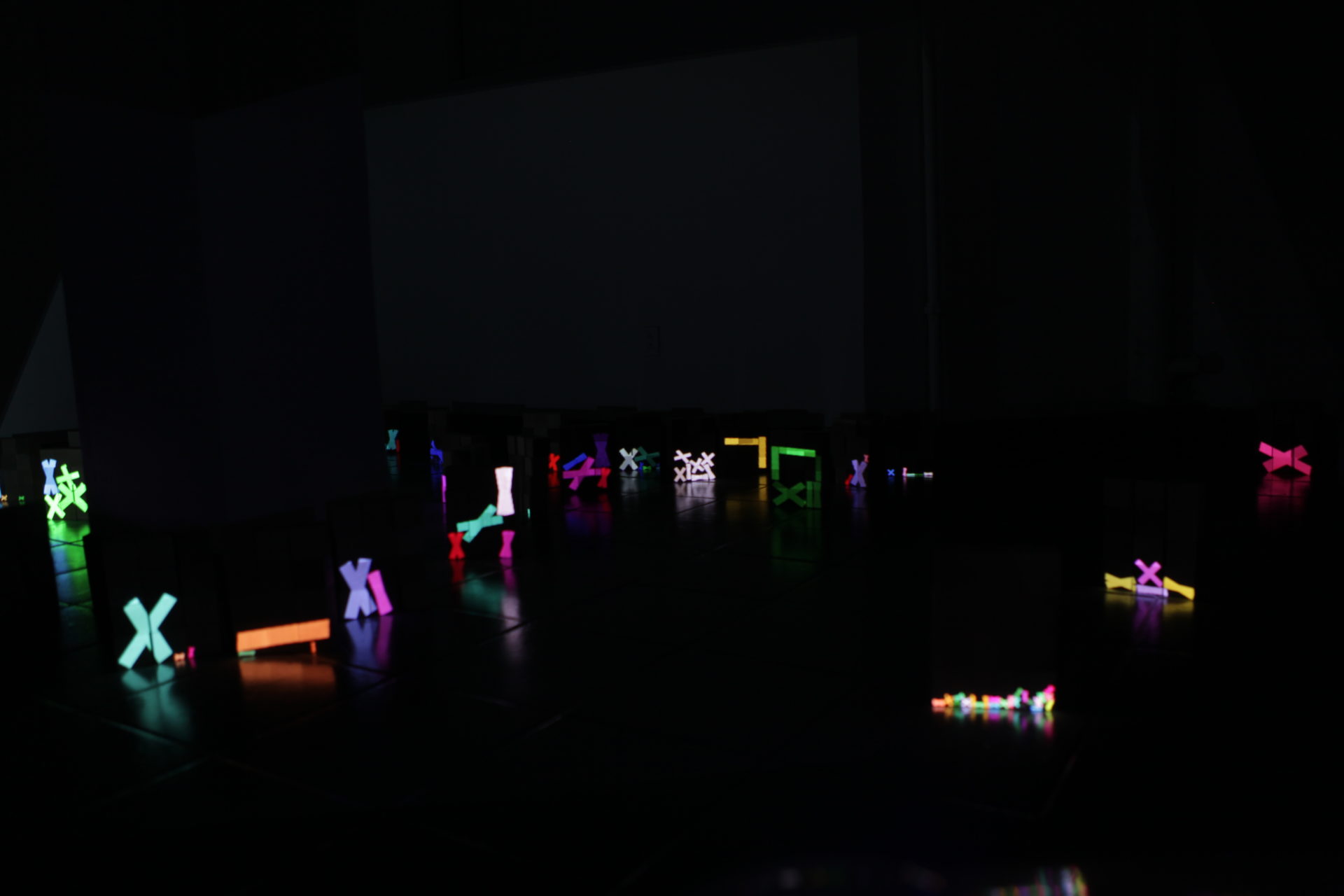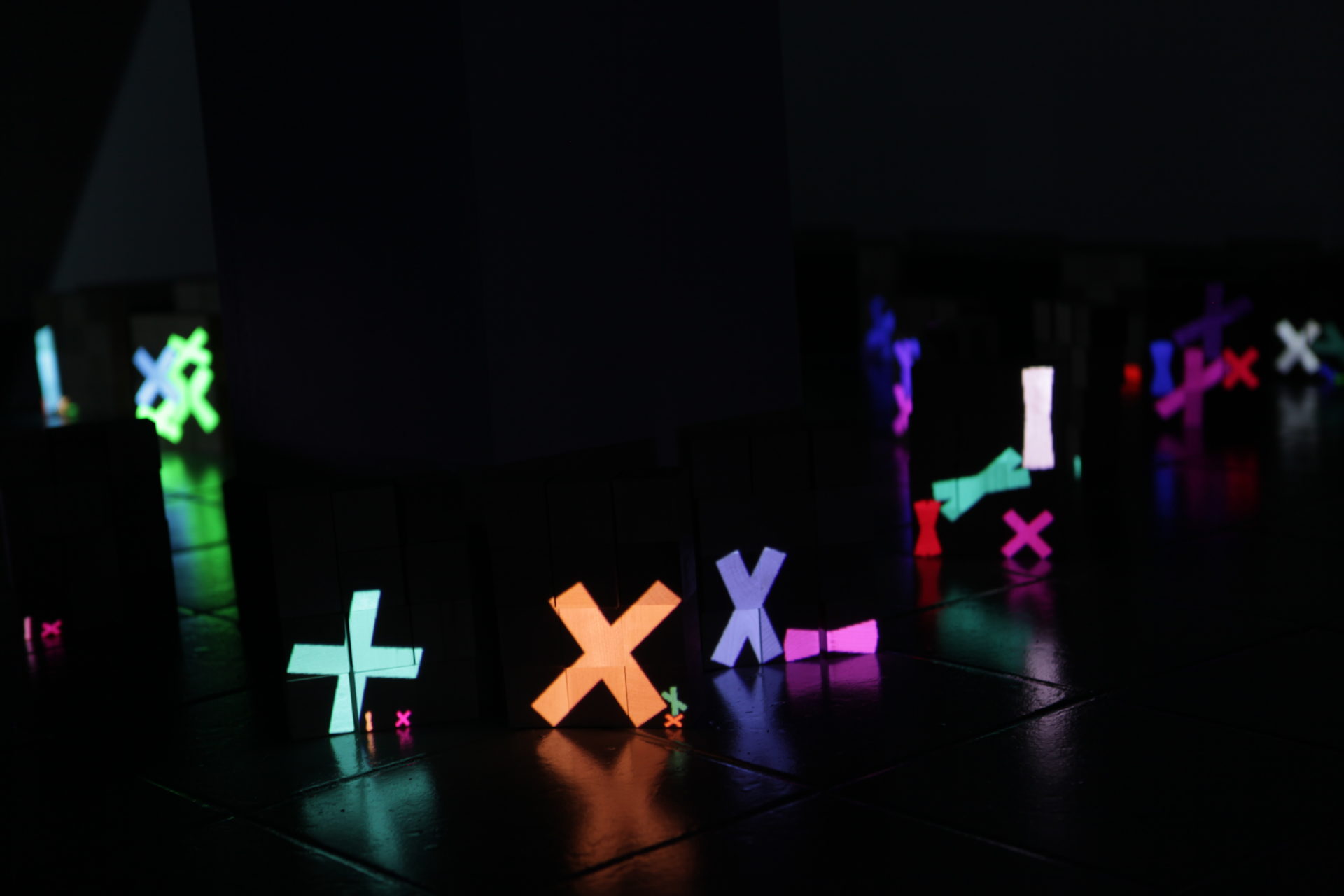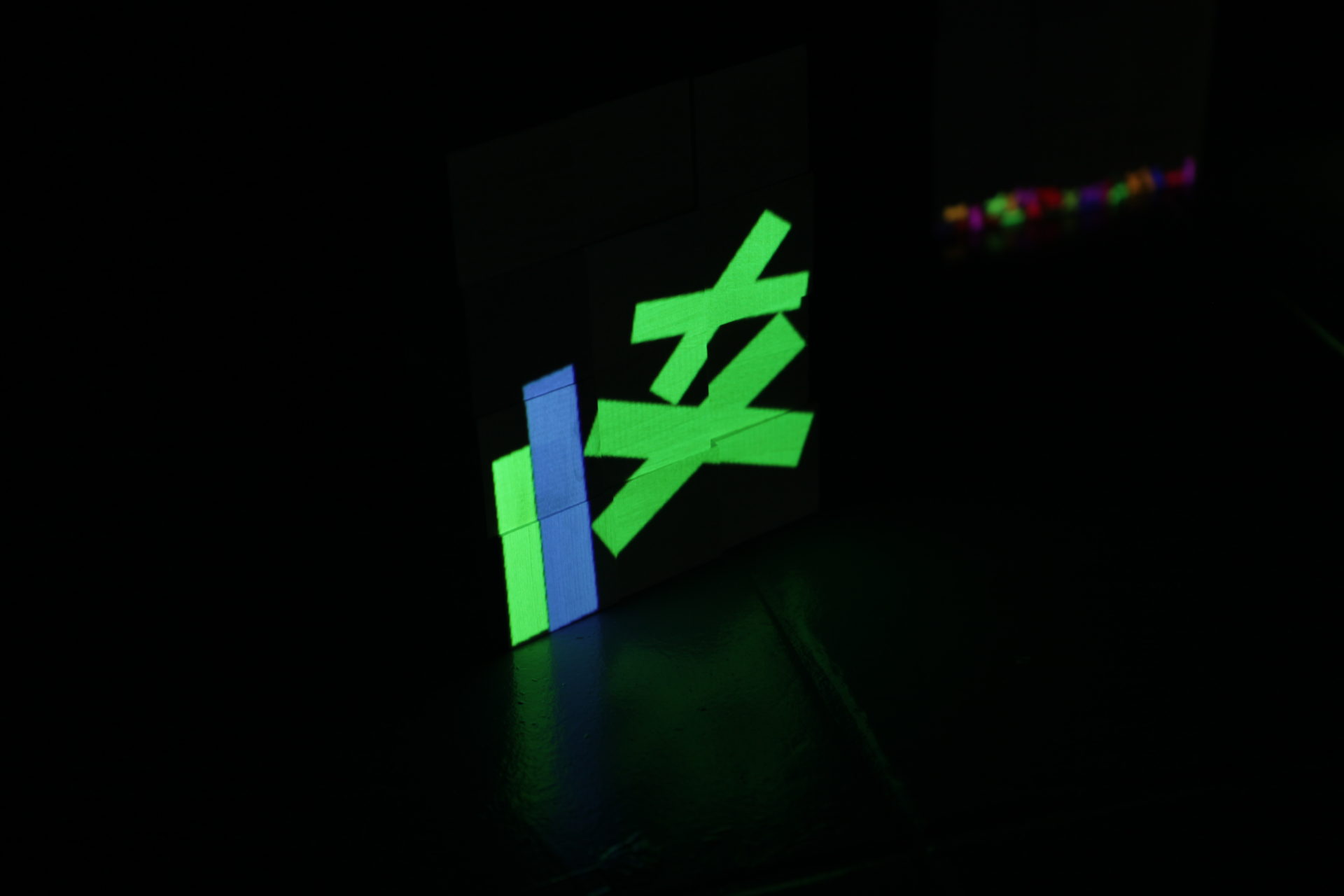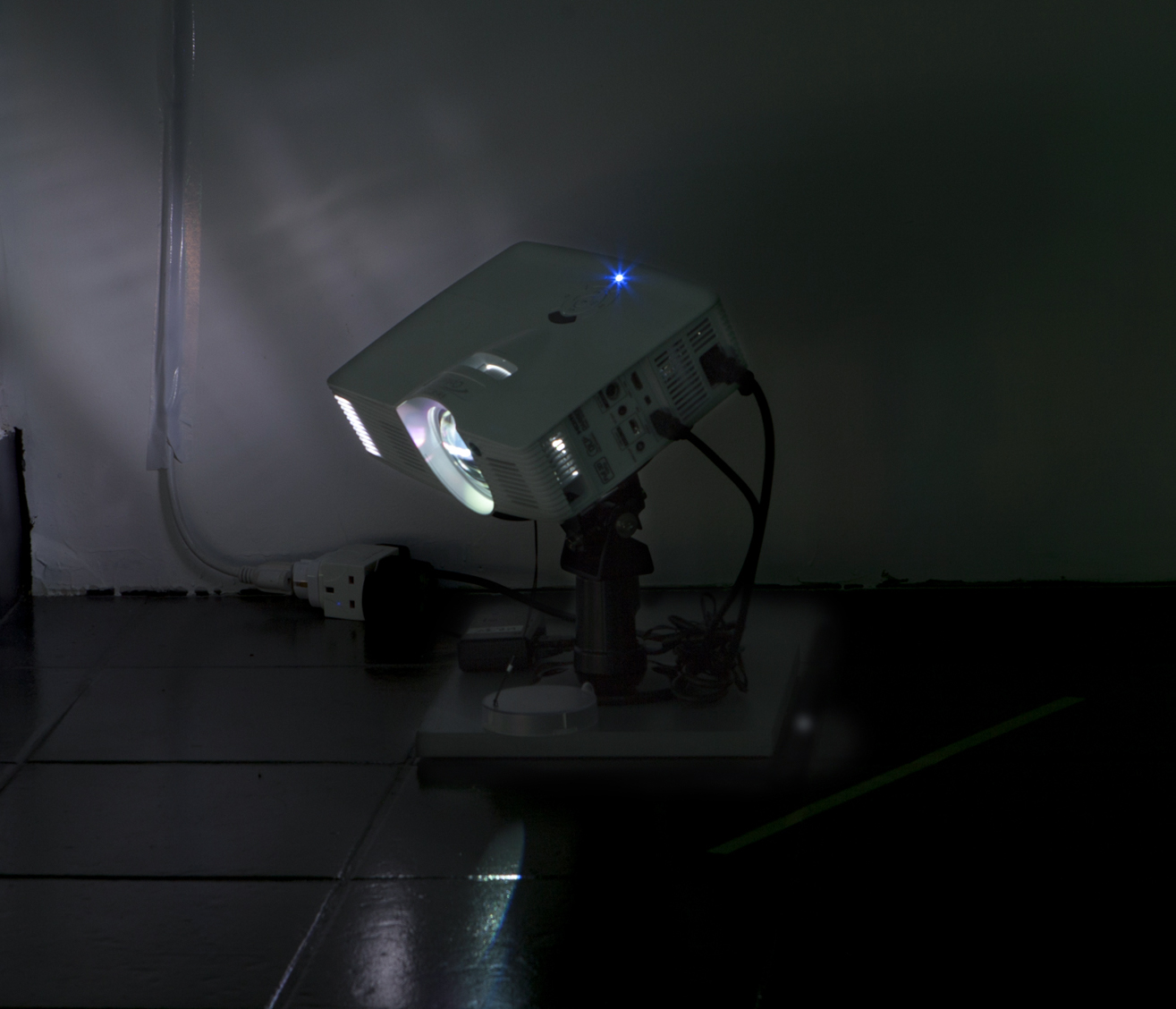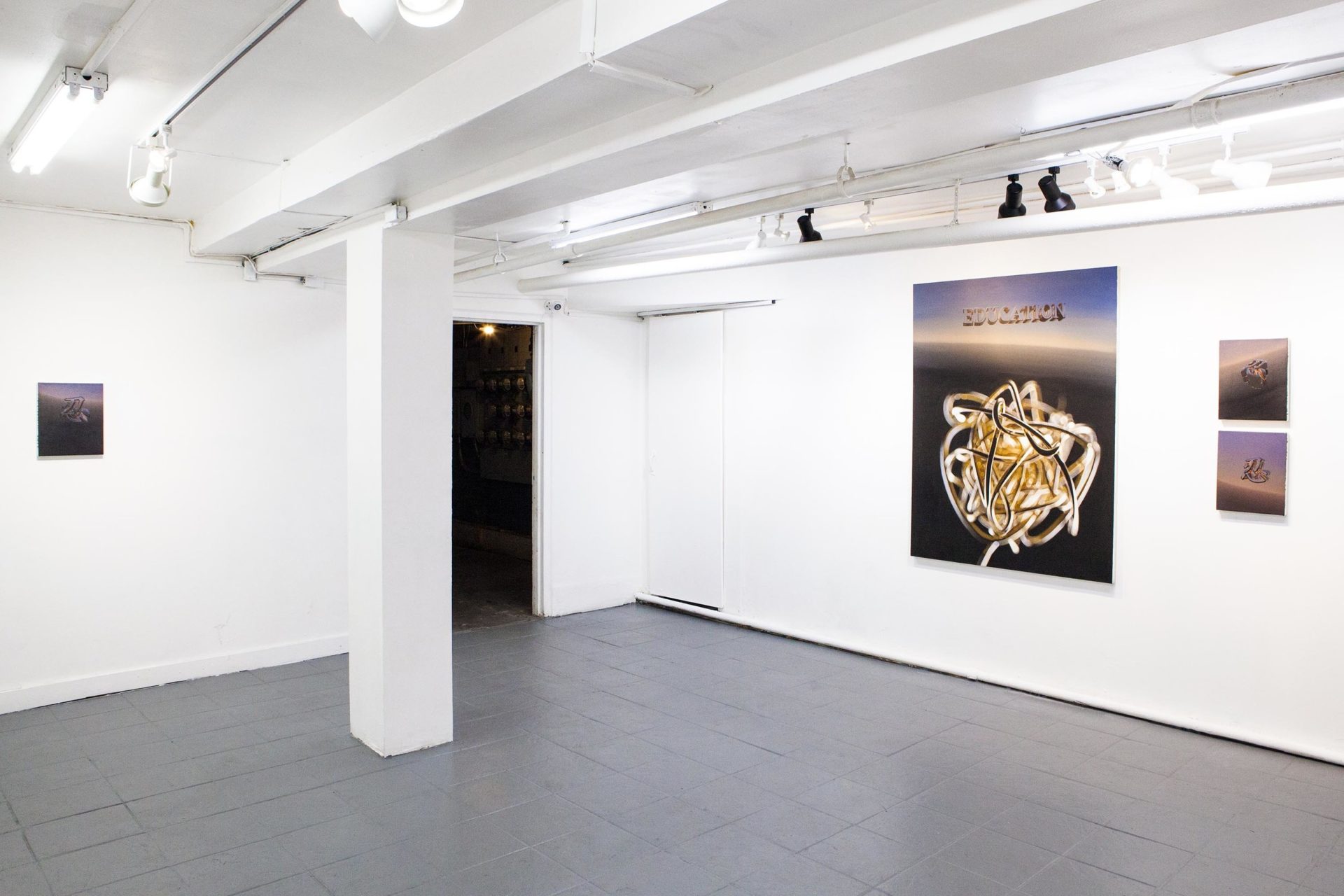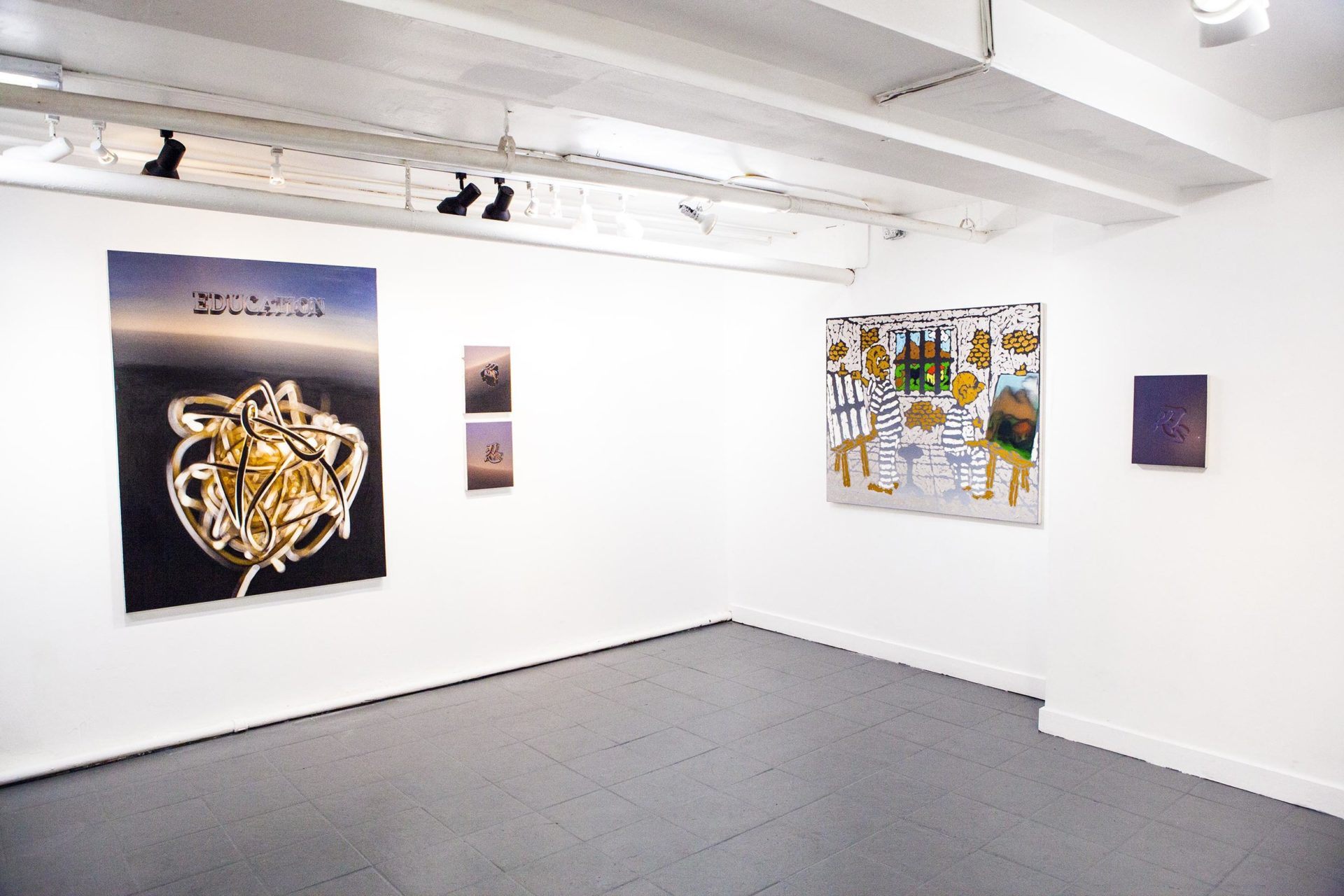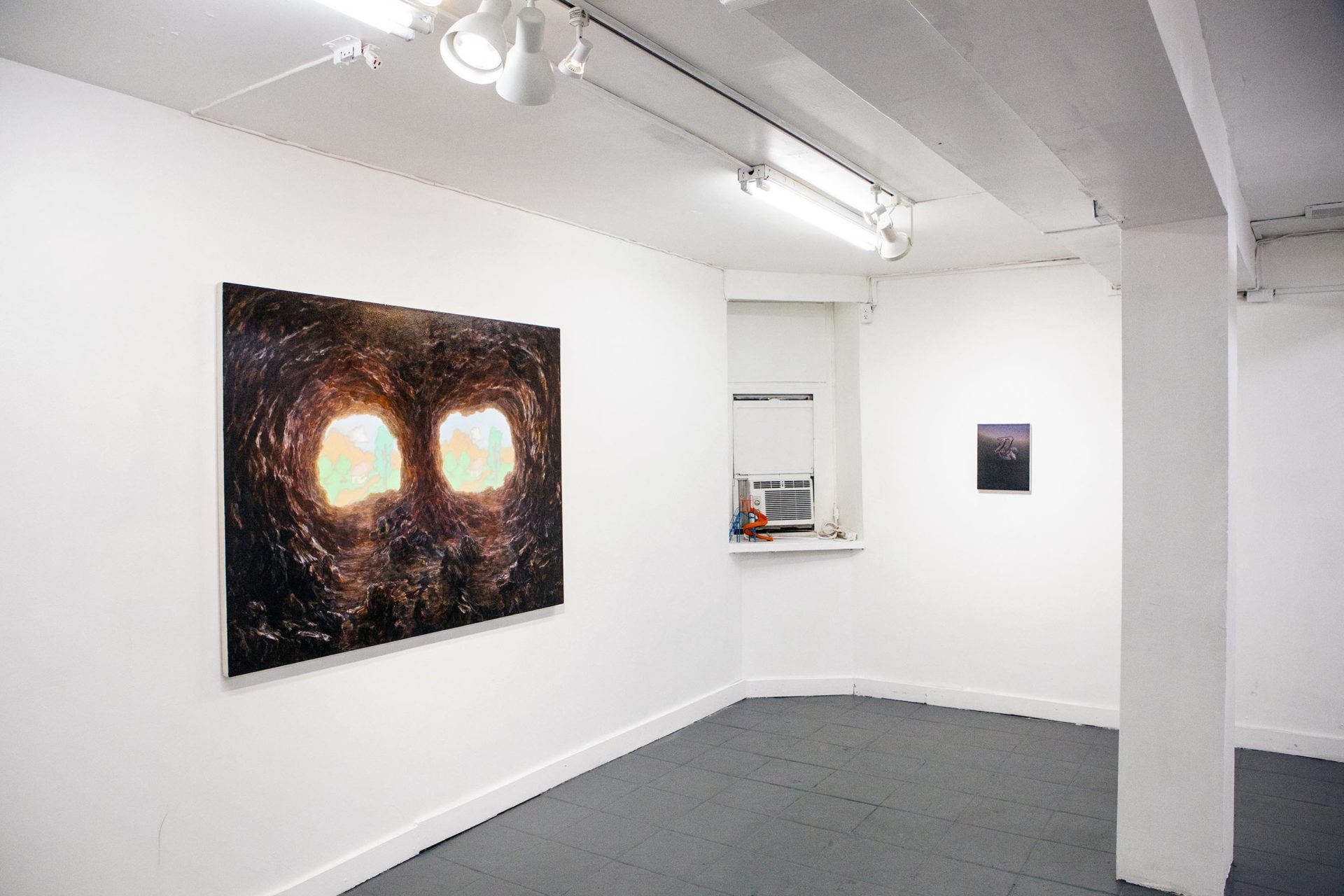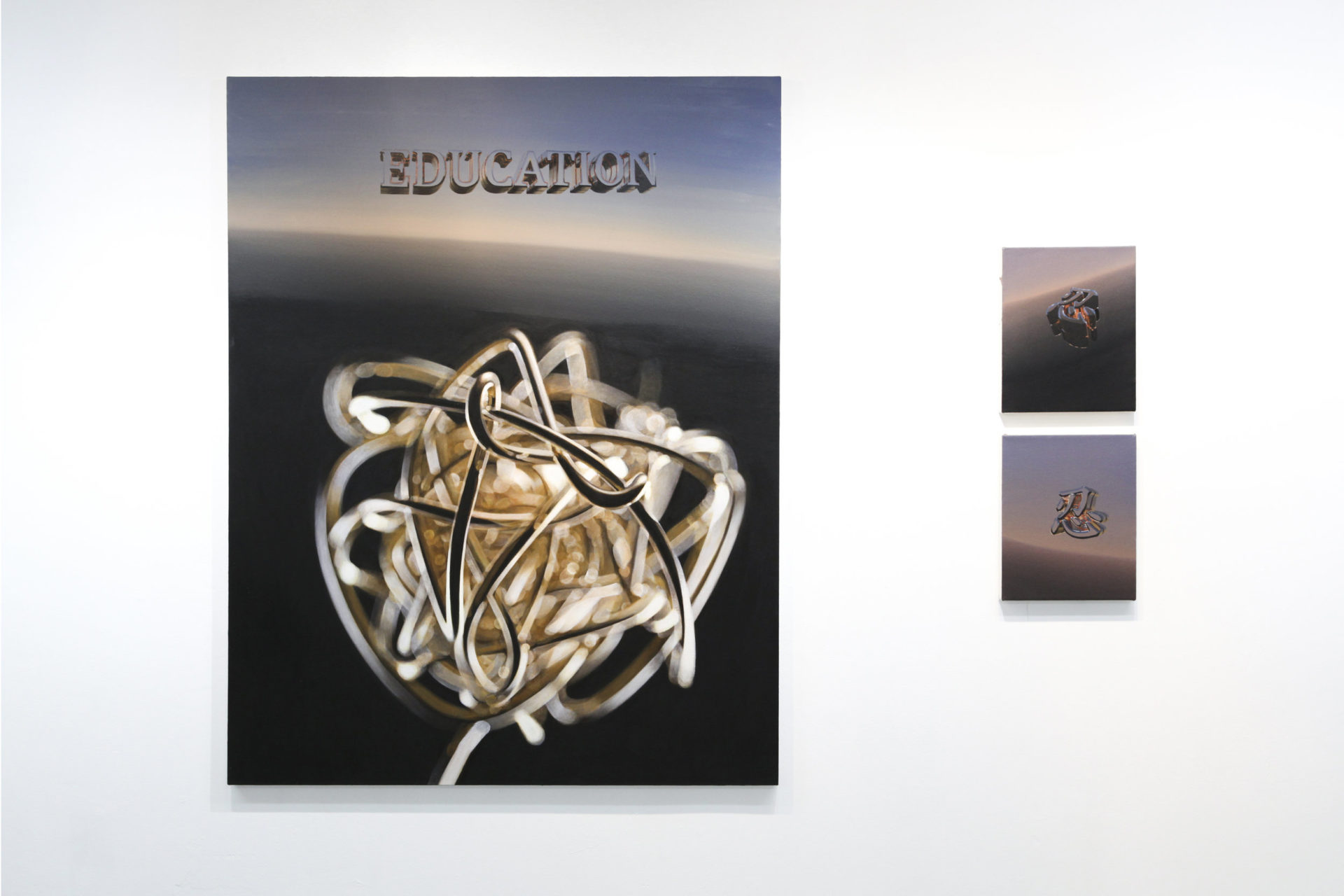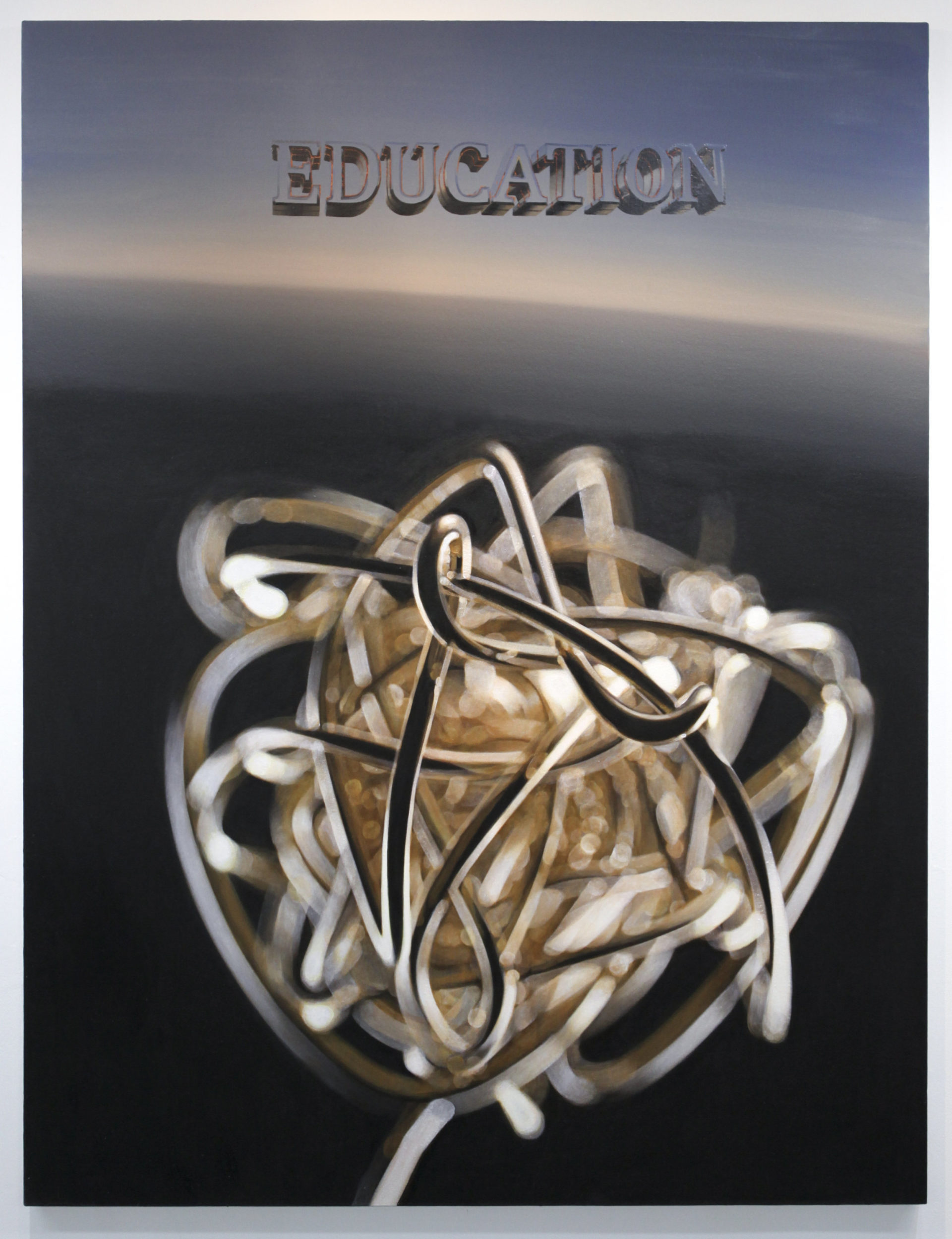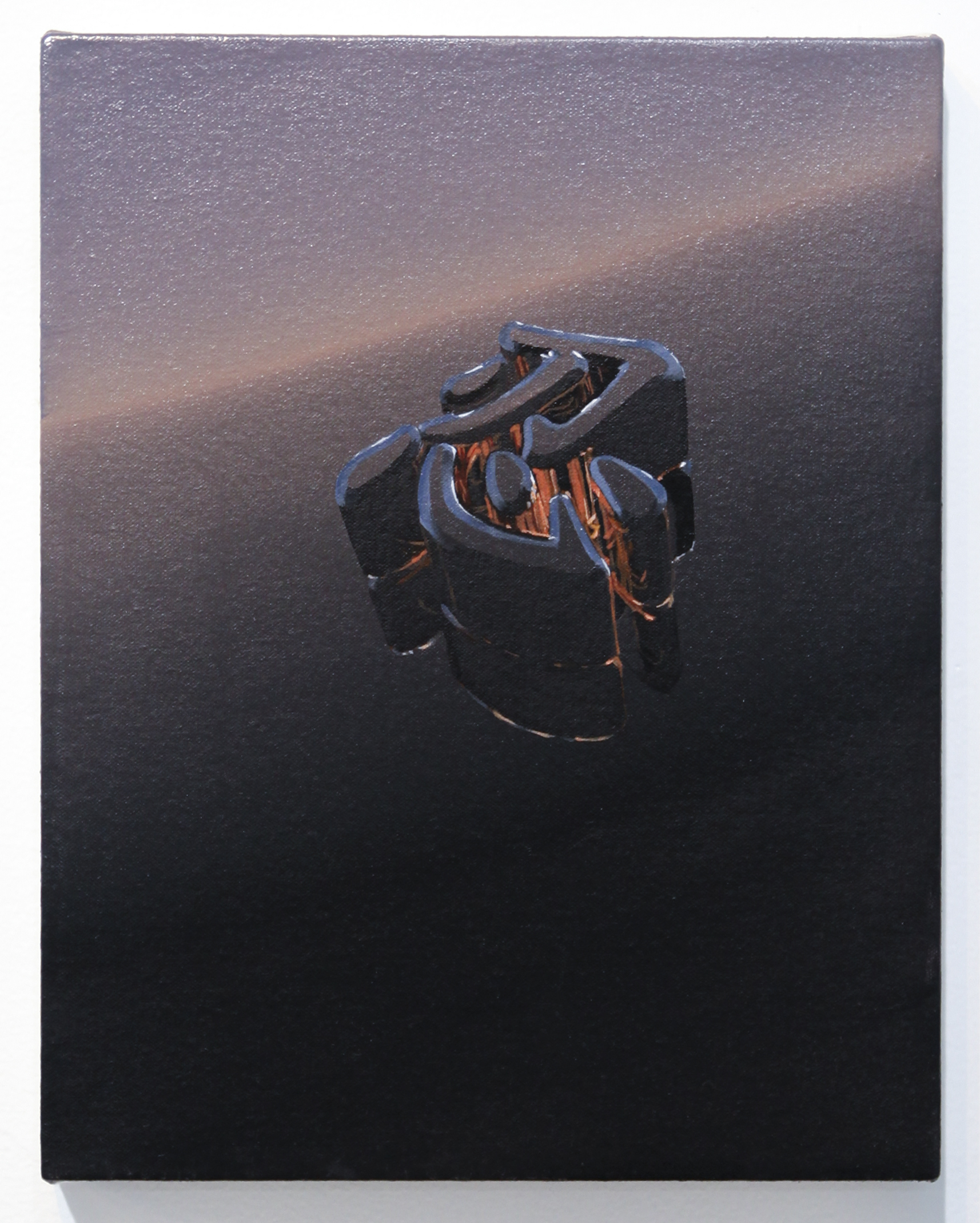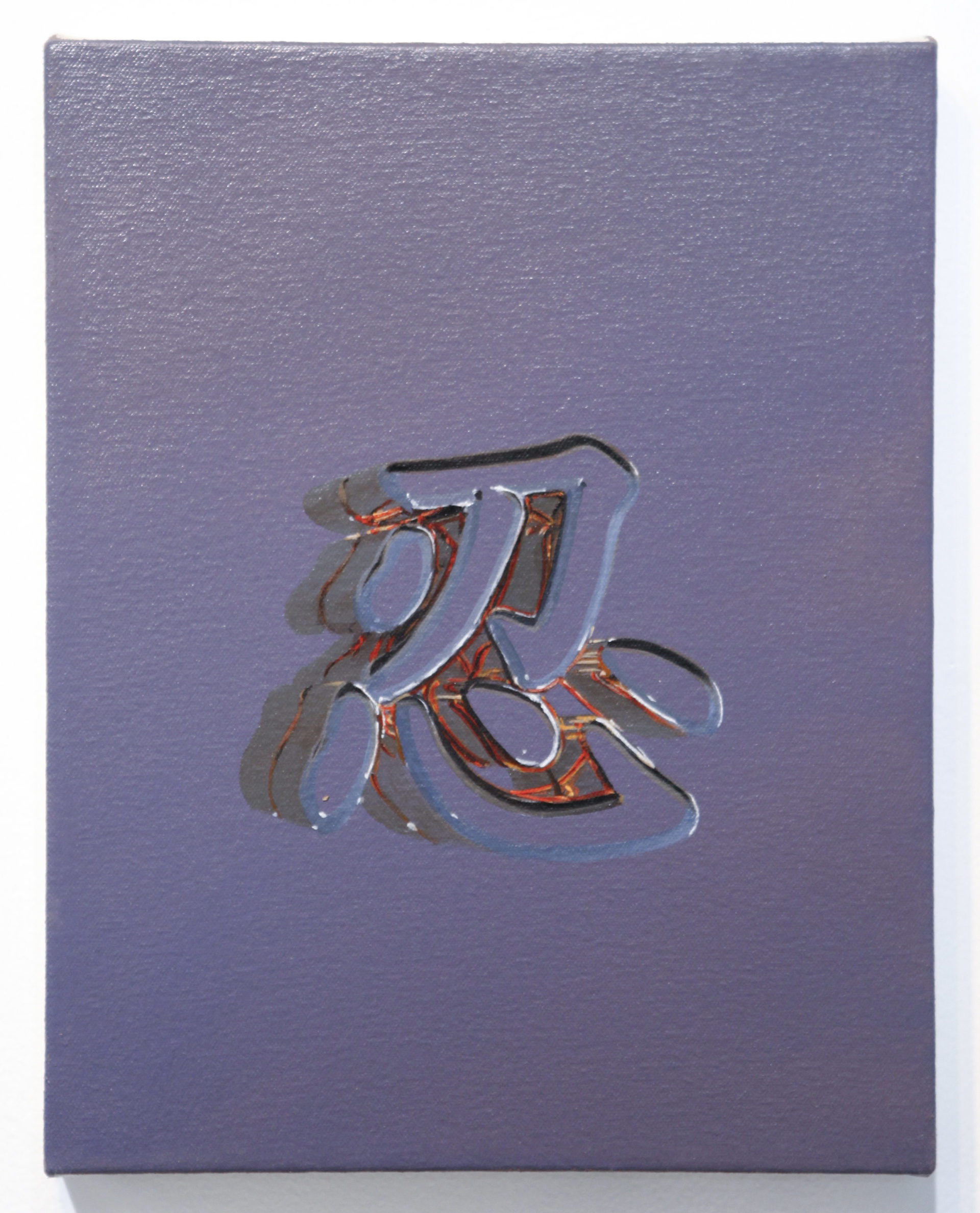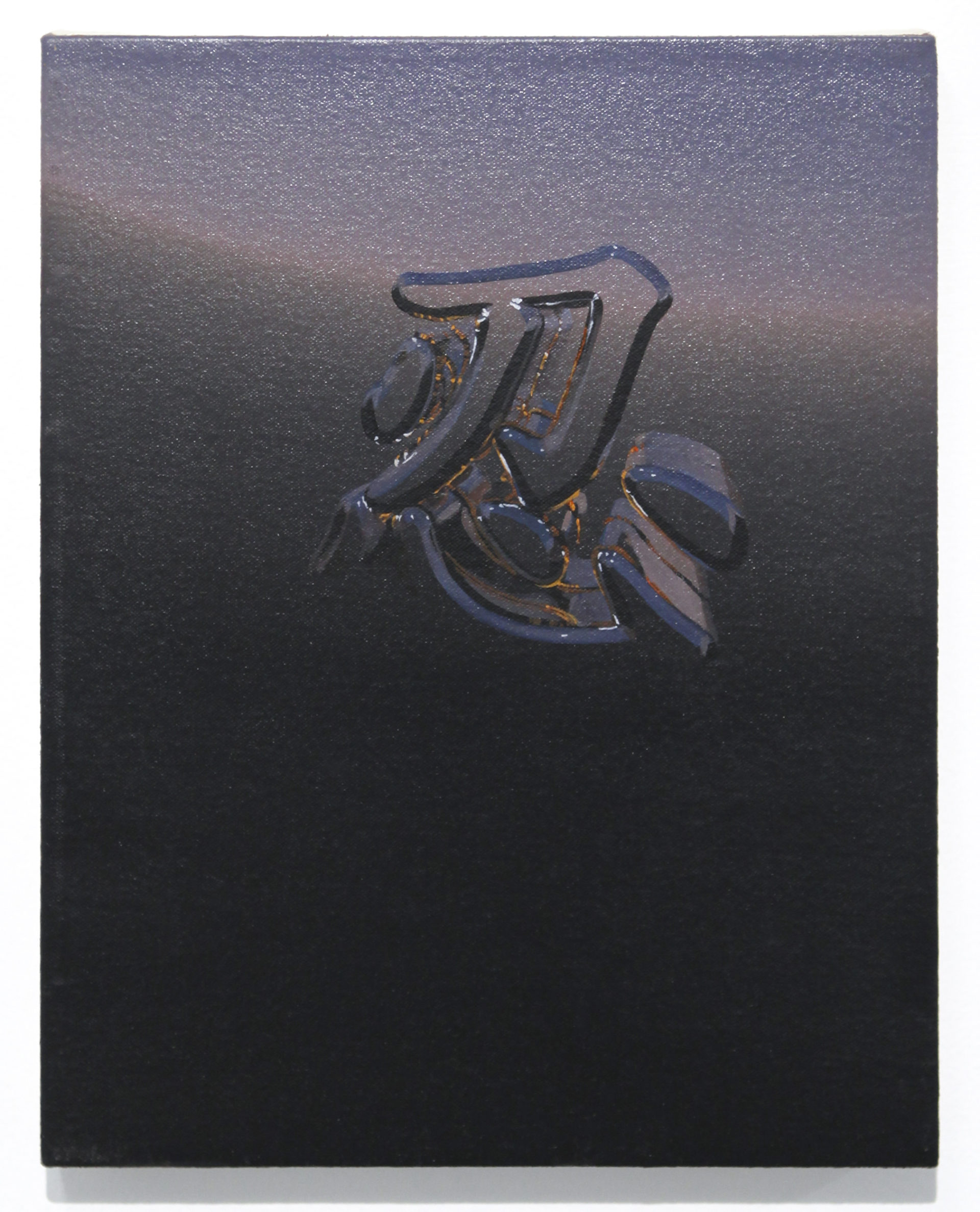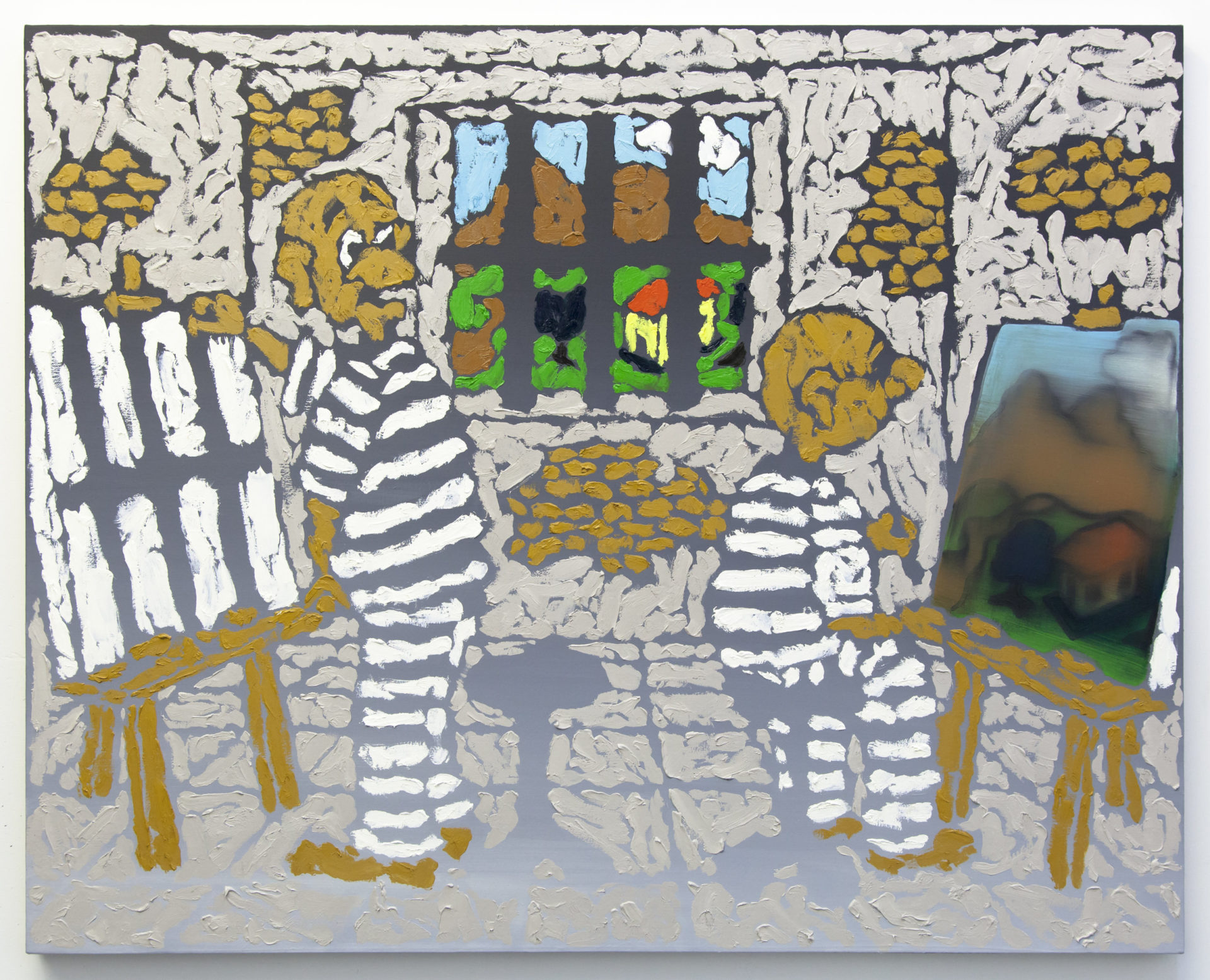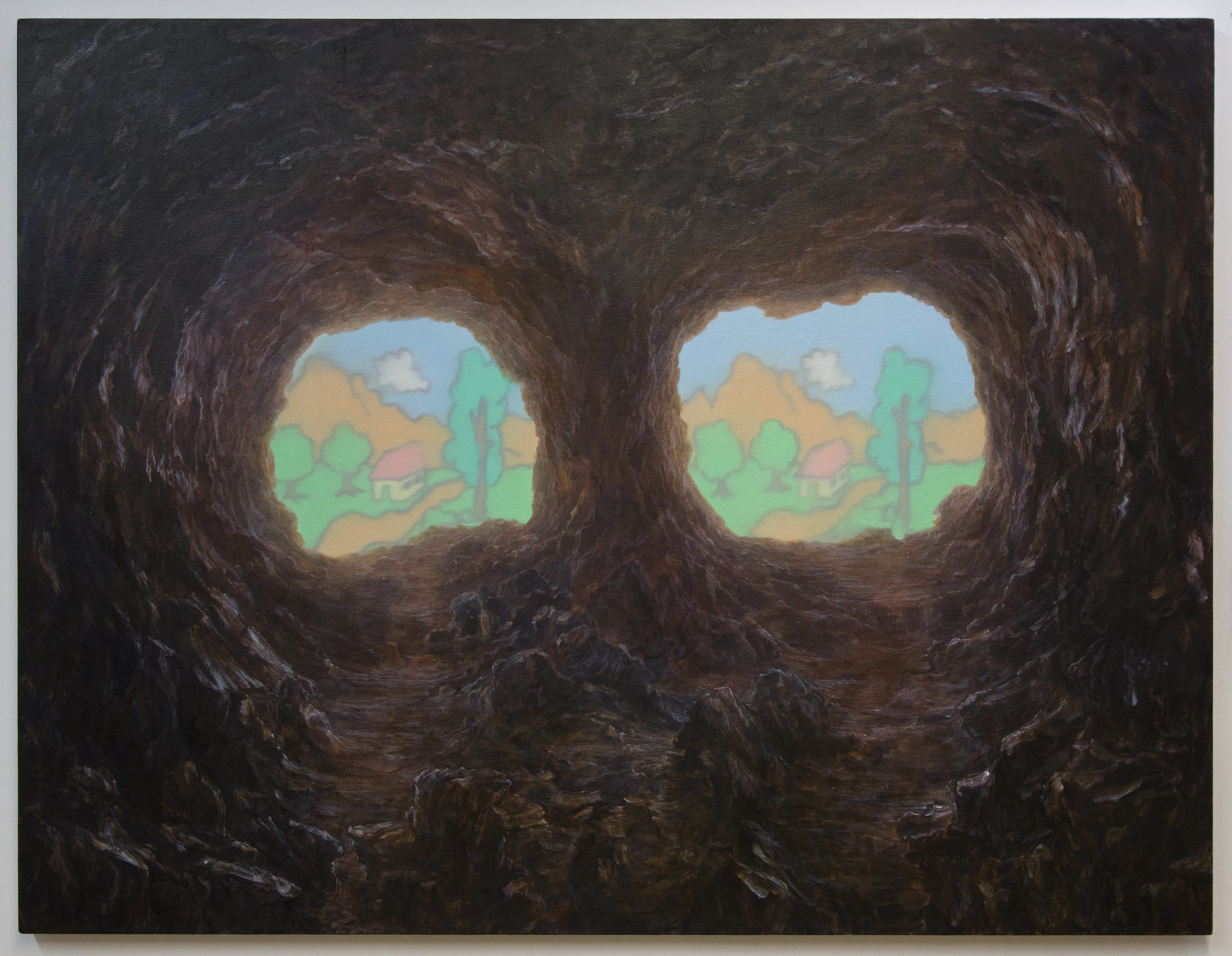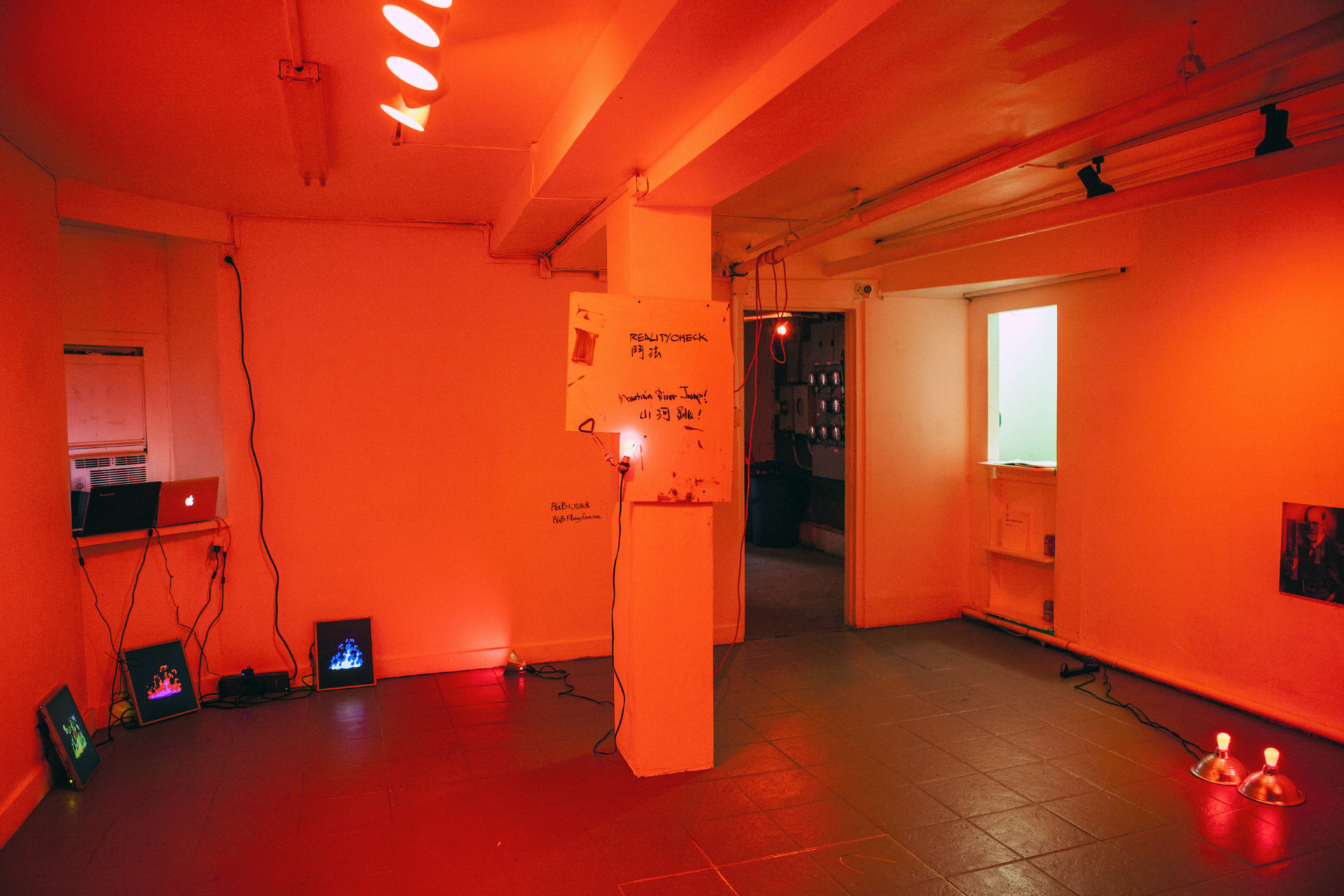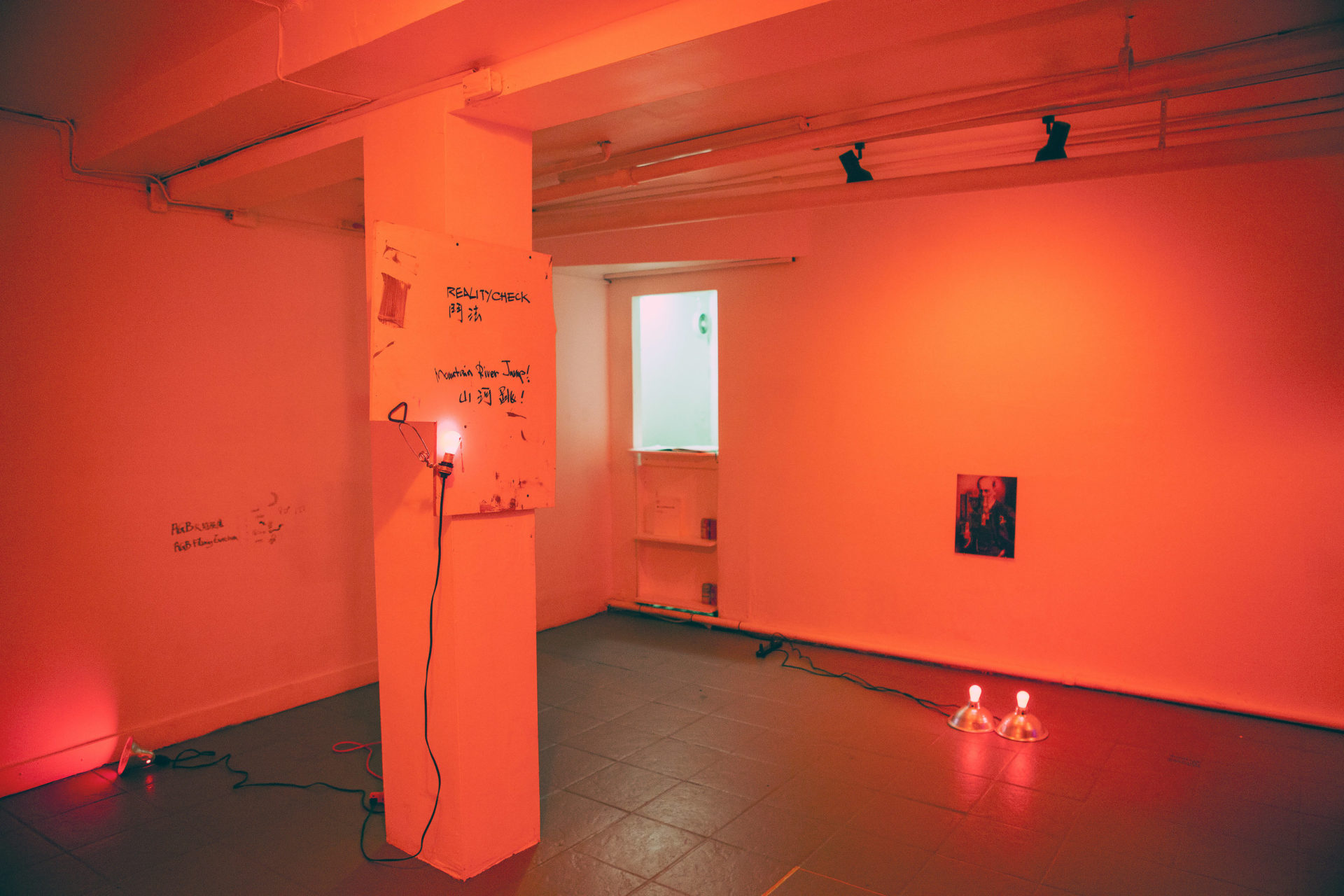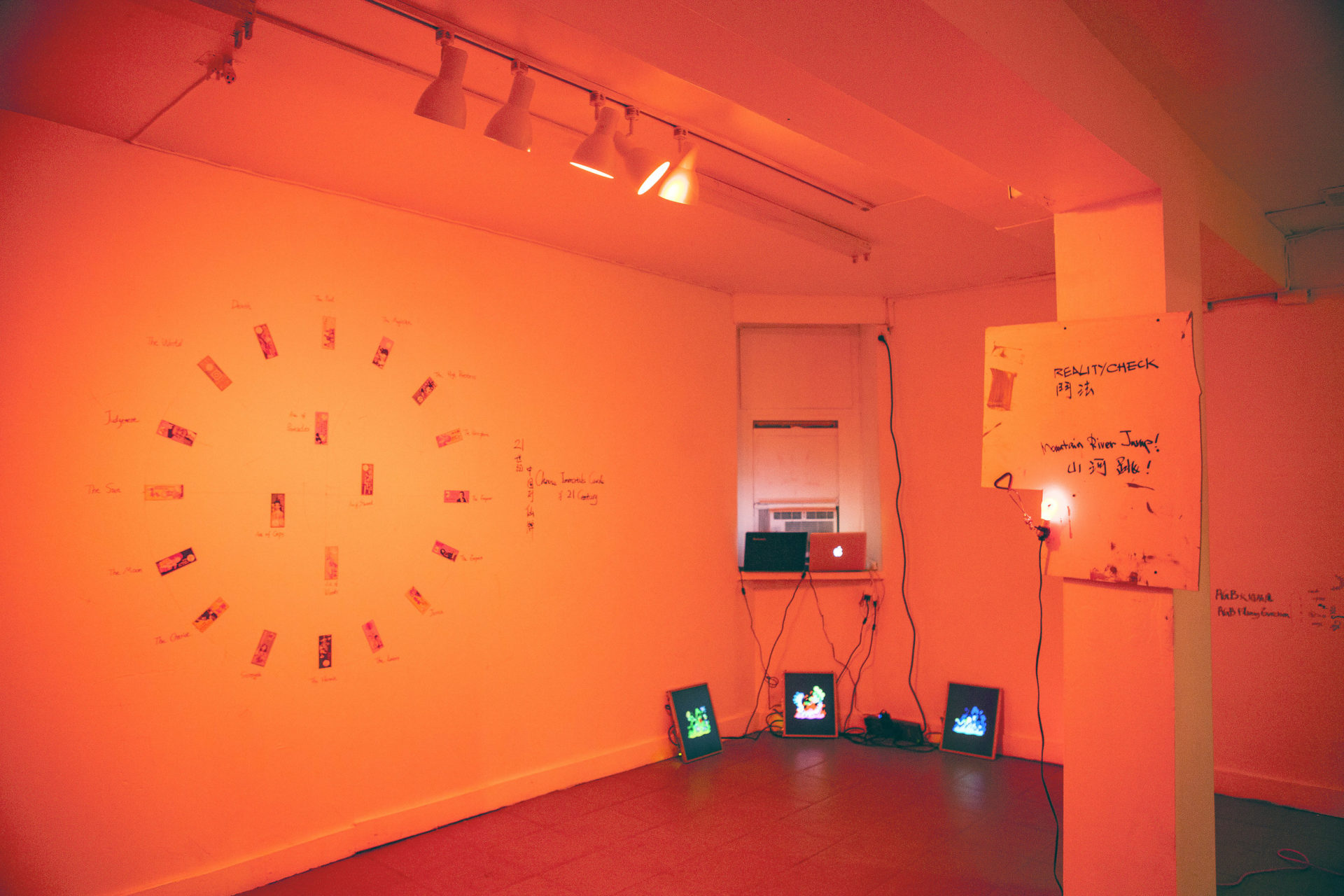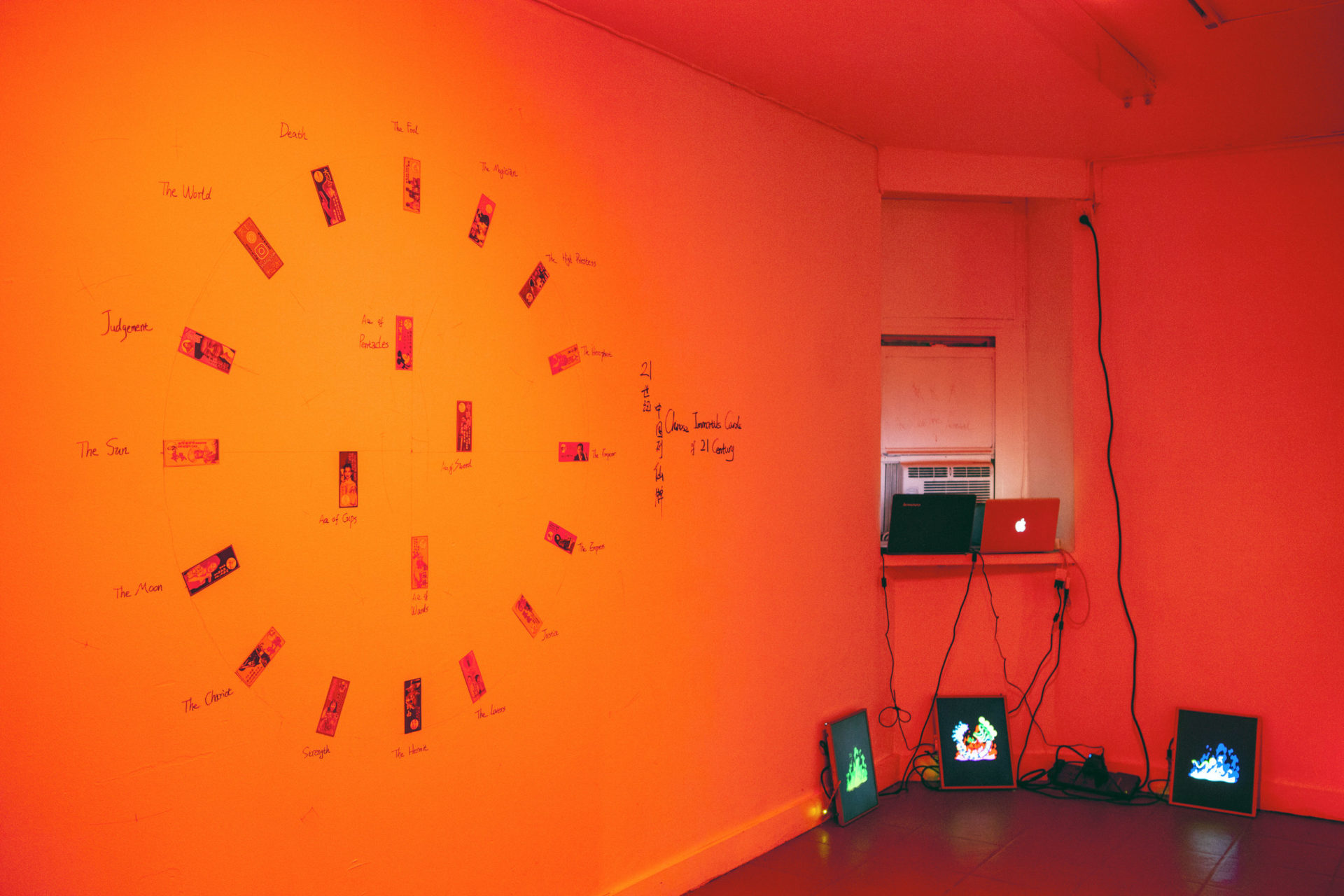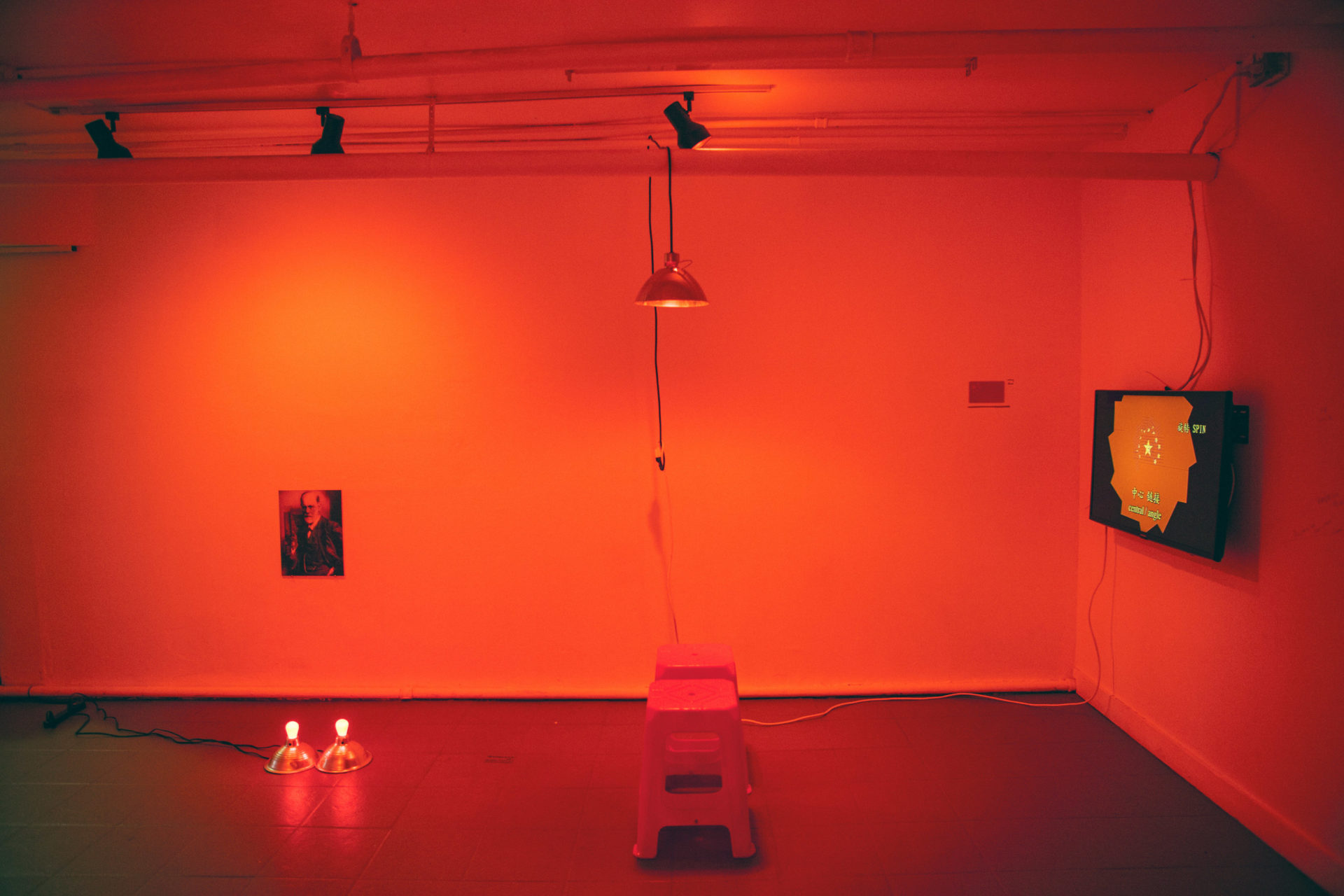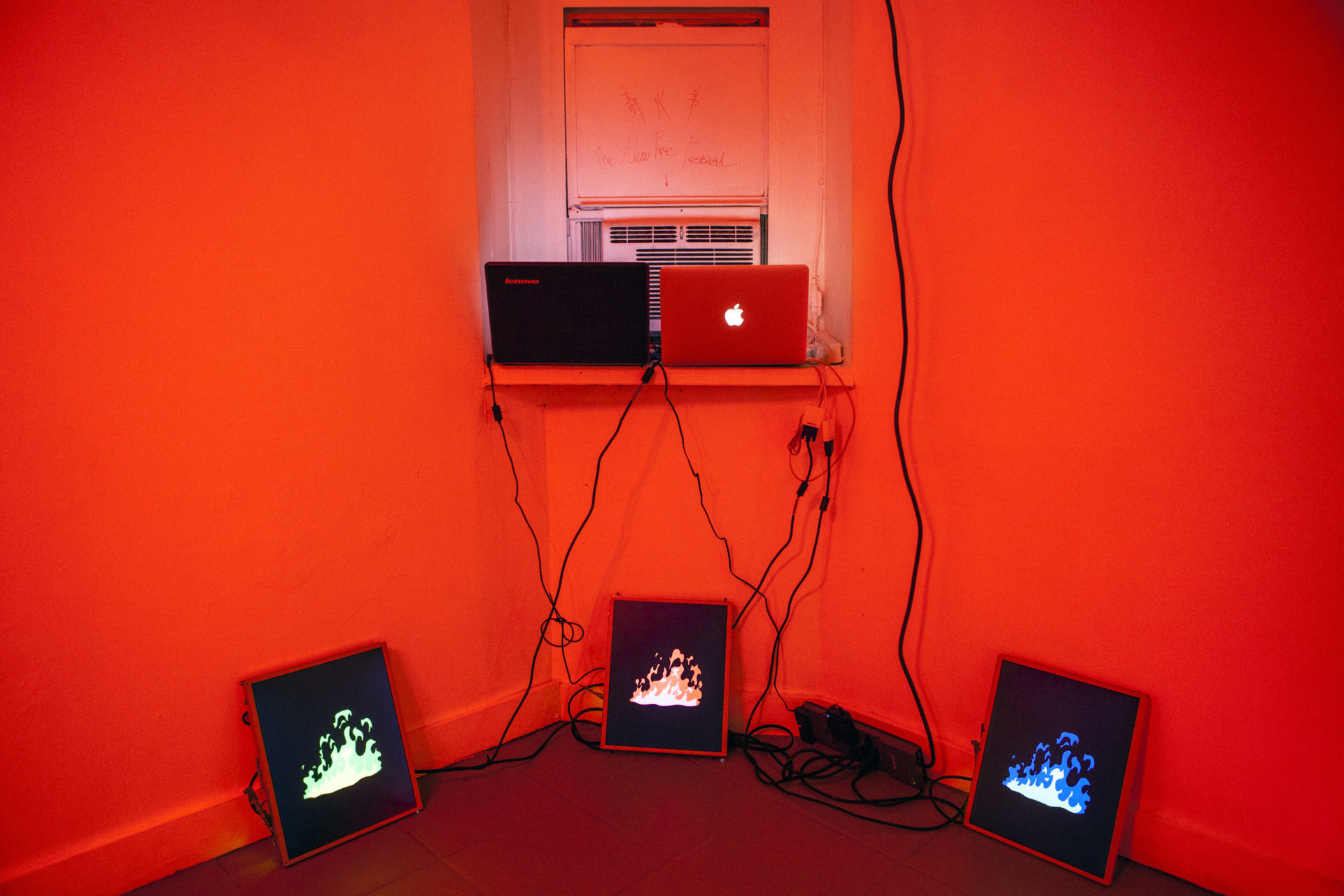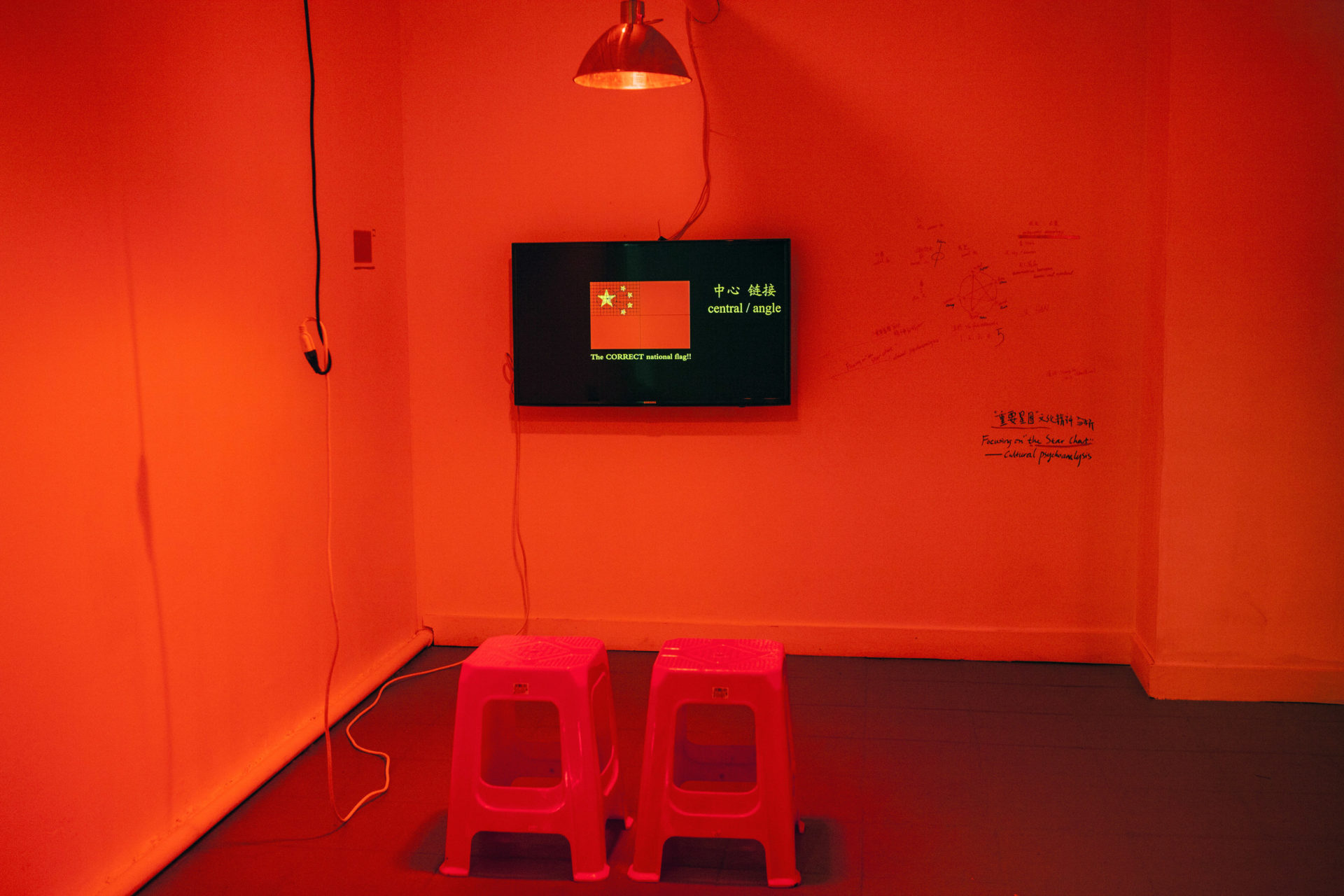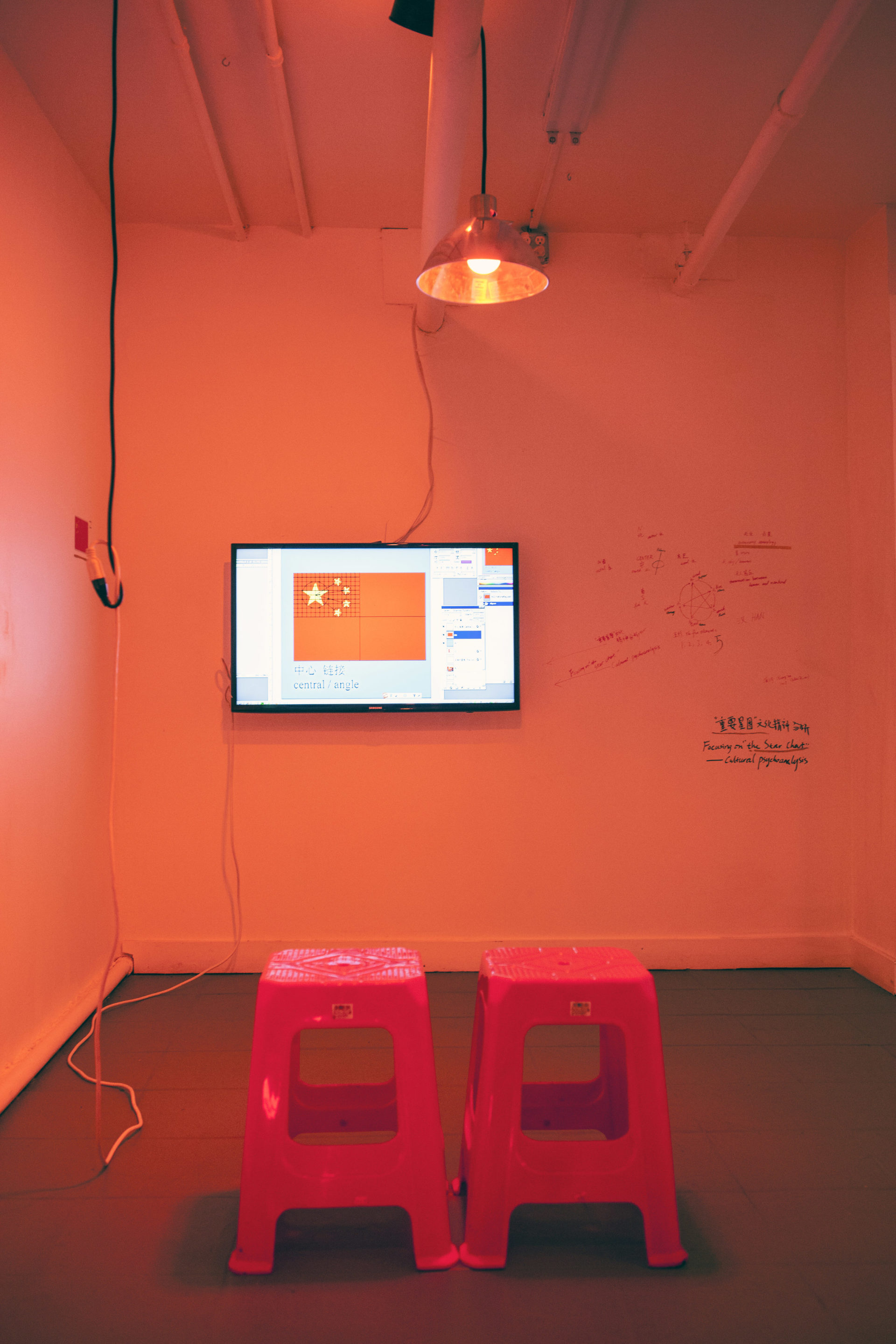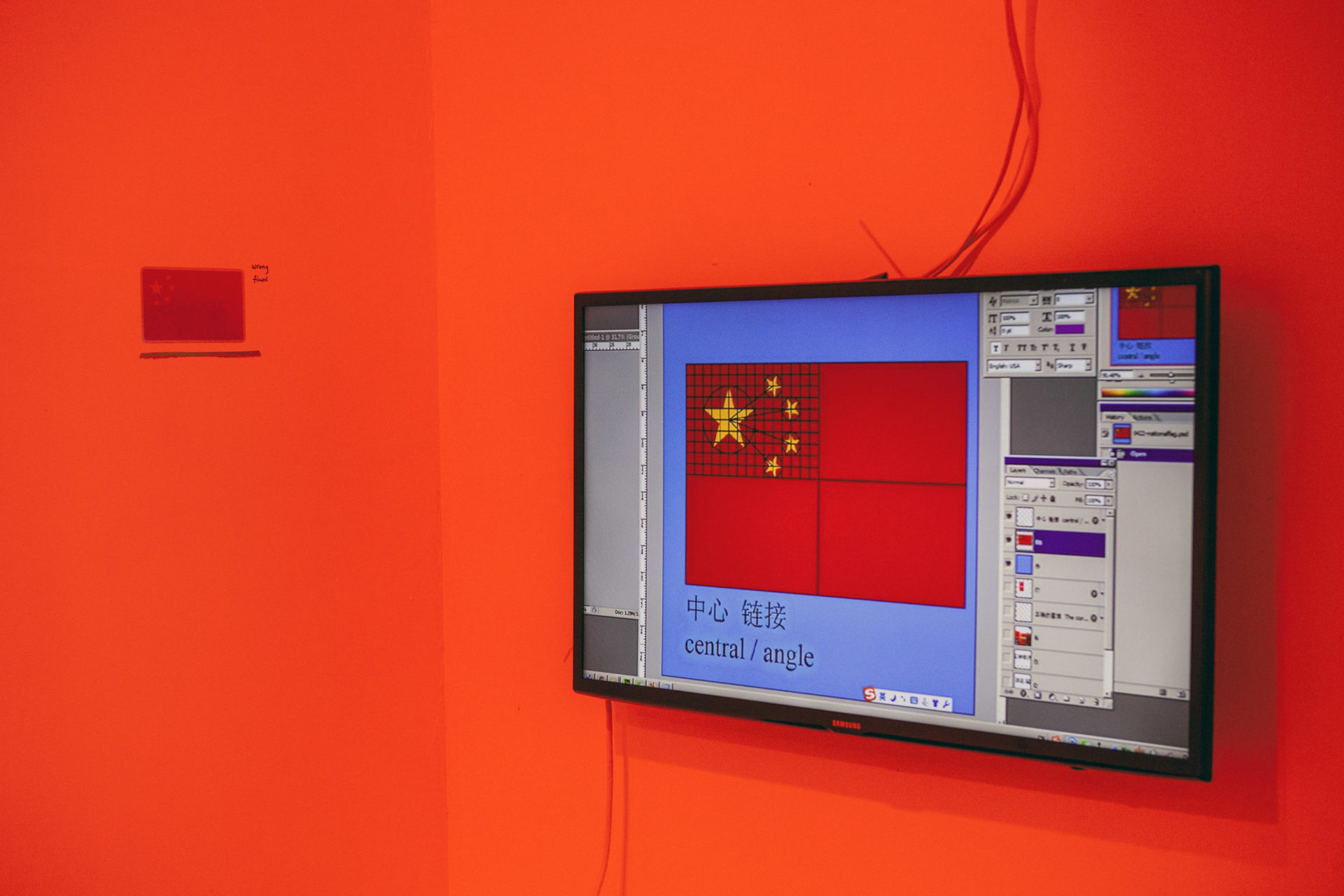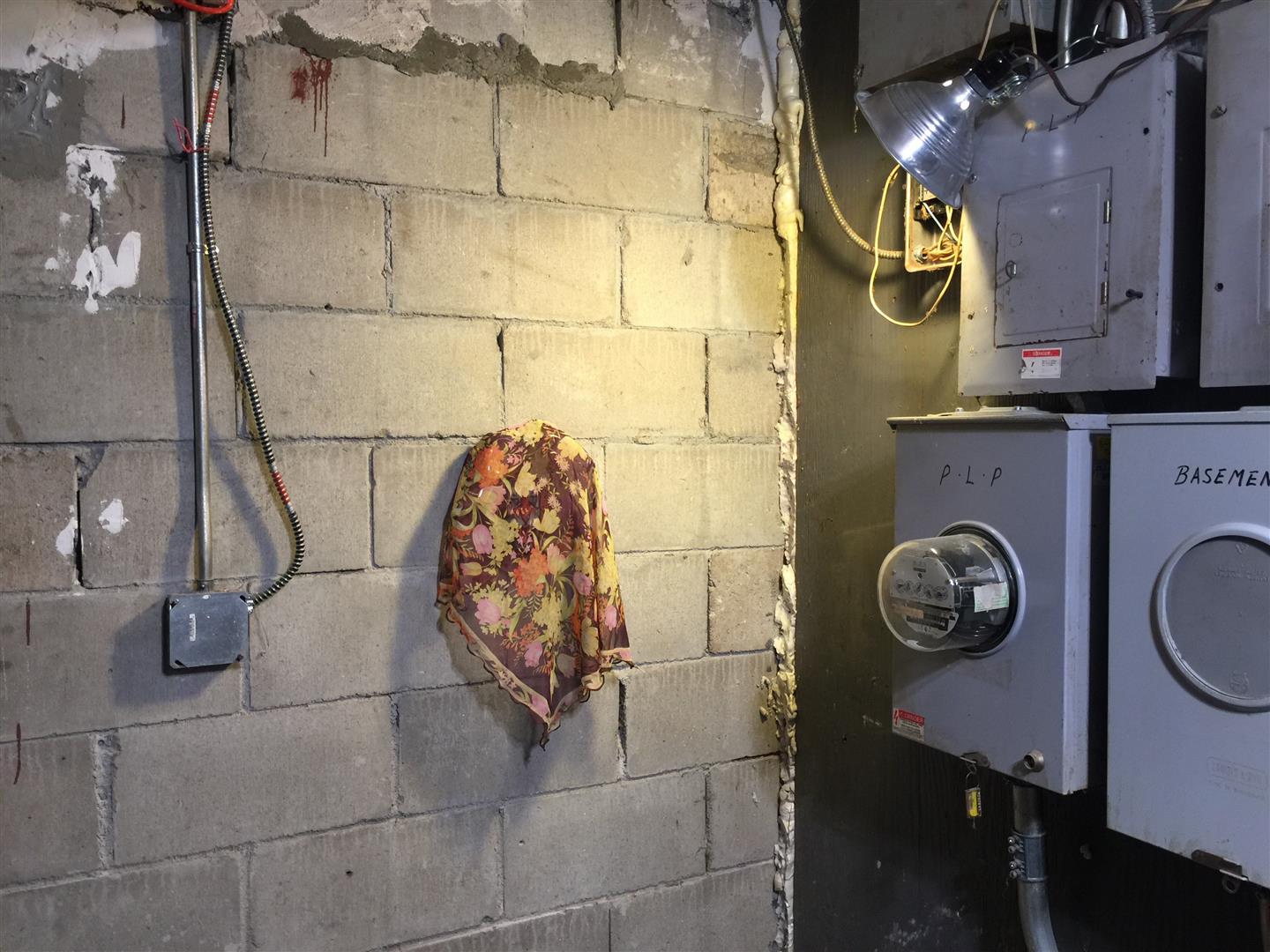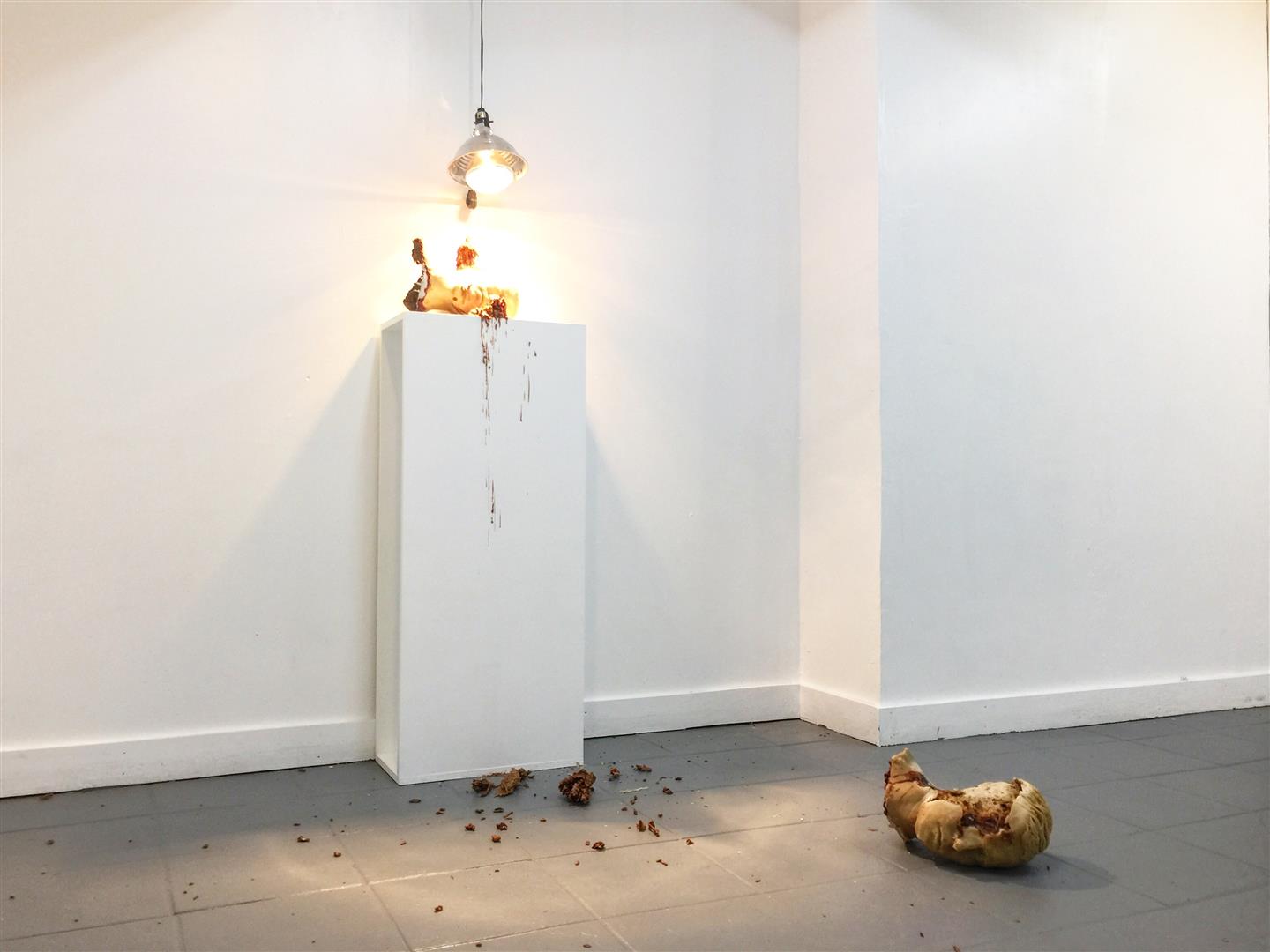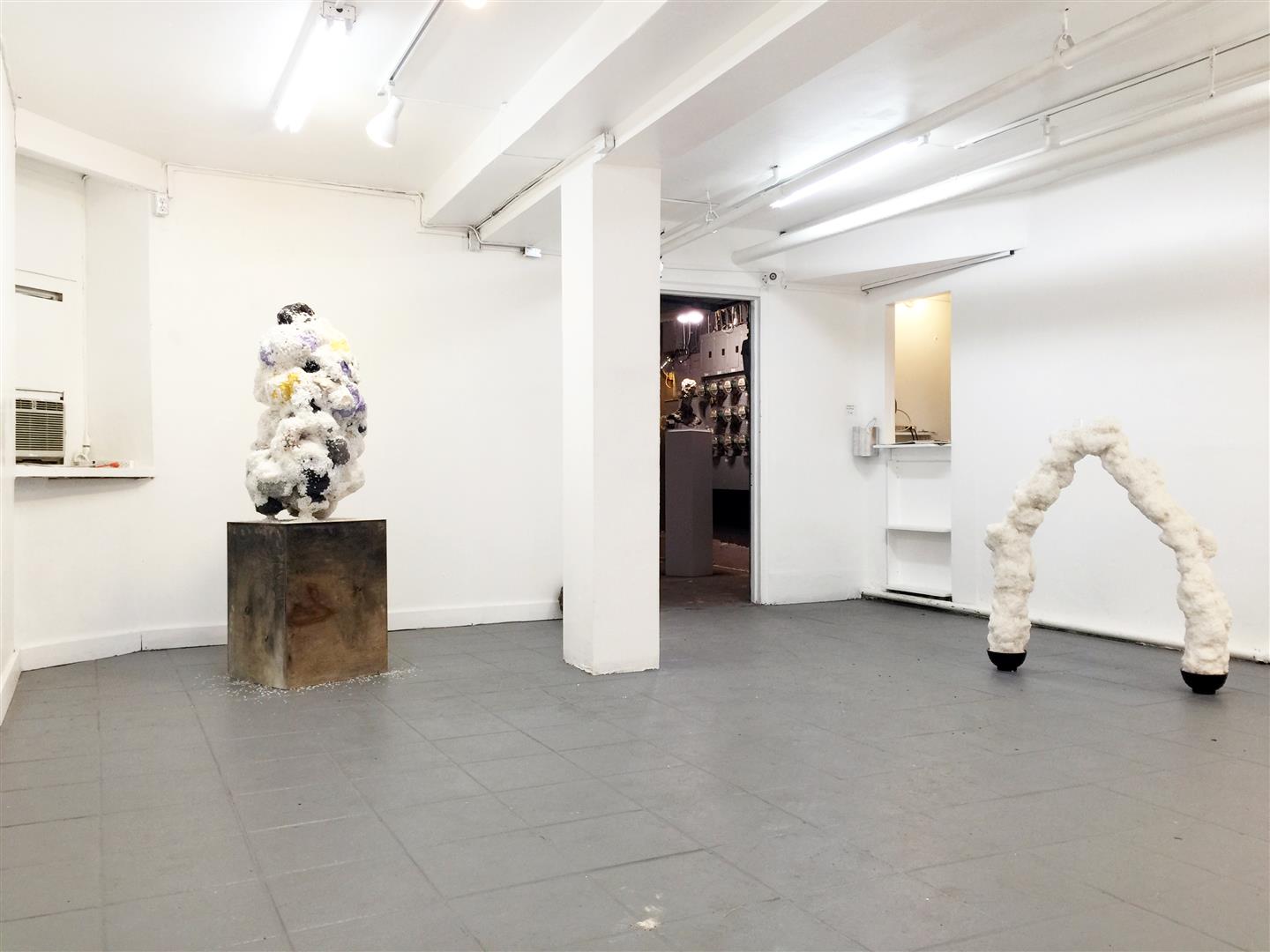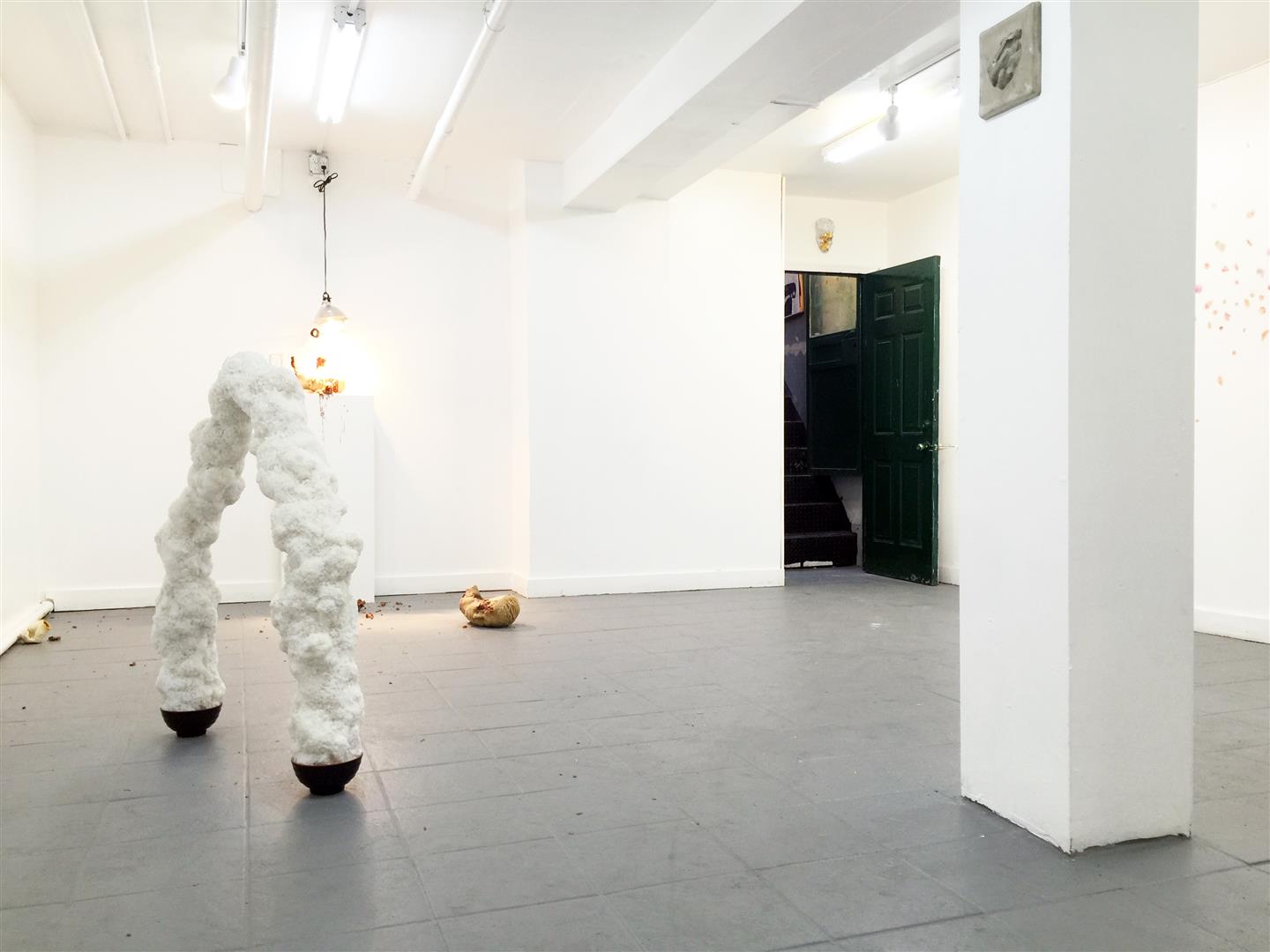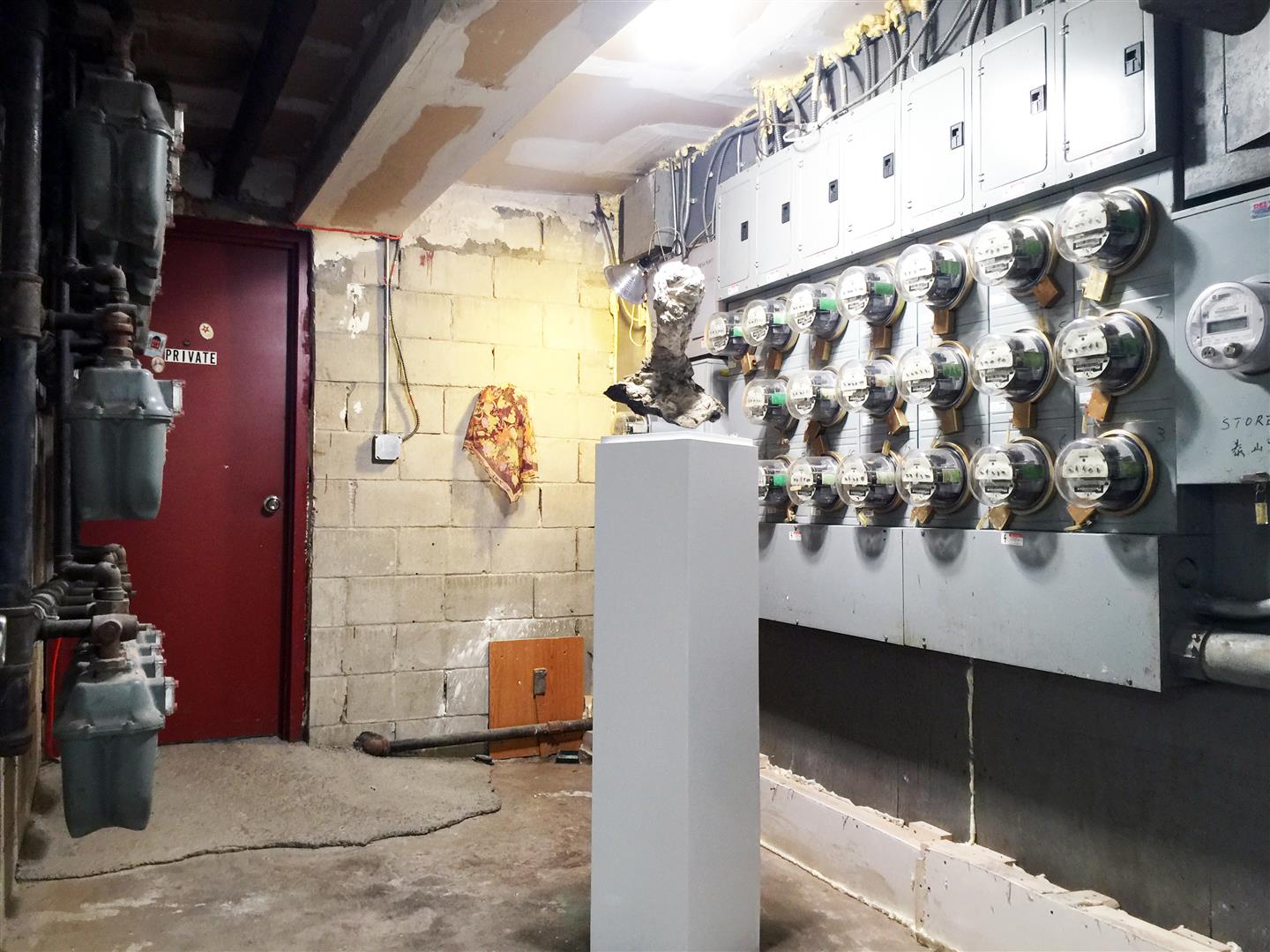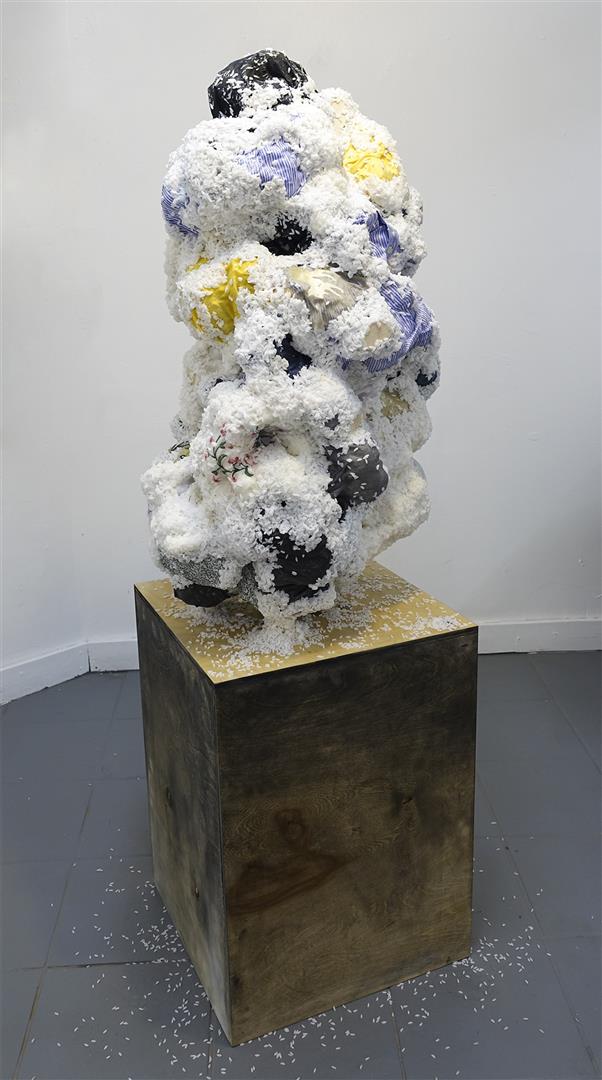indiachinainstitute.org, August 26th, 2023
Text by Tianran Qian
SLEEPCENTER (SC) was the starting point of my research towards NYC alternative spaces founded by the diasporic-Chinese community. I got to know SC’s founder Rui Lin, when I applied to become SC’s space manager last year. I met him in person this summer in Shanghai, and interviewed with him on his journey with SC, and his new research project “XINYI(新意).”
SLEEPCENTER, initially established in 2015 on the harmonious Monroe street of Chinatown, New York City, is a transnational independent 501c (3) and C.I.C (Community Interest Company) not-for-profit agency for art and ideas that provides local communities and international audiences with a forum for “Cultural +” dialogue…After 50 fruitful public programs, the once shabby art space gradually evolved into a sustainable bi-lingual transdisciplinary cultural agency, which provides a variety of steady public programs and social services.
– Why did you found SC? 为什么创立了SC?
– At first we didn’t have a clear vision for this space. Freshly graduated from college, I just wanted to express and create exhibitions. As a fresh college graduate in New York, I was swiftly drawn into the necessity of networking and social connections. However, I found this aspect off-putting, sensing a distortion of priorities. In response, I felt it might be more worthwhile to create a space of my own, considering my capabilities. I am a practicing artist, and around 2012, I began curating as well, which brought me into contact with numerous intriguing artists and venues. Gradually, I accumulated experience through practices. Given New York’s habit of gallery hopping, physical spaces are vital for nurturing a community and facilitating genuine communication and artistic experiences.
一开始并没有考虑过这个地方会变成什么样子,纯粹是刚刚大学毕业,有表达欲,想要办展览。在纽约作为一个刚刚起步的大学毕业生,很快被卷入了必须混圈子、需建立人际关系的局面。但我很讨厌这一点,觉得本末倒置。与其这样,不如自己找个地方做事情,毕竟有能力!我是一个practicing artist,2012年左右也开始策展,接触到很多有趣的艺术家和空间。逐渐我开始积累经验,通过实践的经历,来练习和思考如何更好地呈现内容。纽约有gallery hopping的习惯,实体空间对社群是很必要的,真正的交流和艺术的体验都需要线下空间。
– Did you collaborate with anyone at first? 起初有合作伙伴吗?
– My initial partner was Turkish, and our team was quite diverse, including friends from South Korea, the United States, Vietnam, Japan, and more. Right from the start, we were dedicated to approaching this venture seriously. Our ideas for the space varied; for instance, some partners saw it becoming a gallery. However, I personally lacked interest in the gallery format. New York has a flaky and transient nature; turnover of staff is high, resulting in various changes within the team. Nevertheless, the space naturally drew in a range of individuals, forming a community organically.
起初我的合作伙伴是土耳其人,团队里有韩国、美国、越南、日本人等,非常多元,都是同学和朋友。我们选择开始时就决定要认真对待。大家对空间的有很多不同的展望,比如合作伙伴想发展成画廊,但我对画廊这个载体本身不太感兴趣。纽约很flaky,人员流动性大,团队也经历了几次更替。但空间还是自然地吸引了很多人,形成了一个community。
Our very first exhibition, “Wake Up Stamark,” showcased the work of Jakob Steensen from Denmark. While he already managed a similar venture in Denmark, he aspired to make his mark in New York. After an introduction through mutual friends, I found his work to be captivating, still a work-in-progress. Little did I anticipate that he would later participate in the Venice Biennale.
我们的第一个展览是“Wake Up Stamark”,来自丹麦的Jakob Steensen,他虽在丹麦也运营空间,但想来纽约闯荡。通过朋友介绍认识后,我发现他的作品非常有意思,还是work-in-progress,没想到后来他还参加了威尼斯双年展。
– How did you pick the site? 如何选址?
– We stumbled upon a truly abandoned basement space on Monroe Street in Chinatown. Originally known as the “Beijing Guild Hall (北京会馆),” it used to be a gathering place for Chinese immigrants from the northern regions. In comparison to the established Fujian and Cantonese-speaking population, the Northerners were much more marginalized. Making things happen in a foreign land is challenging, and the walls aren’t hidden; they’re quite apparent. A foreigner in China can never fully grasp the complexities of this society, let alone participate in its processes. In contrast, the United States is an immigrant society with a relatively well-defined structure.
当时在Chinatown的Monroe Street找到了一个地下室,真正的废弃,曾经多次被火烧过。它原本叫“北京会馆”,是北方移民的聚集地。与大量的福建和粤语区移民相比,地位更底层。你们也知道在异国他乡想做点什么并不容易,我不认为那堵墙是隐形的,它非常明显。一个外国人在中国也理解不到很多很多事情,社会的复杂性和精神都无法体会,也无法参与社会进程。美国是一个结构相当清晰的移民社会。
– Why a physical space? 为什么要一个实体空间?
– The exploration of spatial utilization and its relational attributes began. From a contemporary art standpoint, spatial practices are in line with the concepts of “social sculpture” and “relational aesthetics.” Consider Joseph Beuys planting trees in Kassel or Rirkrit Tiravanija preparing Thai fried noodles—these are involvements that go beyond art and enter social realms. Initiatives like New Inc and Rhizome employ themselves as vessels and bring innovation to multiple institutional levels. I have always placed great importance on practical implementation. Without grounded research and experimentation, ideas can easily become abstract. Opting for a physical space holds substantial relevance. Space, as a medium, holds immense potential. It’s also a more artistic approach.
我在实践的过程中认识到许多不足之处,于是我带着明确的问题阅读,思考社会结构作为载体的可能性。在经营空间的过程中,我逐渐理解空间自身的媒介性,这使得整件事突然变得非常有趣,再加上我本科期间就开始研究空间的利用和属性关系。从当代艺术的角度来说,空间的实践与社会雕塑(social sculpture)和关系美学(relational aesthetcis)相关,如博伊斯(Joseph Beuys)在卡塞尔种树和提拉瓦尼(Rirkrit Tiravanija)做泰国炒面。还有像New Museum的New Inc和Rhizome这样的项目,它们都把自己作为载体,在各个层面上进行机构的创新。我一直相信实践的重要,缺乏实际落地层面的研究与尝试很容易虚无缥缈。选择实体空间也与其实质性相关,空间这个载体可以承载极大的可能性,且更艺术化了。
– Why did you register as “501c (3) and C.I.C”? 为何注册非营利组织资质?
– I’ve always aimed to obtain nonprofit designations like 501(c)(3) and C.I.C. However, certain criteria needed to be met, including providing a resume and a list of contributions to the community. We initiated this process in late 2016 and completed it in 2017. Gradually, I recognized the significance of the 501(c)(3) status and how it enables us to genuinely engage with society through this structure.
我从一开始就想申请501c (3) and C.I.C。但申请有一定条件,包括简历、对公众和社区的贡献,要承担社会责任。于是从2016年底开始,2017年完成。在实践过程中我逐渐意识到,必须要注册,才能和社会真正地建立连接。
In New York, more and more places are emerging, closely tied to people’s emotions and the events occurring in our cities. For instance, due to some U.S. schools discontinuing art education, policies shifted. This created an opportunity for groups like ours to step in, offering a safe space for young individuals after school to prevent them from getting into trouble. These policy changes provided strong motivation. Even during the pandemic, while organizations like the National Endowment for the Arts (NEA) received reduced funding, places like The Met still garnered substantial support. However, many other groups expressed financial constraints. Post-pandemic, there was an abundance of vacant spaces and free time, but people lacked the skills to pursue their interests and didn’t know where to start. This led to spaces for activities related to humanities and social sciences becoming popular gathering places, and universities also began to participate.
纽约出现越来越多的空间,与都市中人们的情感需求和社会状况都有关。比如,为了弥补美国许多学校取消了艺术课程导致的社会空缺,通过政策变化,如给非营利机构提供场所,让青少年们放学后有处可去,以免走上不良道路。在这背后,政策变化起到了推动的作用。疫情期间,虽然国家艺术基金NEA(National Endowment for the Arts)的拨款减少,但像大都会博物馆(The Met)这样的机构依然得到了大量资助,同时许多其他机构都声称自己资金匮乏陷入困境。疫情后,有大量可被填充的空间和闲暇的人,想要实现社会理想却缺乏专业能力,又找不到途径。也因此,人文社科类的活动空间更容易成为聚集点,大学也开始积极参与这些活动。
– How is SC financially sustainable? 收入和运营?
– The initial investment for SC mainly came from my personal Airbnb income, including renting the space and renovation costs. Later on, through space rentals and various collaborations, we were able to sustain our basic daily operations. Over time, we grew beyond the limit of a physical space, and planned for 3 new programs.
SC的前期投入主要来源于我个人的Airbnb收入,包括圈下空间和装修经费。后期通过空间出租与各类合作,基本足以支持日常运营。但逐渐,我们开始不局限于传统的空间概念,开始进行组织结构上的调整,规划了三大新方向。
SC Creative Service(灵光助力):
“SCCS specializes in B2B ecosystem and logistic support for clients in the arts, design, pan-entertainment, and the content creation industry. We engage in global/local Business Process Outsourcing (BPO) and Knowledge Process Outsourcing (KPO) by distributing Portable Service Modules, which are assembled with professionals and skillsets corresponding to the project’s specific terms.” Based on our extensive curation experiences, we developed a curator’s tool book, similar to the “Smithsonian Guidelines.” The catalog included details from light effects, floor reflectivity, to hardware’s wiring connections. Additionally, our services include project communication, documentation, and event-planning in various forms.
“SCCS专注于为当代文化艺术、泛娱乐、以及内容生产行业提供全面的B2B生态运营支持,为客户提供嵌入式服务模块(Portable Service Module):根据特定项目的具体需求与客观条件,通过业务流程分包(BPO)及知识流程分包(KPO),调配SCCS资料库中对口的技术人力资源,精准制定并投放在地/远程服务模块。” 我们通过丰富的展览经历,总结出了一个相当成熟的展览搭建系统,包括整理了一份类似“Smithsonian Guidelines”的布展指南。其中包括诸多细节,如物件悬挂高度、灯光效果、地板反光度、设备连接与驱动方式等。同时,我们的服务还包括展览的对外沟通、记录、期间各类活动策划,因为活动多样性也是我们的重点之一。
SC Newsstand(新声书报亭):
Newsstand is an O2O (online to offline) publishing platform. On the one hand, we have archival materials derived from exhibitions, which doesn’t require ISBN registration. On the other hand, we could do independent publishing with ISBN, using publishing as a commercial method with promotional functions. We’ve also come to realize the importance of archiving. Both the act of publishing collecting social relics (my personal hobby), are archiving processes. I tend to enjoy the present and the happening when an event takes place, and I don’t care much about others’ thoughts. But after realizing the importance of documentation and sharing, I came up with the idea of a “Newsstand”. It synthesizes a wide range of content to this platform, for more effective information documentation and dissemination. I also want sell the social relics I’ve collected, to contribute to the space’s income but also serve as a means of dissemination, because I believe in the value of these projects.
想要进行出版,分两个维度:一是属于展览衍生的文献,无需注册书号;二是独立的出版物发行,需要申请书号,因为出版作为一种商业传播方式,也有其特定的目的与影响力。同时,我们也逐渐认识到归档(archiving)的重要性,无论是出版,还是我收集的当下social relics的爱好,都是归档的过程。我在实践过程中很容易忘记记录和整理,和性格有关,我更关注当下如何做得更好更得,也不太在乎别人的看法。后来意识到自己忽视了记录和传播的重要性,花时间做归档机构也不多,就想到了Newsstand的概念。不仅关注事件本身,也关注更多内容,将各类信息、出版物整合到这个平台上,以便记录与传播。除出版外,也想探索社交领域,比如收集与销售我收集的social relics。销售不仅作为空间的收入,还起传播作用,并且我相信这些项目的价值。
SC Multiverse(多元宇宙):
Think Tank.
– Why did you register for a company in China? 为什么注册了中国的公司?
– Gradually, we began to receive inquiries for creative and curatorial consultancy from clients in mainland China, the UK, and Taiwan. During that period, China was witnessing the establishment of numerous art institutions. They reached out to us due to the scarcity of available curatorial teams. We aspired for our services to extend beyond the limitations of physical space, aiming to connect with a broader audience and more public spaces. I was engaged in planning a Community Culture Center in Beijing’s Chaoyang District. The government showed significant enthusiasm for collaborating with me, embracing my background and approach that differed from their established system. Fueled by my interest in local participation, I even registered a Chinese company to accommodate clients from China.
当时逐渐有些creative service前期咨询类的需求,比如有大陆、英国、台湾的客户想让我们承接策展项目。当时国内新建了很多美术馆,但缺少有能力的策展团队,就也会找到我们。基于这些机会,就回到creative service的初心,超越已有实体空间,去联结他人和公共空间的可能性。我当时参与了北京朝阳区政府一个社区文化中心的规划,意识到政府单位因客观社会实践方面的需求,不仅接纳体制外部的思考与实践的方向,并且主动向我发起合作,鼓励我的参与。再加上我对落地项目的兴趣,服务中国的公司也必须在中国注册,于是就有了“财思泉涌”。
– What happened during Covid? 疫情了怎么办?
– Our second new space in Williamsburg had recently opened. Coincidentally, I returned to NY from China and realized the situation wasn’t promising. Upon my arrival, I instructed everyone to halt their work and prioritize acquiring protective equipment, as well as stocking up on food and sanitary supplies. Subsequently, we decided to sublease the space at a price below market value to ensure the space’s fundamental operations could continue.
当时我们Williamsburg的第二个新空间才没开多久。我正好从中国飞回纽约,知道情况不对,一到就让大家暂停工作,先采购物防疫资提前囤货。我们尽快把空间用低于市场的价格转租出去,用稳定的租金的保证空间的基本运营。
– Why did you go back to China? 为什么决定回中国?
– We were also engaged in commercial and research projects in the UK and the US. However, some projects couldn’t advance due to factors such as the absence of internet infrastructure in areas outside of major urban centers. I have always held an interest in the evolution of China’s digital ecosystem. Take TikTok and Bilibili as examples; content creators on these platforms have generated high-quality, in-depth videos. China has one of the highest averages of smart devices per person globally. Nearly everyone is familiar with using image editing apps like Meitu and Jianying — it has become a commonplace skill. Around 2015-2016, Alibaba introduced “Aliwood,” a product that enabled overseas businesses to craft videos from a few images. This product could comprehend image content, incorporate subtitles, and support various languages. It existed even before the widespread adoption of big language models. China just evolves so fast. I had to go back.
我们在英国和美国也涉足一些商业和研究项目。有些项目因做不到内容生产的最后一公里,无法推动。英国有时候在主城区外,连相应的网络基础都没有,更别说生产内容。我一直关注中国数字内容生态的发展,举个例子,抖音目前的内容质量和深度已经相当不错了,他们哔哩哔哩等平台挖掘了许多优秀的内容制作人。中国是每人平均智能终端拥有率全球最高的国家,同时也是数字内容编辑比例最高的国家。几乎没有人不会使用图像编辑软件,如用美图秀秀、剪映等app进行图像处理和剪辑,这已经成为一种普遍的能力。阿里巴巴在 2015/16年左右推出了一个“阿里木”的产品,帮助海外商家利用少量图片生成视频。它可以解析图片内容、添加字幕,还支持多种语言,而且这个技术在大语言模型普及之前就已经存在。中国的新基建和时代发展息息相关,再加上发展速度和变化太快,我就选择了回国。
– What is the new project XINYI? “新意计划”是什么?
– XINYI is a research project with a specific focus on China’s digital content industry. Every year, the catalog comprises 10 categories, each featuring 50 visionary and socially impactful cases. Through extensive field research and thorough analysis, we will disseminate our findings online, in public spaces, and through the organization of a variety of academic and social events.
“新意计划”是一个专注于中国数字化内容新业态的创新研究与展示推广的专题项目。通过对行业供给侧的田野调查,在10个业态细分目录中,以一年为周期,每周期内共遴选50个具有前瞻性和社会价值的创新案例、应用场景与解决方案,进行深入合作研究。并集成转化为案例展示,在线上线下公共场域中投放分享,辅以学术及社会活动,持续输出一份跨场域立体多维的行业报告。
什么是“中国数字化内容”行业?
The term “content” carries a more positive connotation within the Chinese context, signifying a broader embrace of diverse meanings. It’s possible that emerging enterprises and initiatives might not neatly conform to the structures of traditional business models. Could the introduction of novel terms or vocabulary create more space for discussions? During the “13th Five-Year Plan,” discussions around “digital content” primarily revolved around concepts like “digitalization,” “cultural digitalization,” and “artistic digitalization.” However, terms like “culture” or “art” might undergo substitution now, considering that the use of specific vocabulary to some extent narrows down the scope of concepts, consequently limiting engagement from industry, technology, and talent perspectives.
“内容”这个词在中国语境下可能比在西方语境下更积极,代表不同内涵的容纳。或许新型企业和事务并不适合套用传统企业模式的框架来讨论。一个新的术语或词汇,是否给更多讨论提供空间?在“十三五”时,讨论“数字化内容”的重点为“数字化”、“文化数字化”和“文艺数字化”。但现在,“文化”或“文艺”这个词会被替换,因为词汇的使用在某种程度上限制了概念的广度,因此也限制了行业、技术和人才的参与。
The digital content industry in China holds immense potential across various domains; partnerships between sectors such as culture, technology, and advertising can bring about entirely novel prospects. Our report is designed to deepen the comprehension of these changes for businesses and society, encouraging heightened engagement and collaboration. Numerous inquiries are ripe for exploration, including the nexus between a company’s inception, evolution, and the prevailing spirit of the times. How do a company’s internal operations intertwine with shifts in the industry supply chain? What anticipations do industry leaders and participants hold? How do affiliations with collaborators and rivals evolve? How do enterprises recalibrate growth objectives to harmonize with an ever-evolving landscape?
中国数字内容产业拥有跨领域带来的众多可能性,如文旅、科技、广告等领域间的合作可以带来许多全新的机会。我们每年产出的这份研究报告可以帮助企业和社会更了解这些变化,激发更多积极的互动和合作。有许多值得研究的角度,比如企业的创立、转型与时代背景的联系?公司内部运转与产业链变化的关系?公司的掌舵人及参与者对行业有什么预期?合作与竞争伙伴们之间关系的变化?企业如何调整成长的目标与方向,以适应不断变化的环境?
We aspire to contribute to the establishment of this industry framework, one that lacks clear delineation and warrants in-depth exploration of its significance.
我们想参与这个行业框架的建构,它的边界并不明确,所代表的意义也需值得更深入的探索。
– What are some case examples? 有什么案例?
– iSTART
(Public Welfare, Education, and Social Affairs 公益公教与社会事业):
iSTART is an exceptional children’s art festival project initiated by A4 Art Museum since 2014. I hold it in the highest regard within the curatorial industry. For instance, their “Gaga Universe Republic” project engaged hundreds of children, collectively participating in nation-building from perspectives like currency, law, hierarchy, holidays, and dreams, functioning as “national think tanks.” I met Li Jie in New York, where he was a researcher at ACC. Our friendship developed during his visit to the Brooklyn Children’s Museum. Over the years, his organization has persevered in exploring how it can grow alongside and contribute to local culture and the urban landscape.
iSTART是A4美术馆从2014年开始举办的儿童艺术节项目,做得非常出色,我给他策展行业最高水平的评价!比如他们的“嘎嘎宇宙共和国”项目,邀请上百个孩子参与,从货币、法律、等级、节日、梦想等任何角度,作为“国家智囊”来共同参与国家的建设。我在纽约认识的李杰,那时他是ACC的一名研究员,去布鲁克林的儿童博物馆进行访问,我们从那时起建立了友谊。他的机构坚持了多年,真正在探索和挖掘可能性,以及与这片土地和文化体系成长的方式。
Henan TV Latern Festival Gala x Bilibili 河南卫视元宵奇妙夜
(Quality Digital Content 优质内容呈现):
In 2021, Henan TV hosted an extraordinary Lantern Festival Gala in collaboration with Bilibili (bilibili.com). Traditionally, gala shows adhered to a schedule with hosts announcing segments, followed by midnight bells or fireworks. However, with the advent of streaming media, audience viewing habits and show design have evolved. This gala lasted just 30 minutes, eschewing traditional hosts and leveraging cutting-edge post-production technologies to transform the usually extended “accompaniment-style” gala into a compilation catering to “on-demand” preferences.
河南卫视于2021年在B站(bilibili.com)举办了一场非常出圈的元宵晚会,叫《元宵奇妙夜》 。通常晚会节目都会按照时间表进行,主持人宣布时间,在半夜敲响钟声或放烟花。然而,流媒体时代的观看方式、节目的时长与设计,都发生了变化。晚会仅半小时,没有主持人串场,制作完全利用了最新的后期技术手段,将原本冗⻓的 “陪伴型”晚会模式转换成了适应“点播式”需求的集锦模式。
Conflux 数图
(Sustainable Development & New Infrastructure 绿色可持续发展与新基建):
Conflux, headquartered in Shanghai, is a trailblazer in China’s public blockchain system. Amidst the complex global landscape, various entities are propelling blockchain-related regulations and applications. While many may make superficial efforts, who are the true architects behind the infrastructure system? How do they integrate China’s technological support within its unique context to chart their future course? This field inherently looks forward and holds immense future value. Consequently, engaging in research and collaboration with these pioneers and showcasing their narratives through our platform significantly contributes to industry-wide communication. Thus, “XINYI” is primarily oriented towards advancing the industry from within.
中国的公链项目叫“数图(Conflux)”,总部位于上海。在当前这个充满复杂性的全球环境下,各方都在推动区块链相关法规和应用的发展。许多人虚晃一枪,但在幕后实际搭建系统的人是谁?他们如何在这个框架下,结合中国最先进的技术支持,决定他们所认可的发展方向?这个领域必然是极具前瞻性和未来价值的,因此与他们交流,研究他们的方向,通过我们的平台去展现他们是非常助于行业交流的,也才能与社会交流。所以“新意”的研究首先是为行业内部做的。
Yellow River Hotel Collective 黄河宿集
(Local Regeneration and Organizational Innovation 地方创生与组织结构创新):
“Yellow River Hotel Collective” is located in the Huanghe Bay of Dawan Village, Zhongwei City, Ningxia Province. This village was once forsaken, but a collective of hotel and hostel proprietors converged here, each owning their own hotel brands across destinations such as Qingcheng Mountain and Bishan. With minimal expenditures, they undertook the revitalization of the old village, facilitating the autonomous functioning of their respective lodging enterprises. In parallel, they introduced lifestyle brands encompassing bars, restaurants, and even established artist residency programs. Through innovative organizational structures, this cultural and tourism project revitalized the abandoned local economy, which is a remarkable achievement in China.
“黄河宿集”位于宁夏中卫大湾村的黄河湾,那里曾是被遗弃的农庄。在那里聚集了一帮做民宿的人,各自拥有不同品牌在青城山、碧山等地。他们用非常低的成本修复老村庄,让民宿自己经营,同时引进了都市中的酒吧、餐厅等生活方式品牌,还设立艺术家驻地项目。“宿集”不只是一个集体,更是一个集合(collective)。通过组织结构形态的创新,这个文旅项目盘活了一个遗弃的村落甚至小镇,让它重焕生机,这在中国是非常难的。
学术合作?
We have academic partners, but our research institute itself is not affiliated with any institution. “XINYI” relies more on the power of societal participation to maintain a certain level of freedom. The Hong Kong University of Science and Technology (HKUST) is one of our academic partners, known for its strong research capabilities in computer media and arts, including digital visualization. Positioned as a research university, it emphasizes academic publishing and top-tier academic conferences participation. The Future Lab of Tsinghua University focuses on applying new media and interactive technologies to everyday life, such hearing enhancement applications. These hot topics in academia not only attract attention but also contribute to raising awareness of ESG (Environmental, Social, and Corporate Governance), a point of emphasis in China today. The China Academy of Art’s School of Innovative Design also offers numerous launched projects worthy of research and collaboration.
我们有学术合作伙伴,但研究所本身不挂在任何学院名下。“新意”更依靠社会的力量来推动,也保持一定的自由度。香港科技大学是我们的学术合作伙伴,他们的计算机媒体与艺术系有很强的研究实力,如数字可视化。它的定位是研究型大学,注重发表学术论文,参加顶级学术会议。清华大学未来实验室定位是未来生活的应用,更关注新媒体与交互技术如何应用于人类生活中,如听障人士的听力扩展。这些学术界的热门话题除关注度外,也作用于ESG(Environmental, social, and corporate governance)意识的提高,也是中国现在重视的一点。还有中国美术学院创新设计学院,都有很多落地项目值得研究与合作。
如何研究?
We have a team of five researchers who travel across the country to explore and study different places. Being there in person helps them see interesting things happening locally. Our researchers study what we’ve researched before and choose what topics to focus on from ten different categories. The team helps with managing projects and doing research. We want our researchers to have an open-minded and practical outlook, be sensitive and aware of what’s happening, and be ready to keep learning and push past their own personal views and limits.
我们有五个研究员,会在全国各地乱跑进行调研和探索,要去实地才能看到本地在发生的有趣事情。研究员在选定目录方向后,先了解我们的前期研究内容,再判断是否想要深入研究。团队也会负责统筹,一起讨论方向。我们希望研究员有相对客观、务实的视角,有敏感度,愿意不断学习突破受限的视角。
– How to Share? 如何分享?
– Establishing a connection with the public is the initial step of our comprehensive program. This is precisely why XINYI functions as a “Research and Sharing Initiative.” Our objective is to assist individuals in comprehending how this industry exerts influence on and shapes our daily lives, as well as how concepts can be contemplated within the context of this industry framework. For young individuals who may be feeling adrift, there exists an opportunity to acquaint themselves with the foundational companies and projects that are actively shaping the very trajectory of our digital ecosystem. This exposure provides valuable insights for their future learning and careers. Furthermore, within the industry itself, this initiative aids enterprises and organizations in identifying and establishing connections with like-minded allies.
与公众建立联系是全计划的第一步,因此叫“研究与分享计划”,让大家真正了解我们周围有许多事情都与这个行业有关,或者可以放在这个行业的框架内来思考。比如对迷茫的年轻人来说,有机会通过了解有趣的、在幕后默默付出而成为行业中流砥柱的企业,看到未来的学习机会与工作方向。同时,也可以帮助行业内部的企业和机构也意识到,行业内外都有许多人在这条路上共同努力。
Apart from public programs such as seminars, workshops, exhibitions, and various other activities, our research outcomes will be shared through diverse channels. Firstly, we will publish interactive webpages and multimedia research outcomes on social media platforms. Throughout the year, the website will be consistently updated, enriching the reports with increasing fascination and complexity. Secondly, we intend to produce 1-minute videos for each case or company, showcasing them in prominent public transportation hubs nationwide, including screens within high-speed trains and subway stations. The collaboration between Central South Media and Changsha National Group resulted in the exceptional transformation of the Changsha subway station, a prime example of digitization advancement. Utilizing high-quality 1.8P screens, they encourage investments in screen development and content creation. This approach fosters engagement by actively involving individuals through actions and investments. I firmly believe that “participation” carries substantial business value. Given that XINYI is closely connected to public education, we find presenting concise videos in public transportation hubs to be an accessible strategy. Despite the videos’ brief duration, their content will maintain both scholarly depth and genuine emotional resonance.
除讲座、工作坊、展览等形式之外,研究成果会以多种形式分享。其一,我们通过互动网页和社交媒体平台发布,网站内容将不断更新研究内容,包括文字、影像等,一年下来研究报告会越来越丰富有趣。其二,我们将为每个企业制作一个短视频,在全国各大公共交通场所播放,比如高铁车厢和地铁的屏幕中。比如长沙地铁站是中南传媒跟长沙国家集团合作的,是全国公共交通枢纽数字化转型的最佳案例之一。他们通过1.8P的高质量屏幕鼓励招商对象投资屏幕建造,同时鼓励他们投入资金做新的内容,让大家通过做事情和投入金钱,共同参与数字化进程。我认为“参与”是重要的商业价值,因此研究项目本身也和公共教育相关。短视频在交通枢纽是一理解门槛较低的媒介,一分钟的时长虽短,但内容可以保持一定学术性,无论对一个创业者、公司或任何话题,都可以保留它的深度与真实性。
(Translation supported by Chat GPT)
